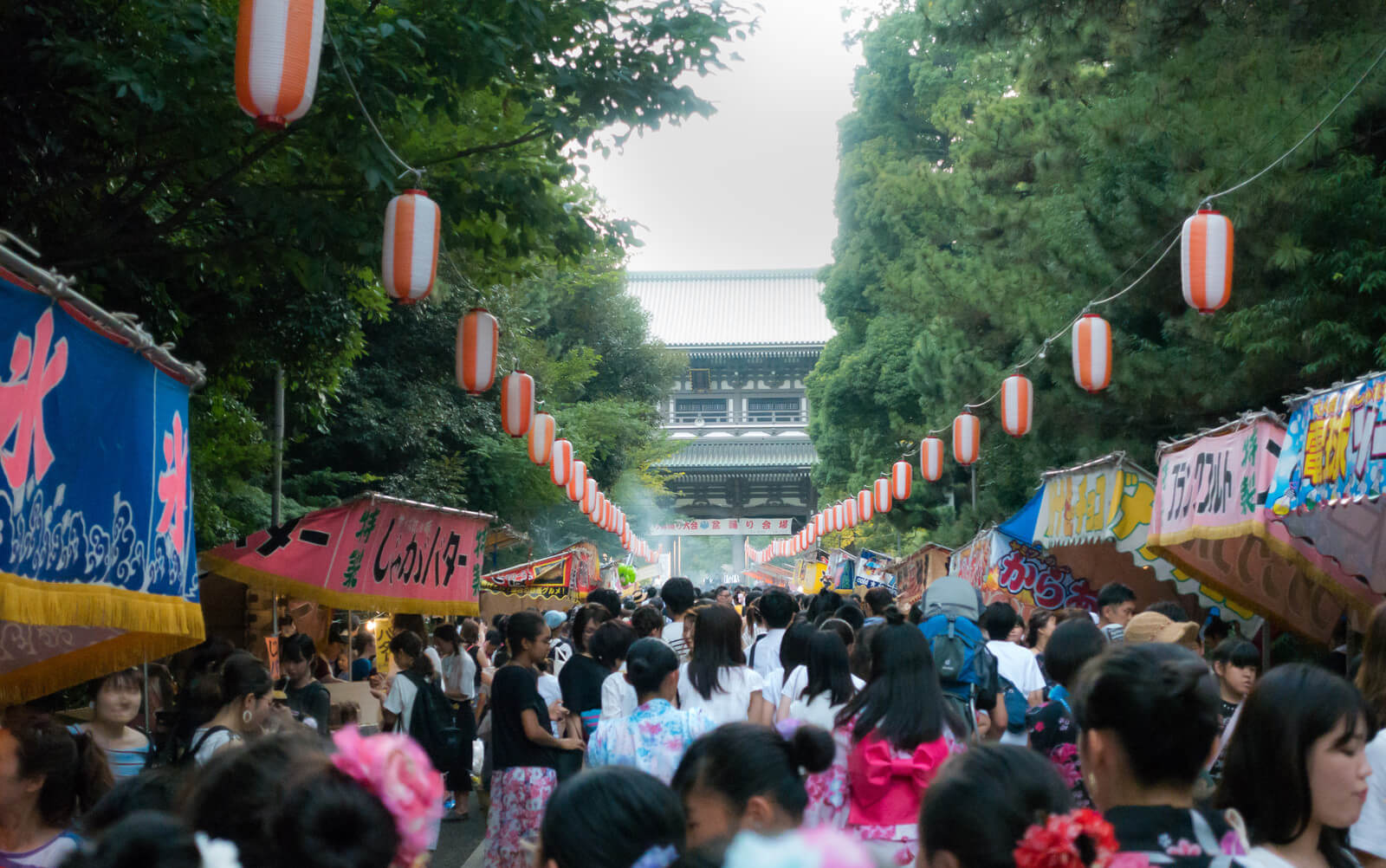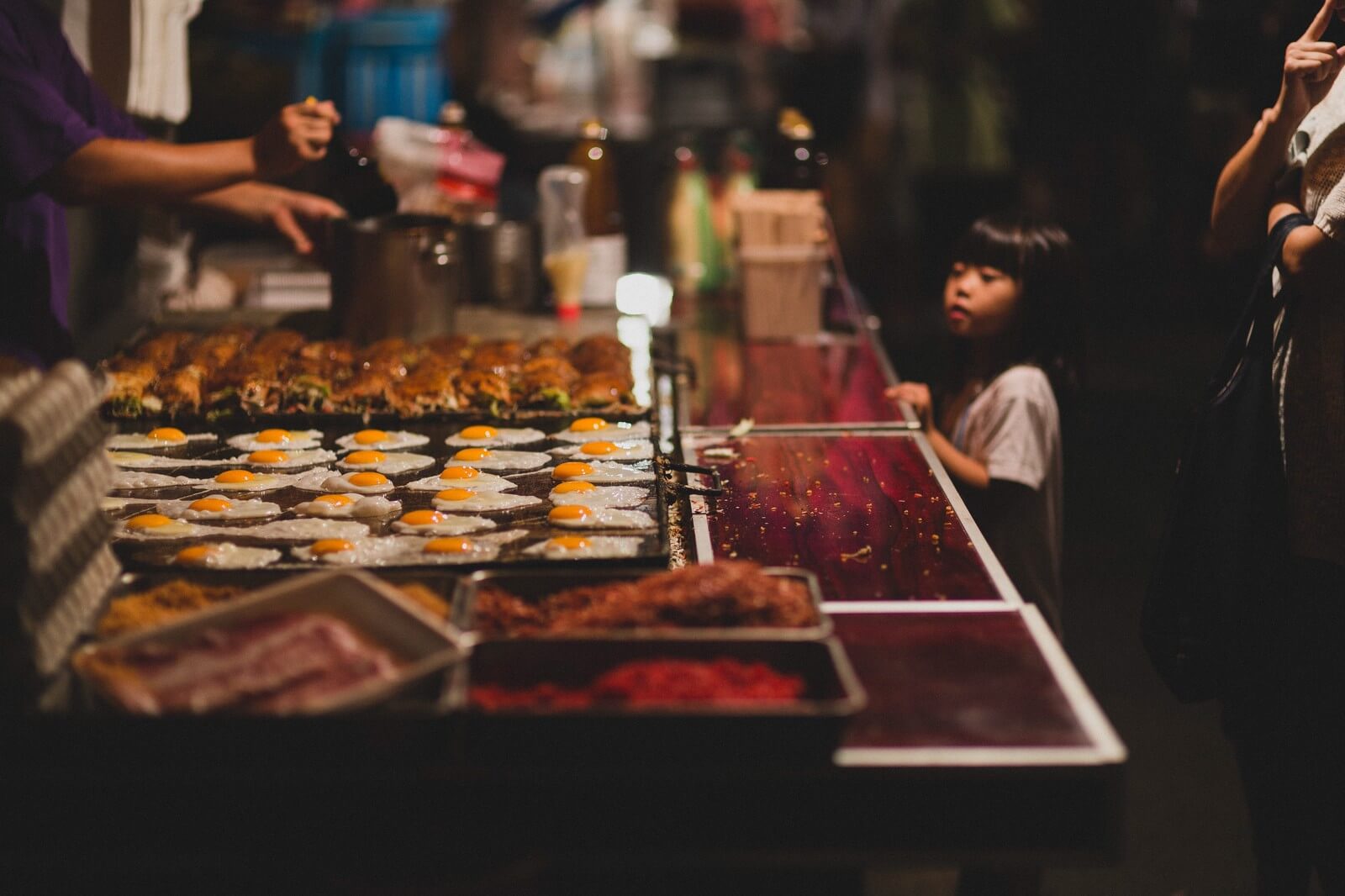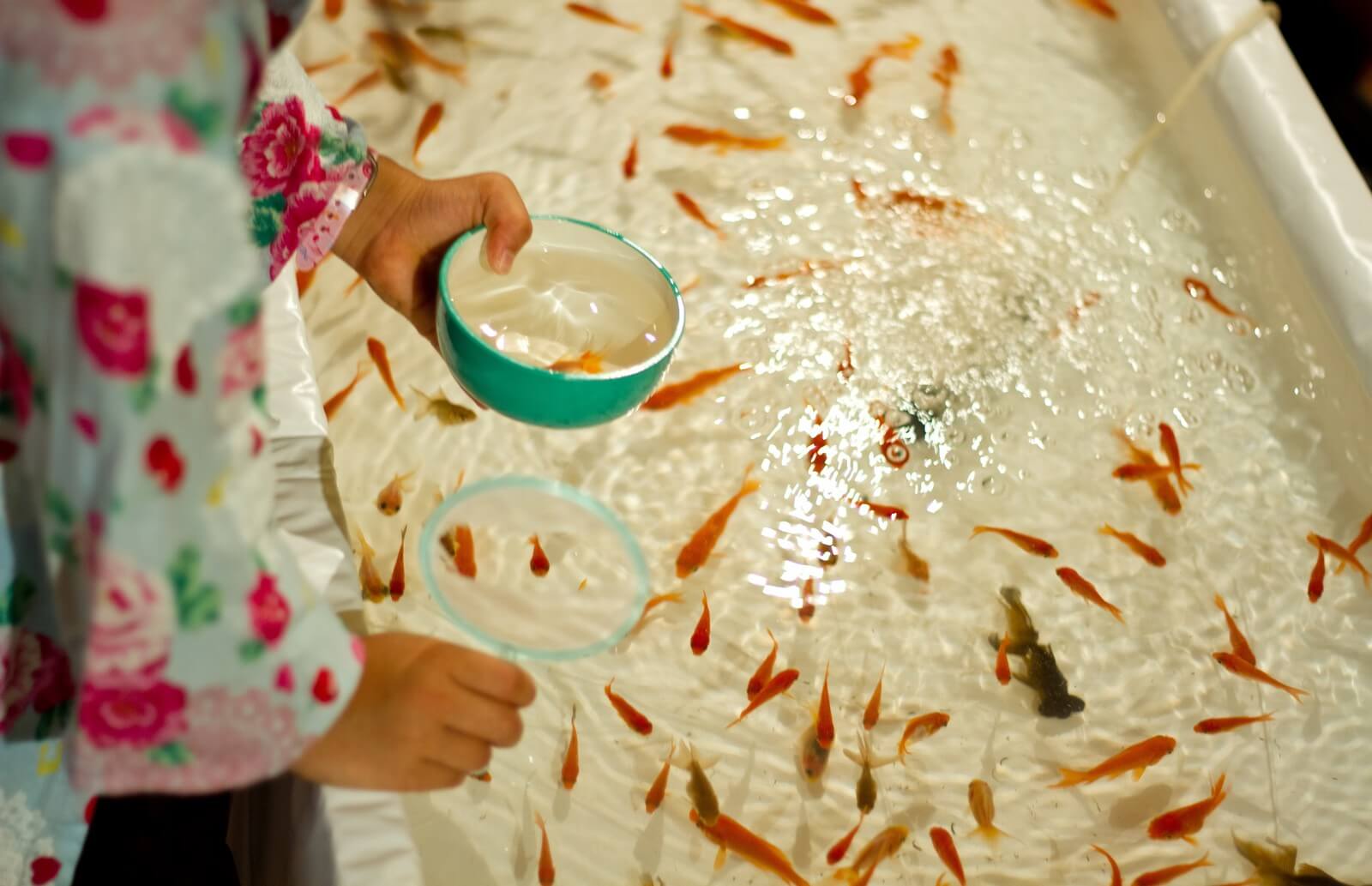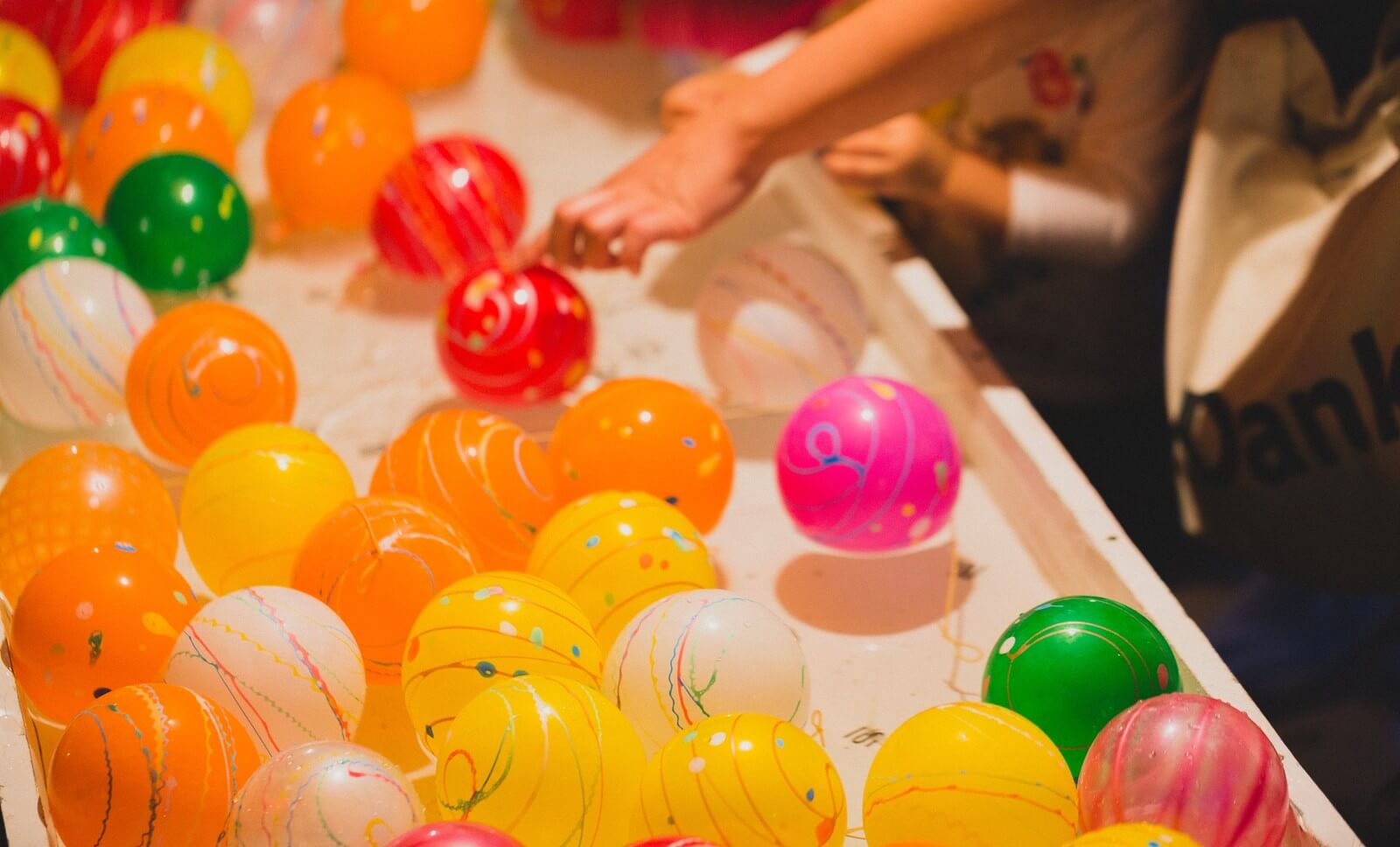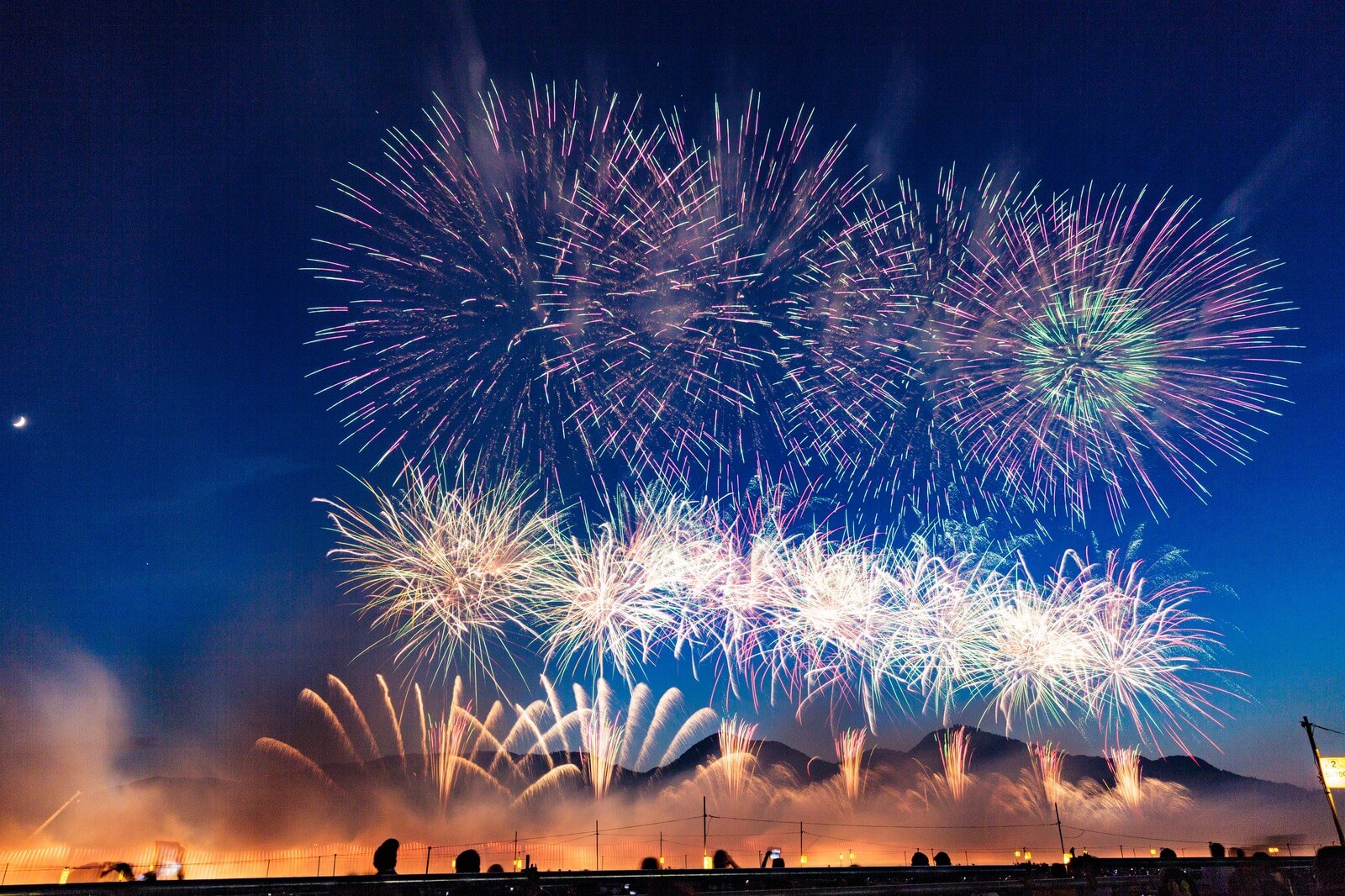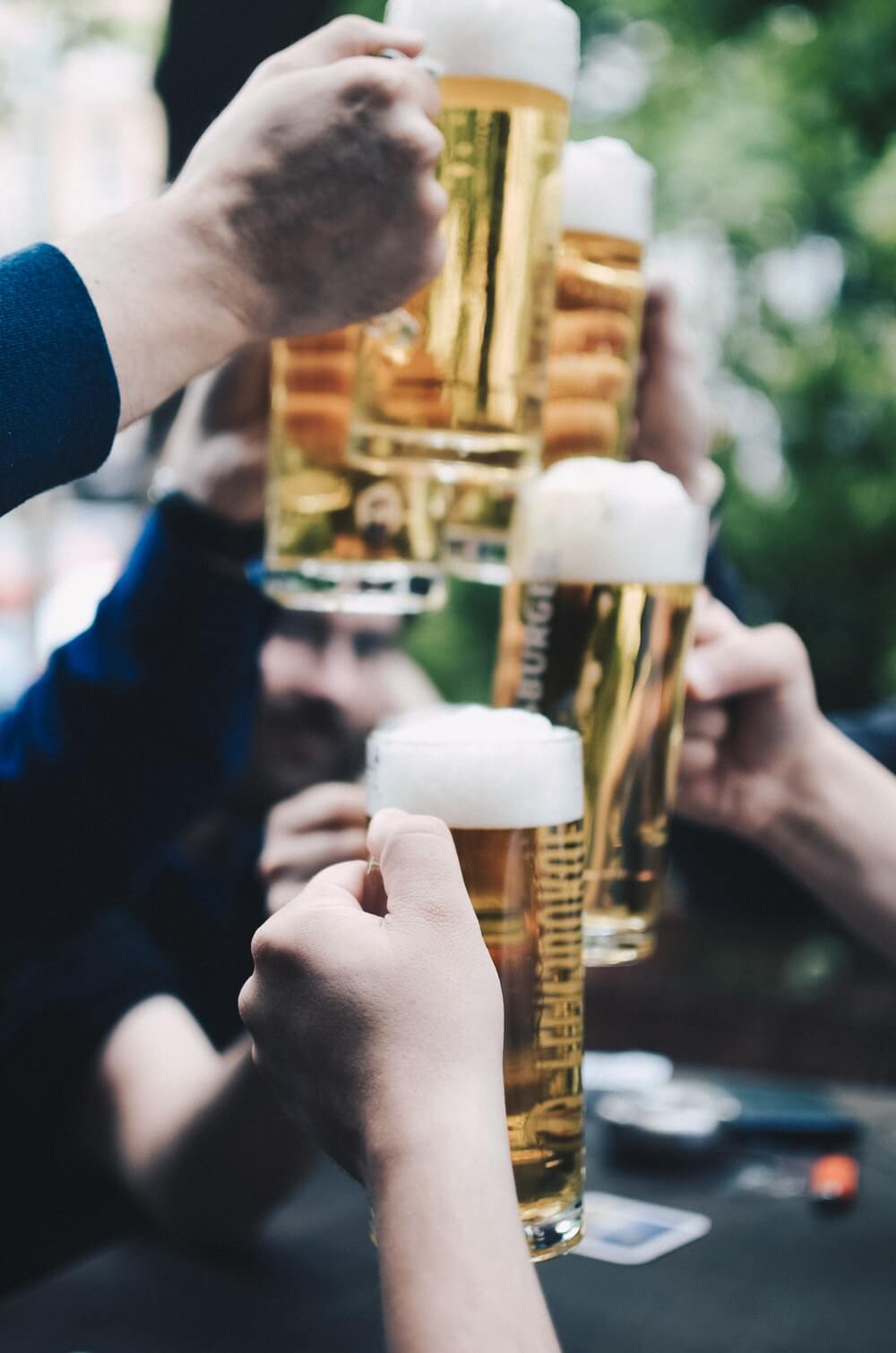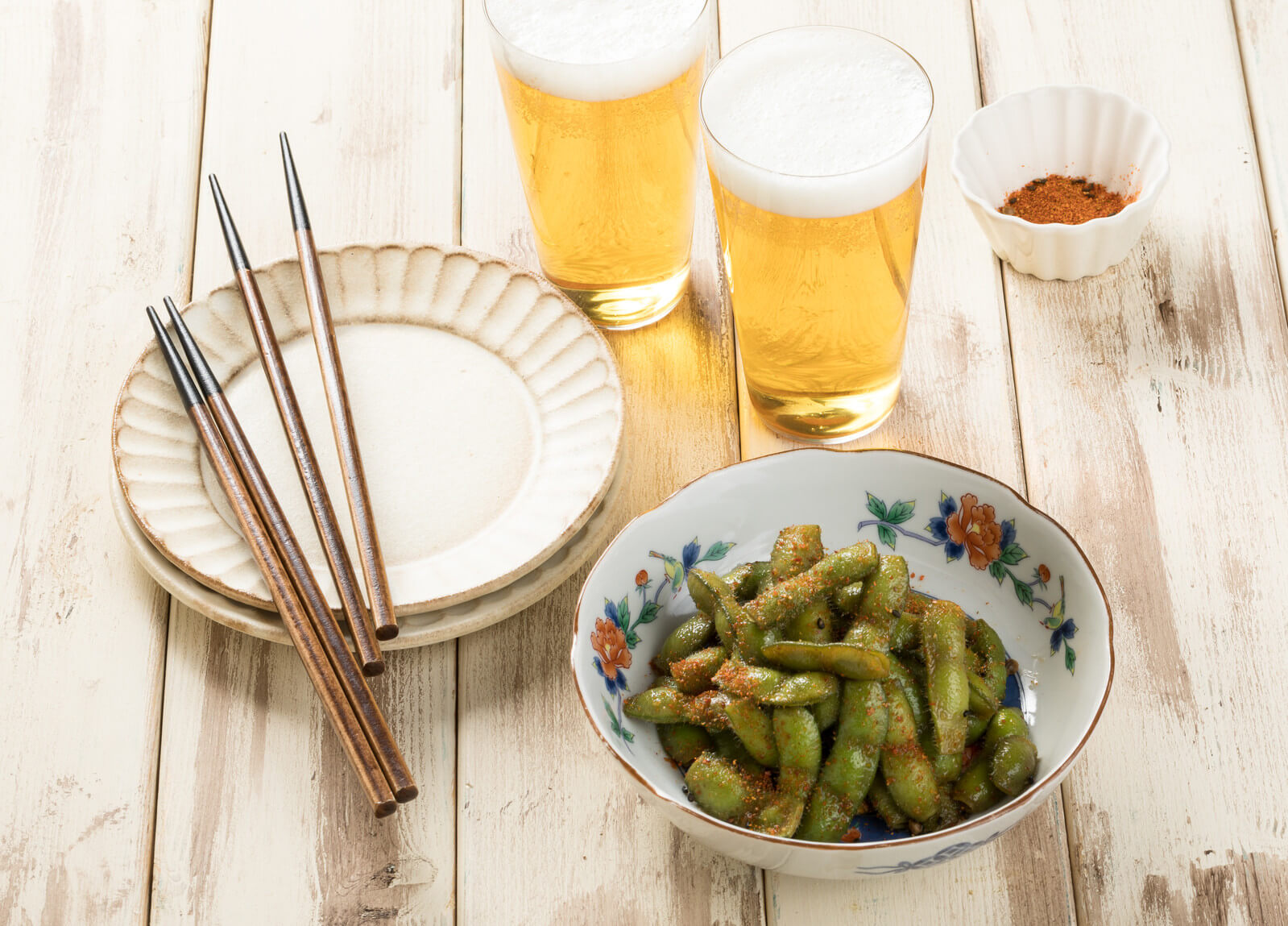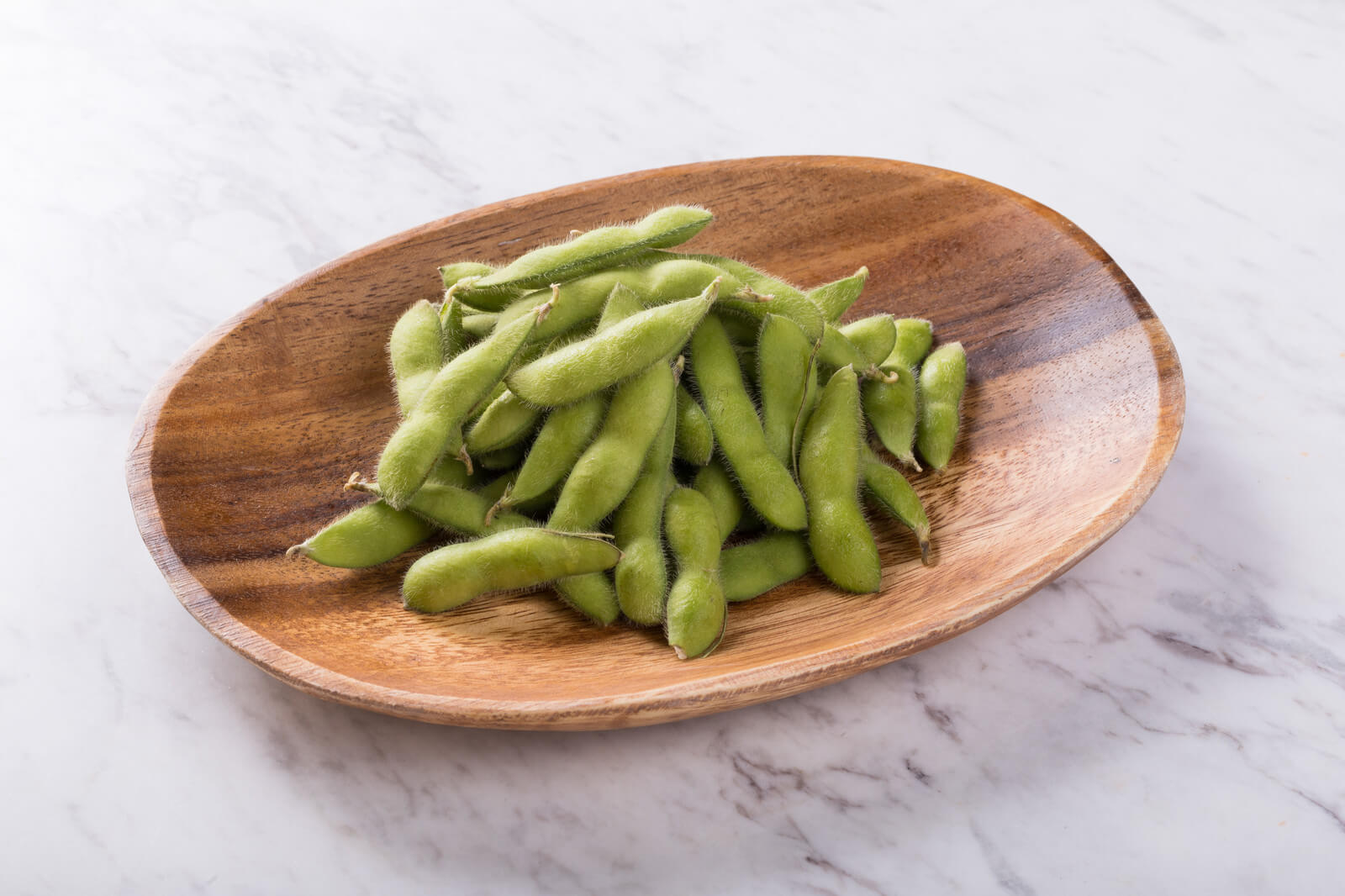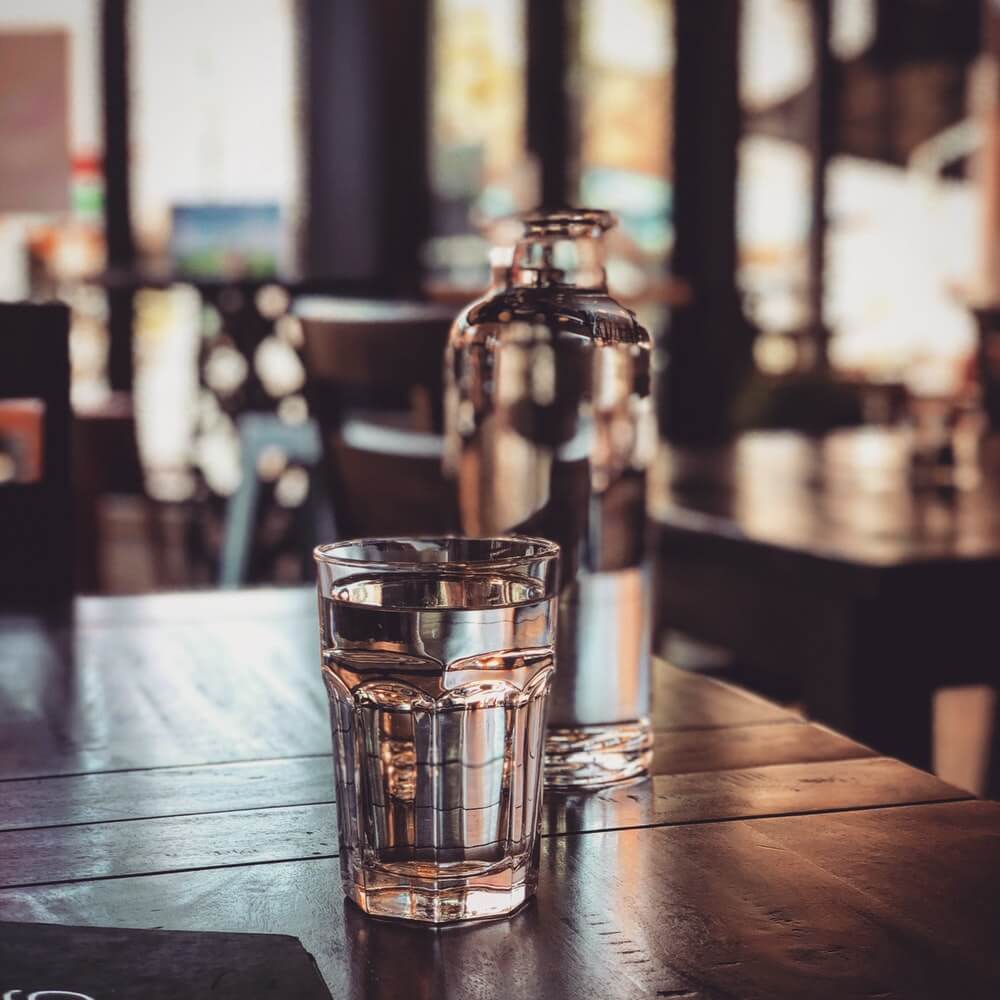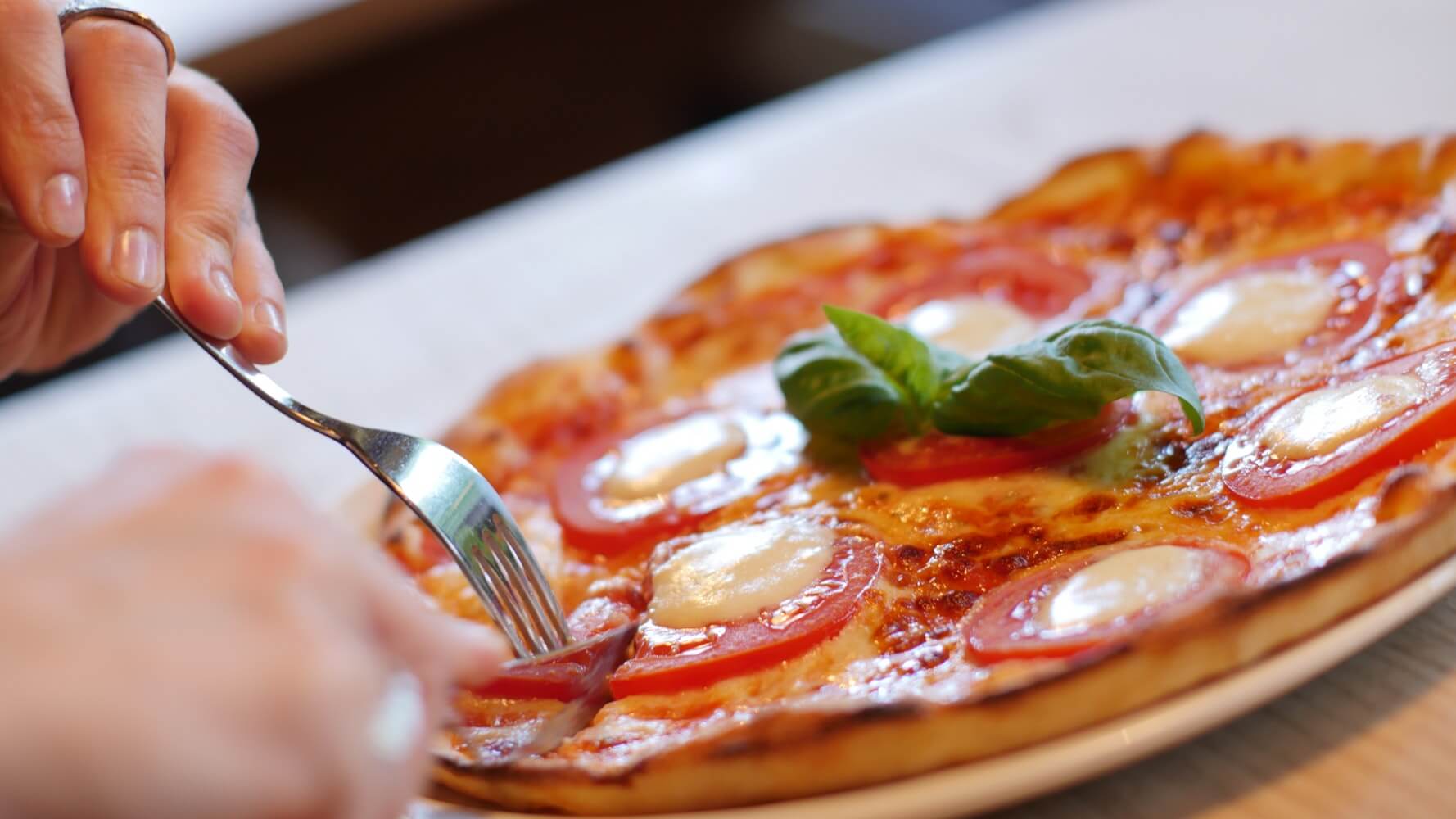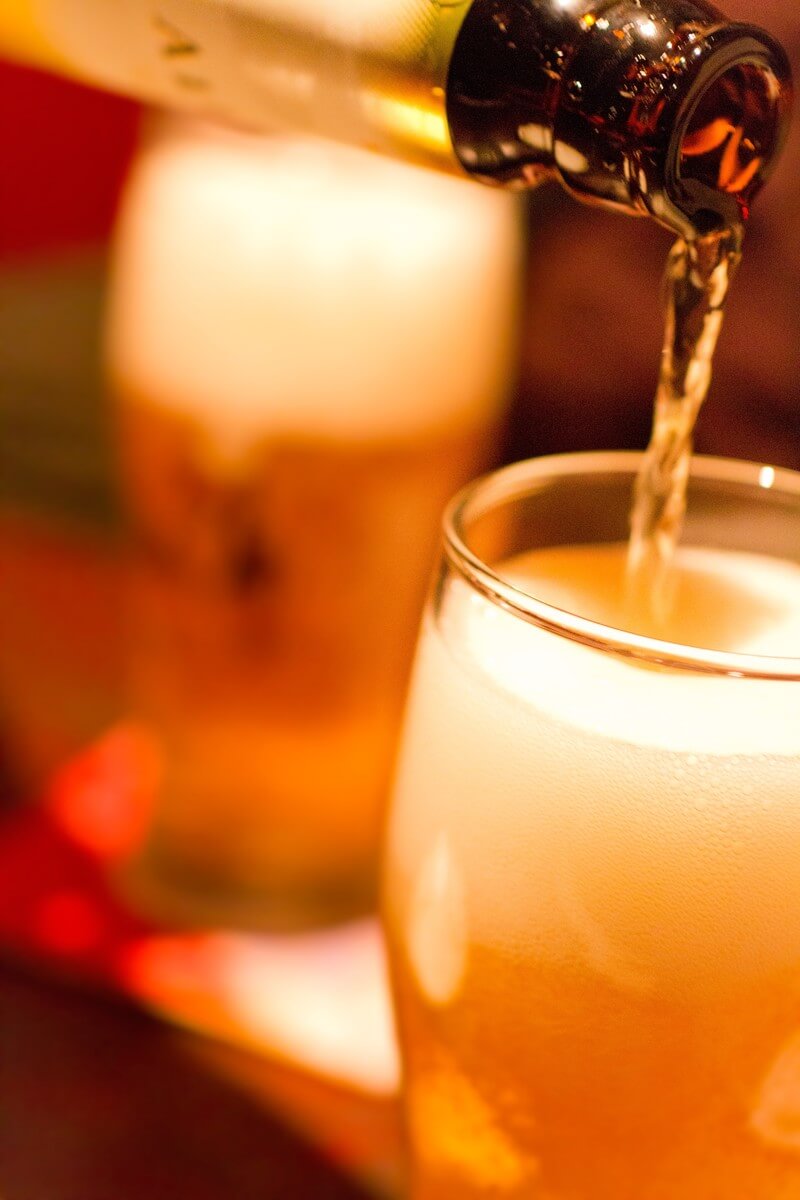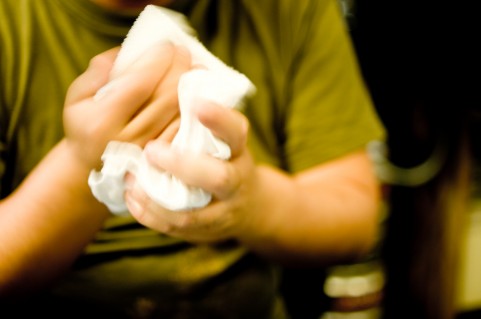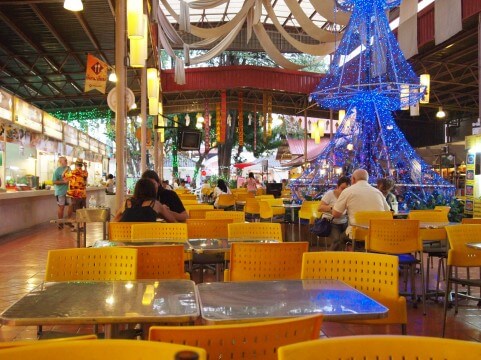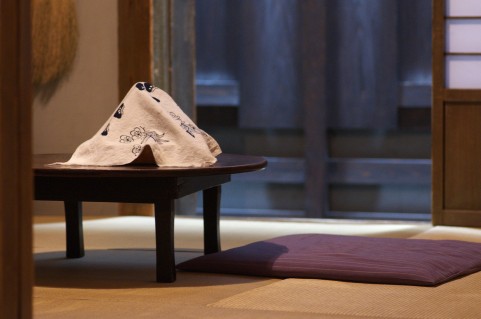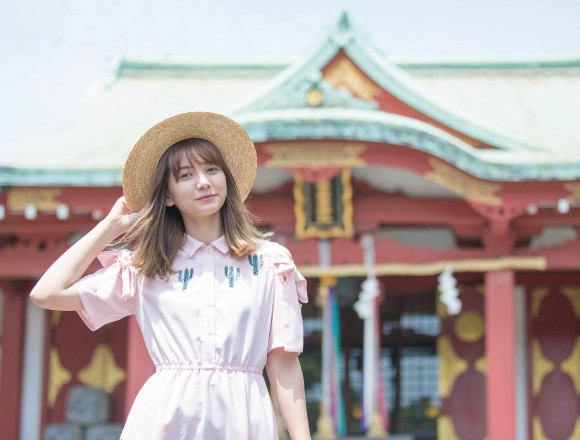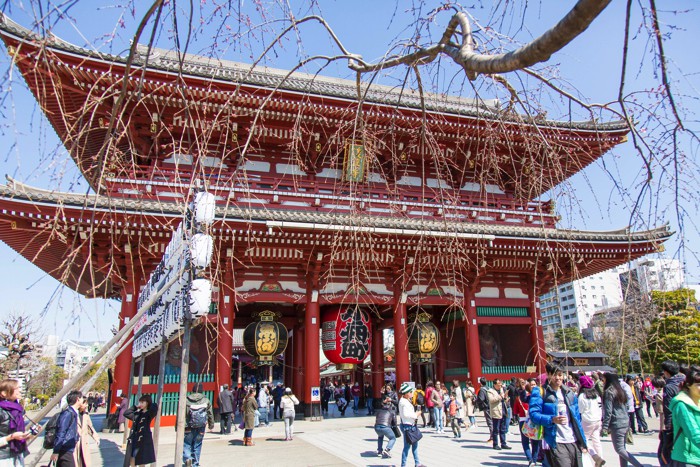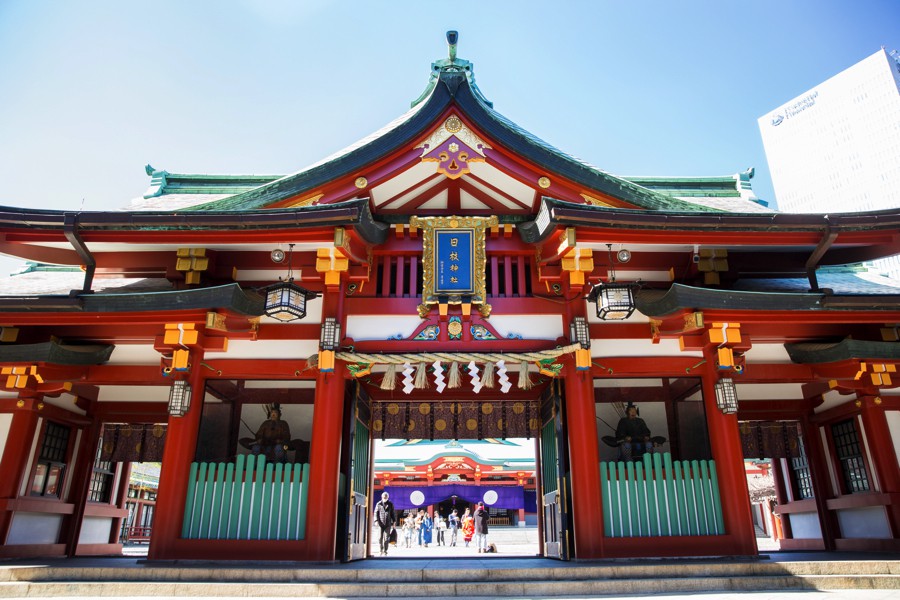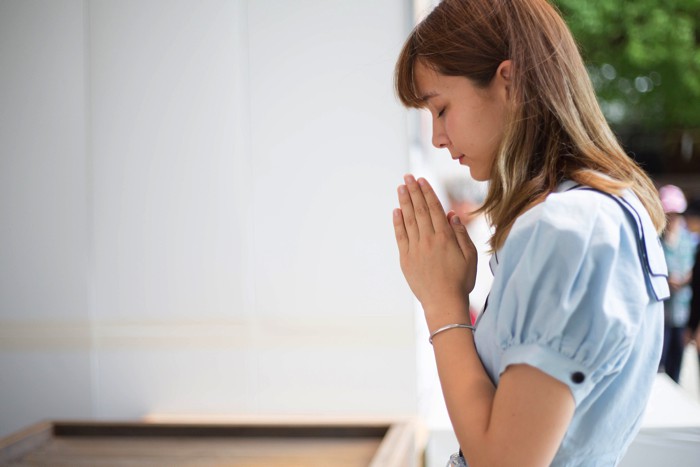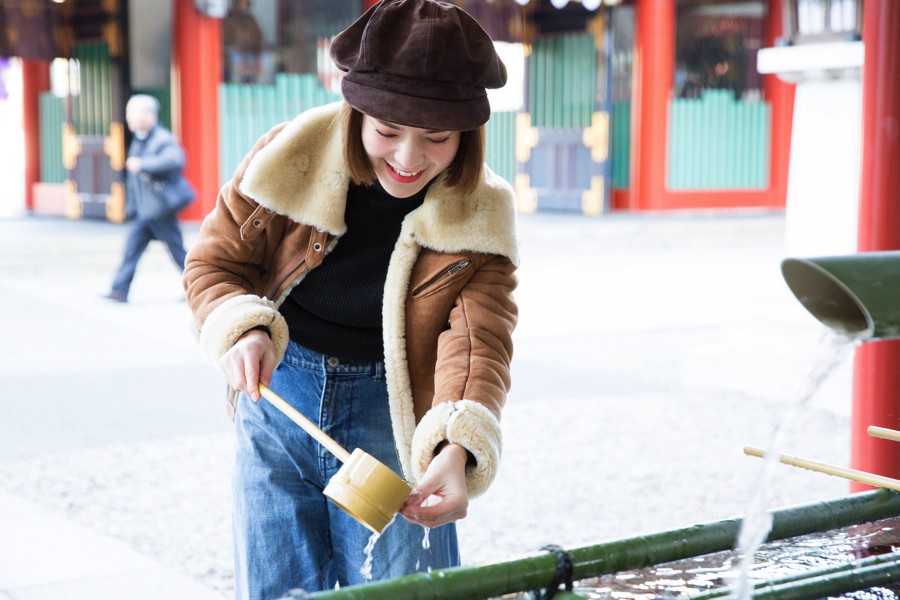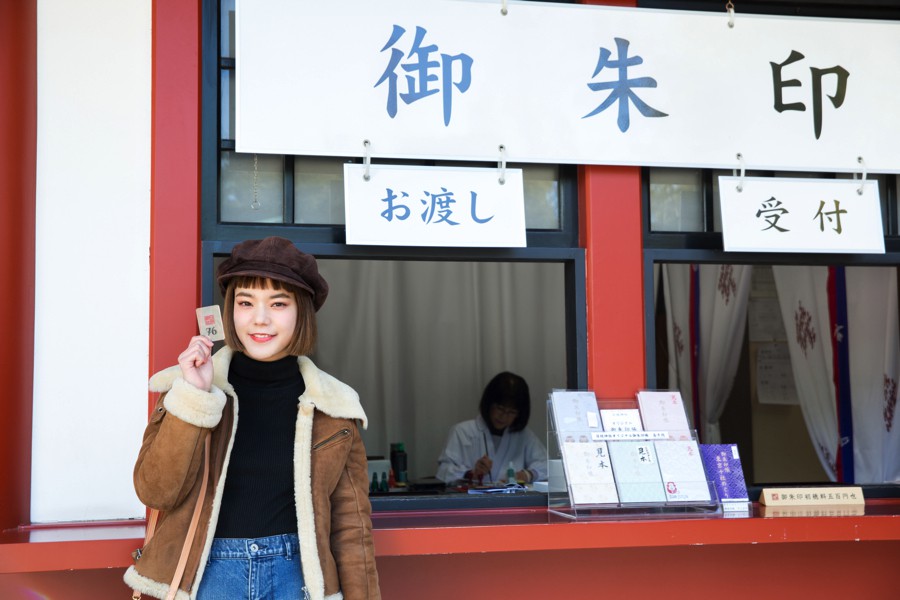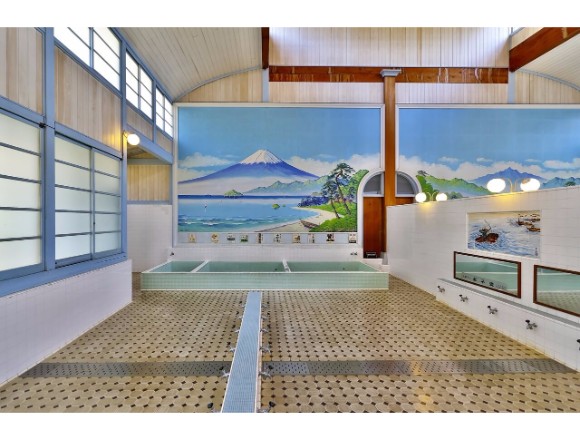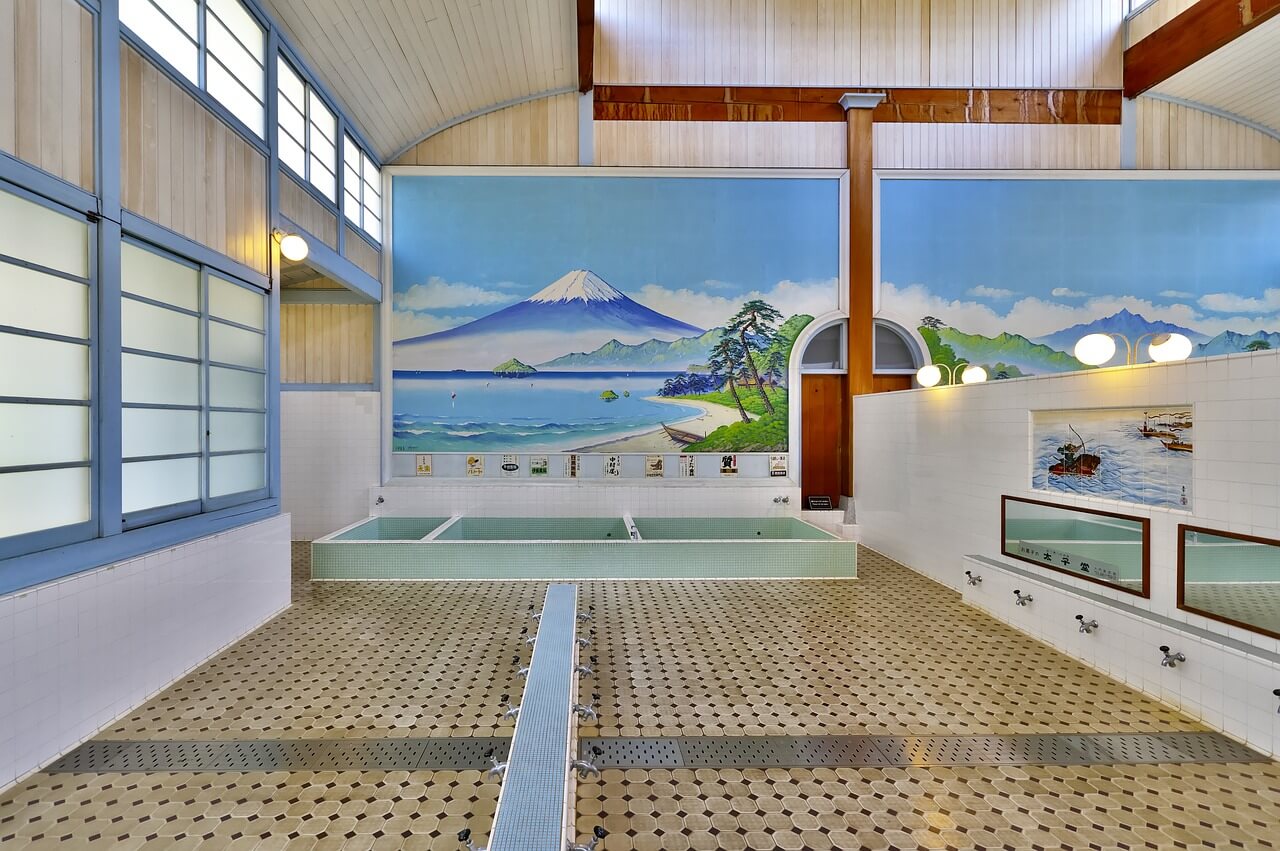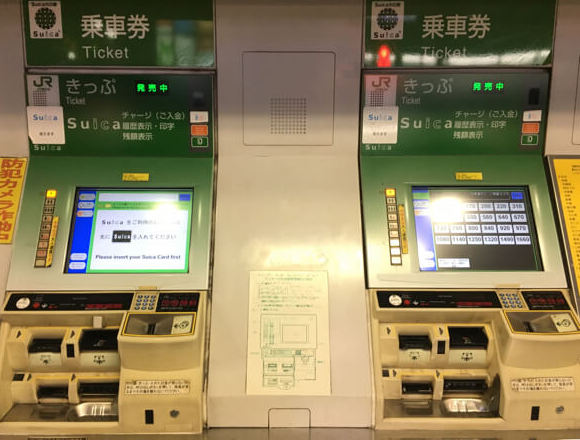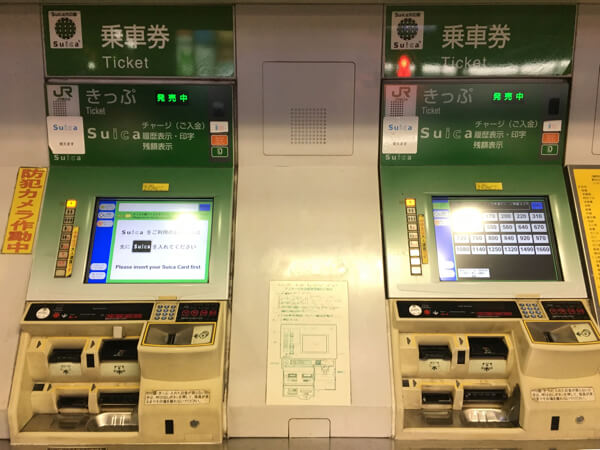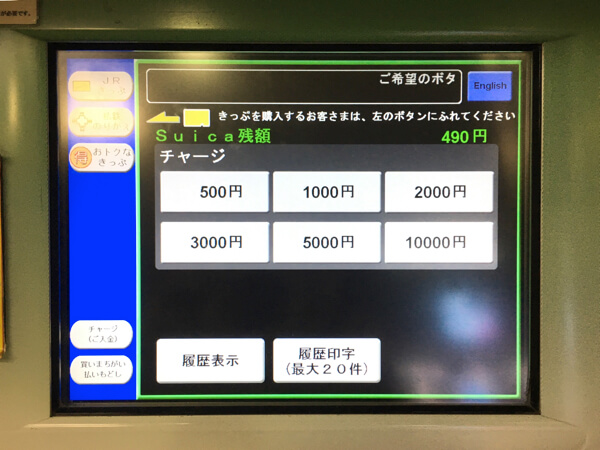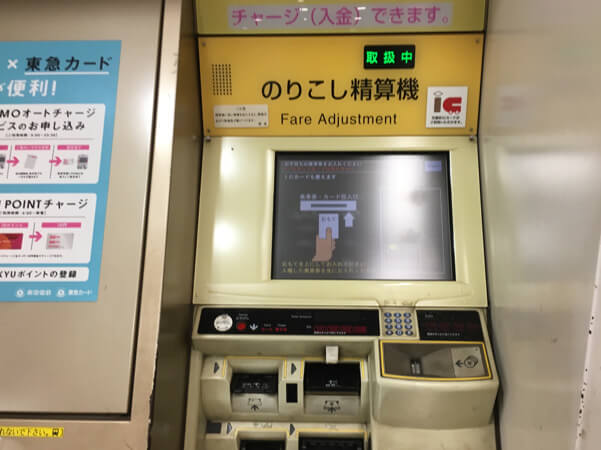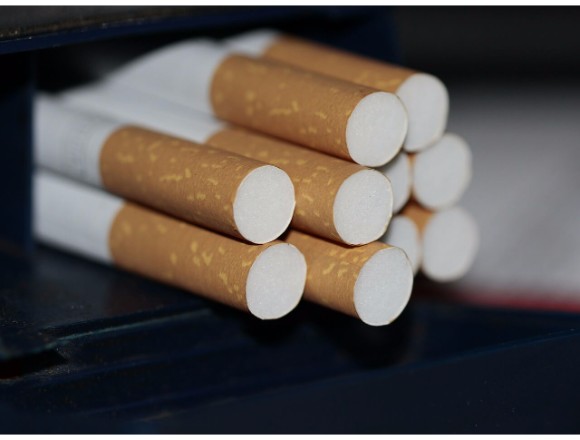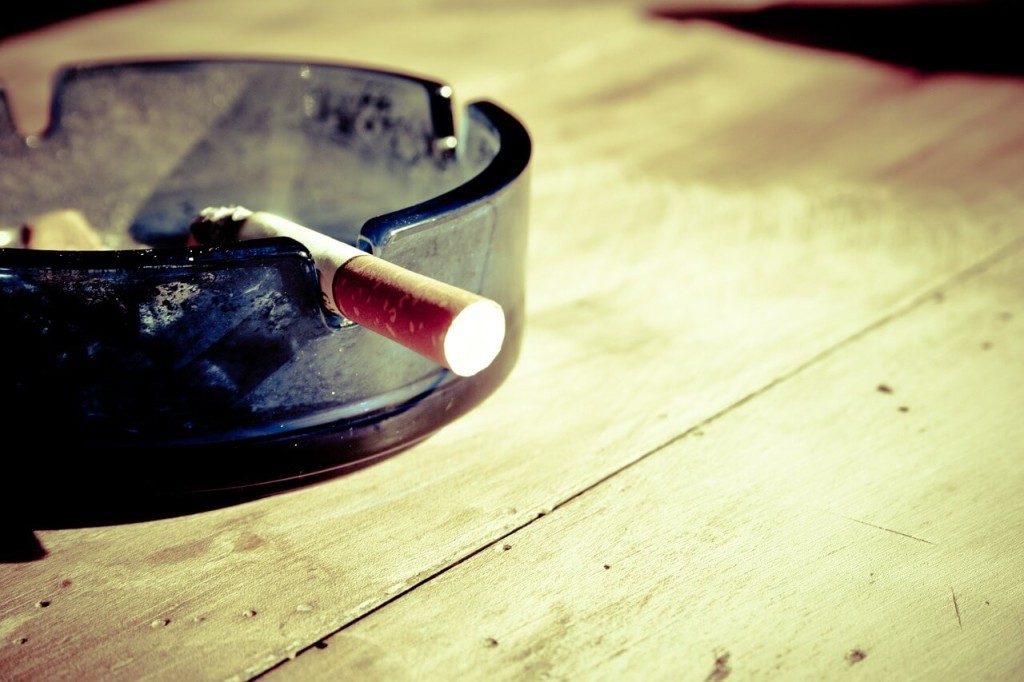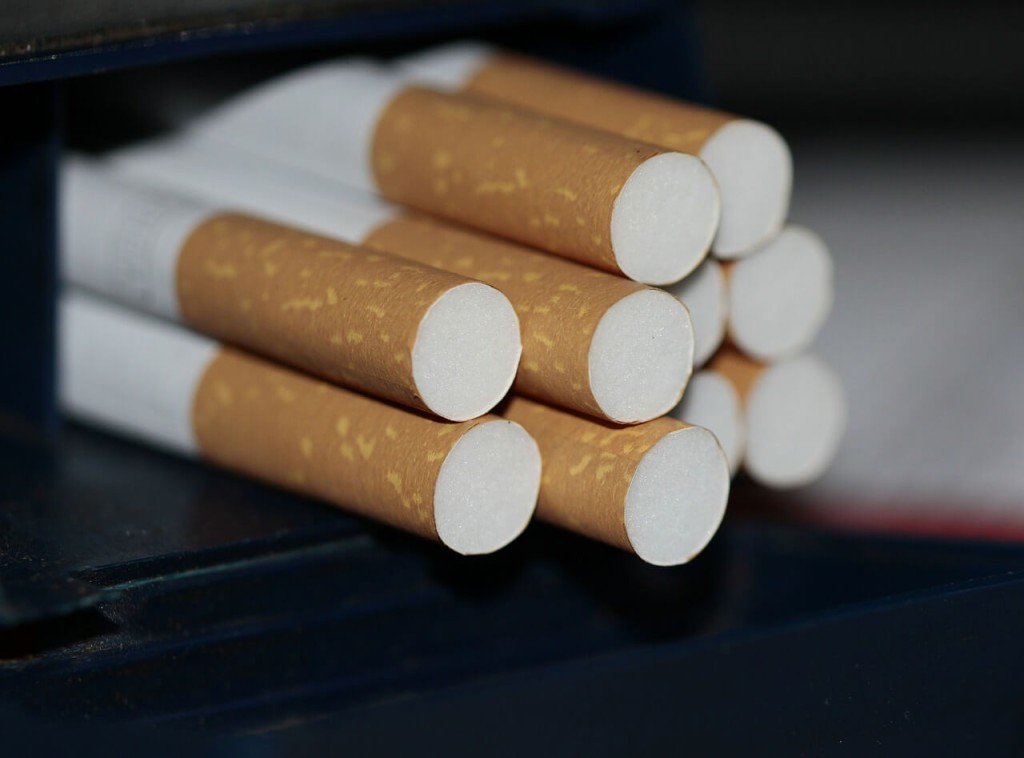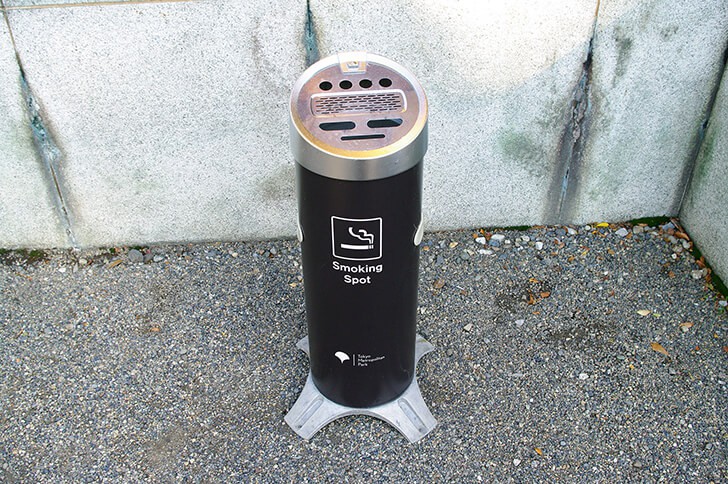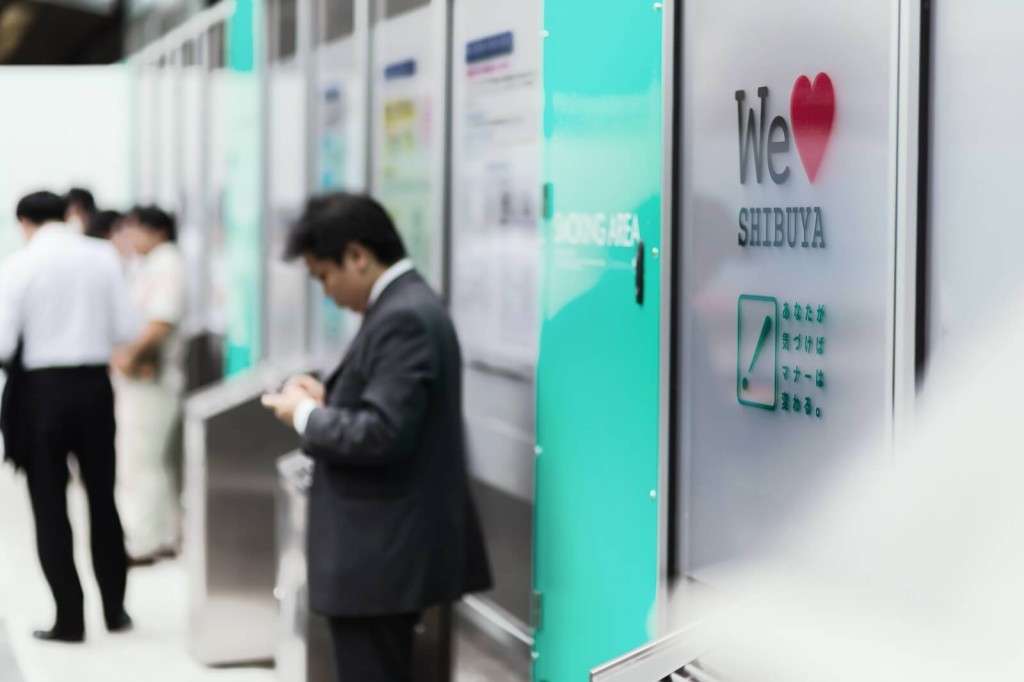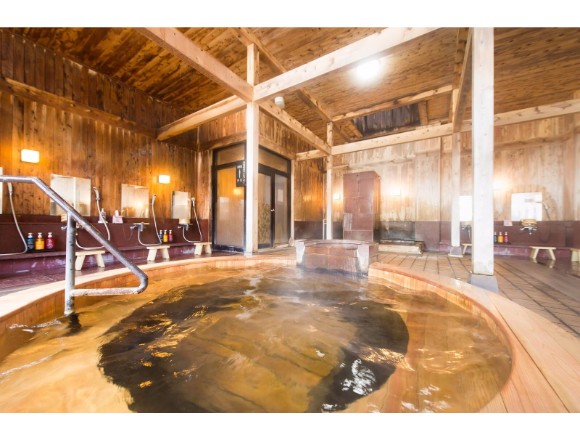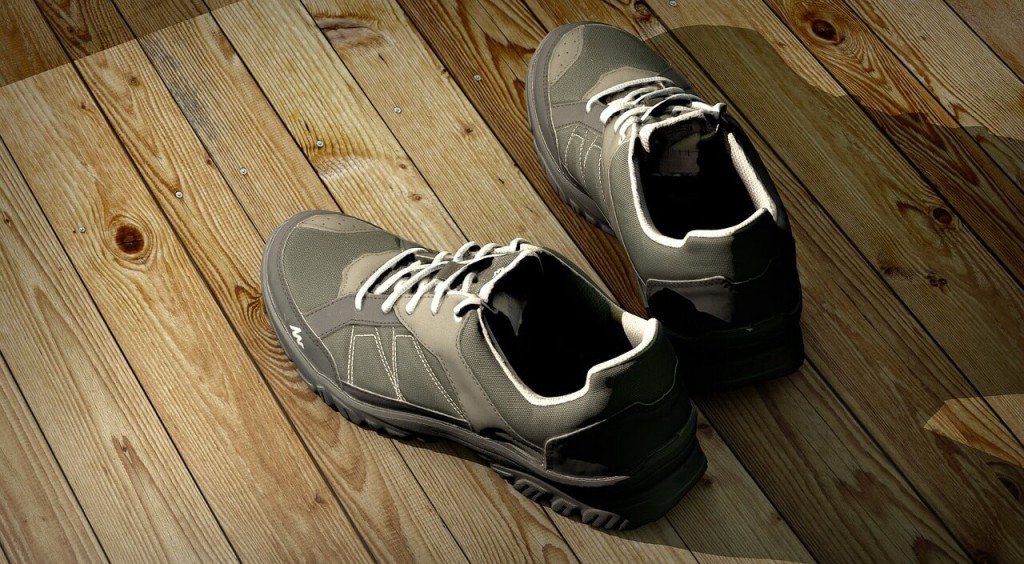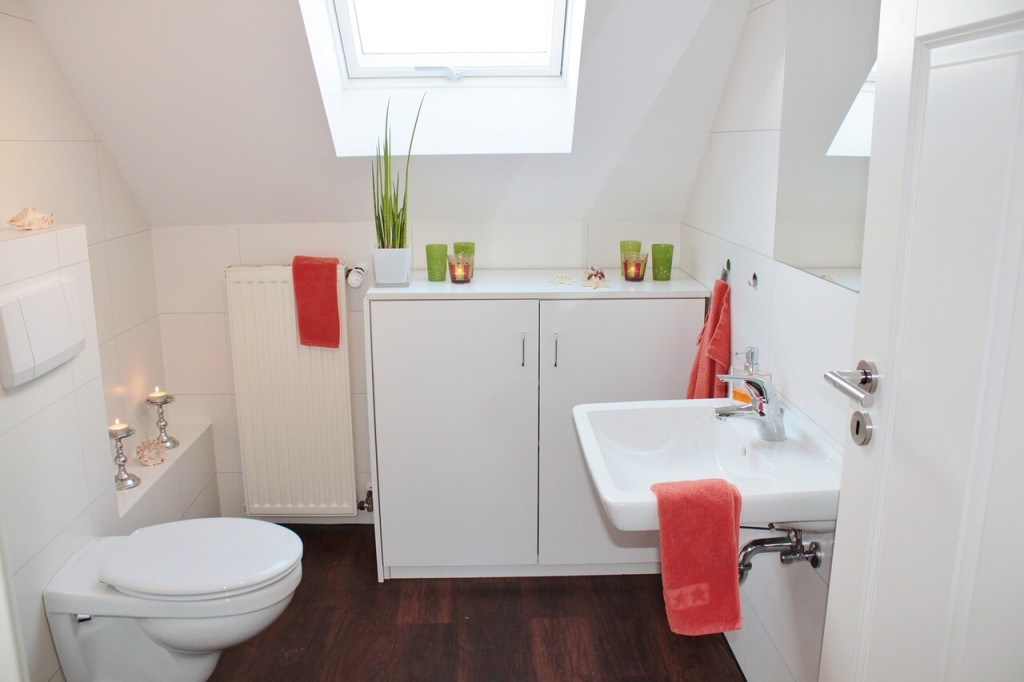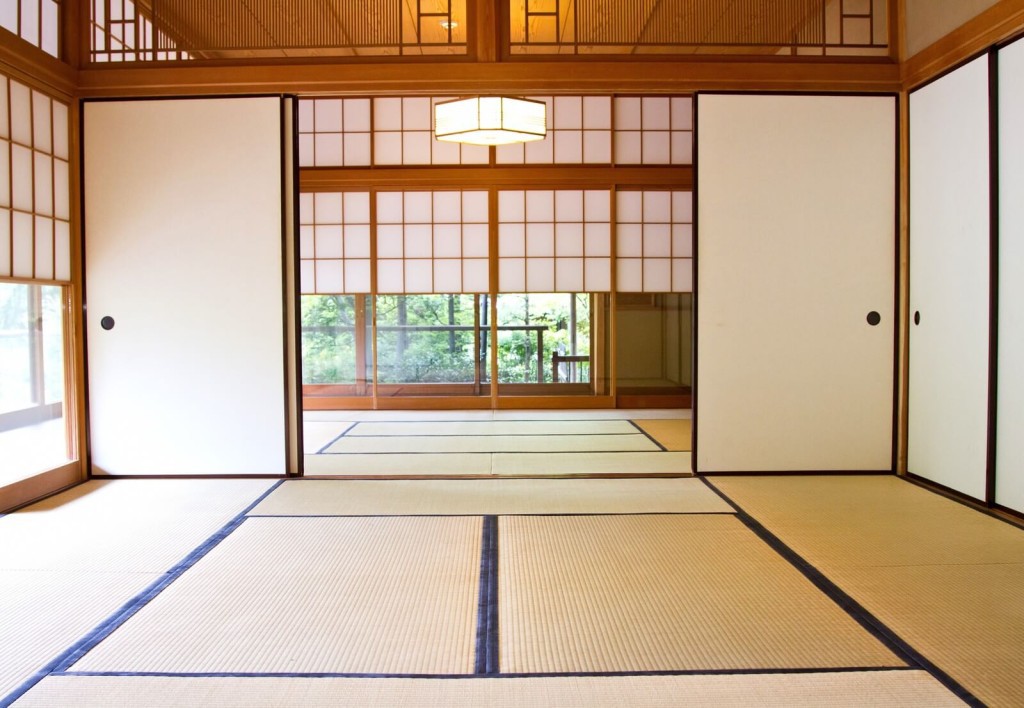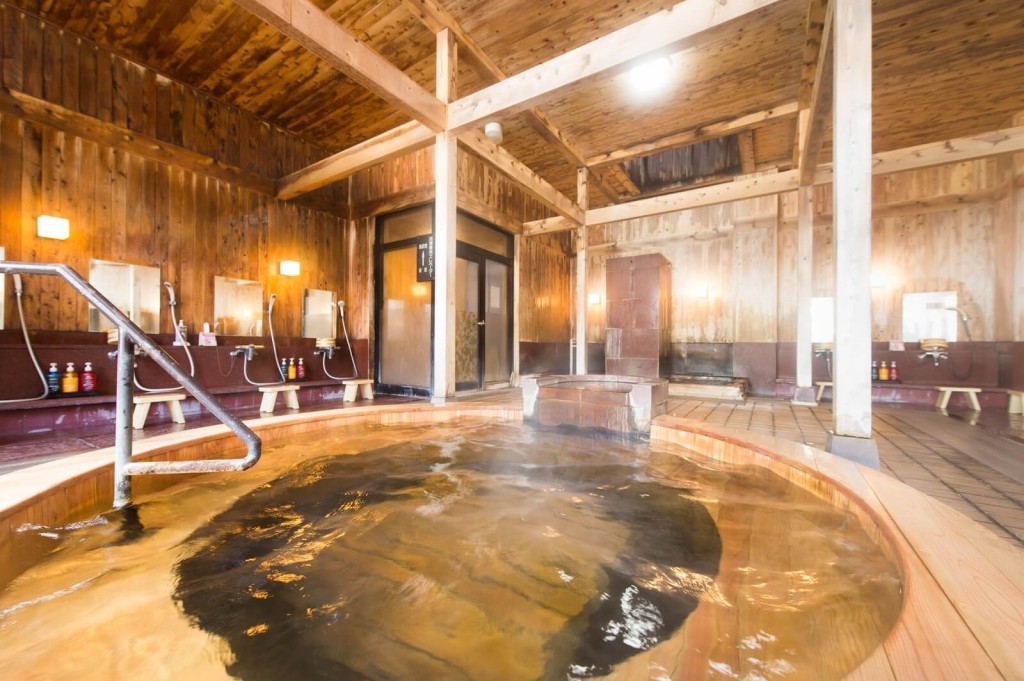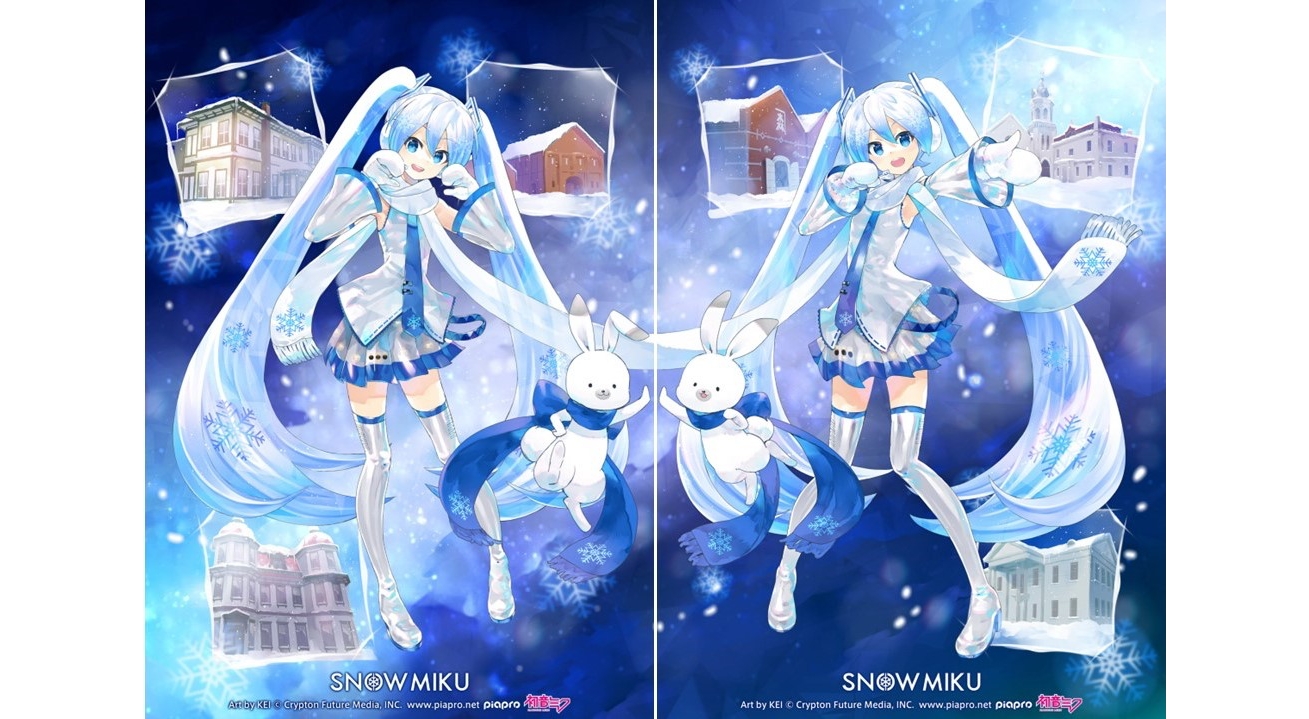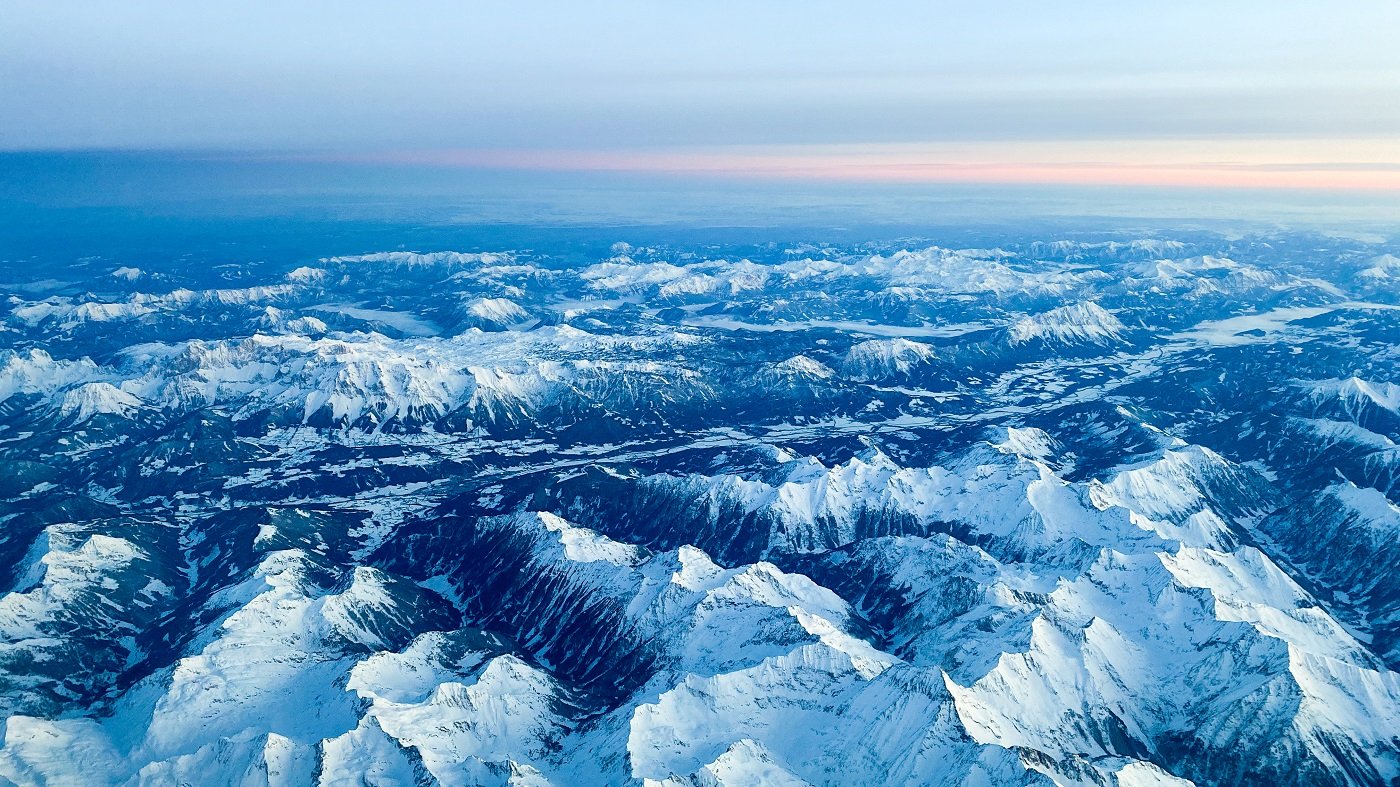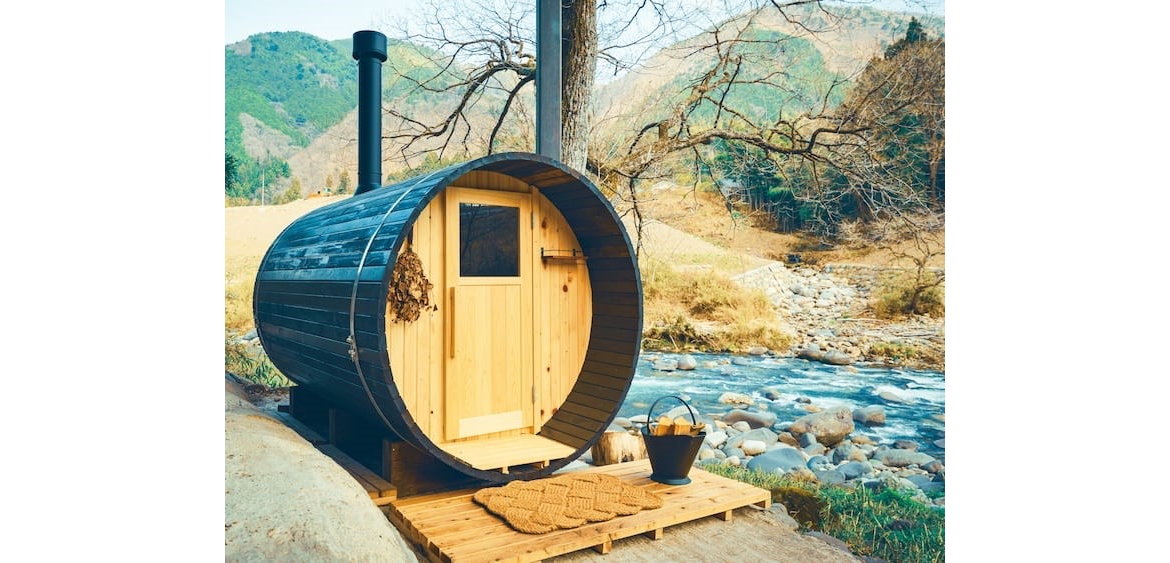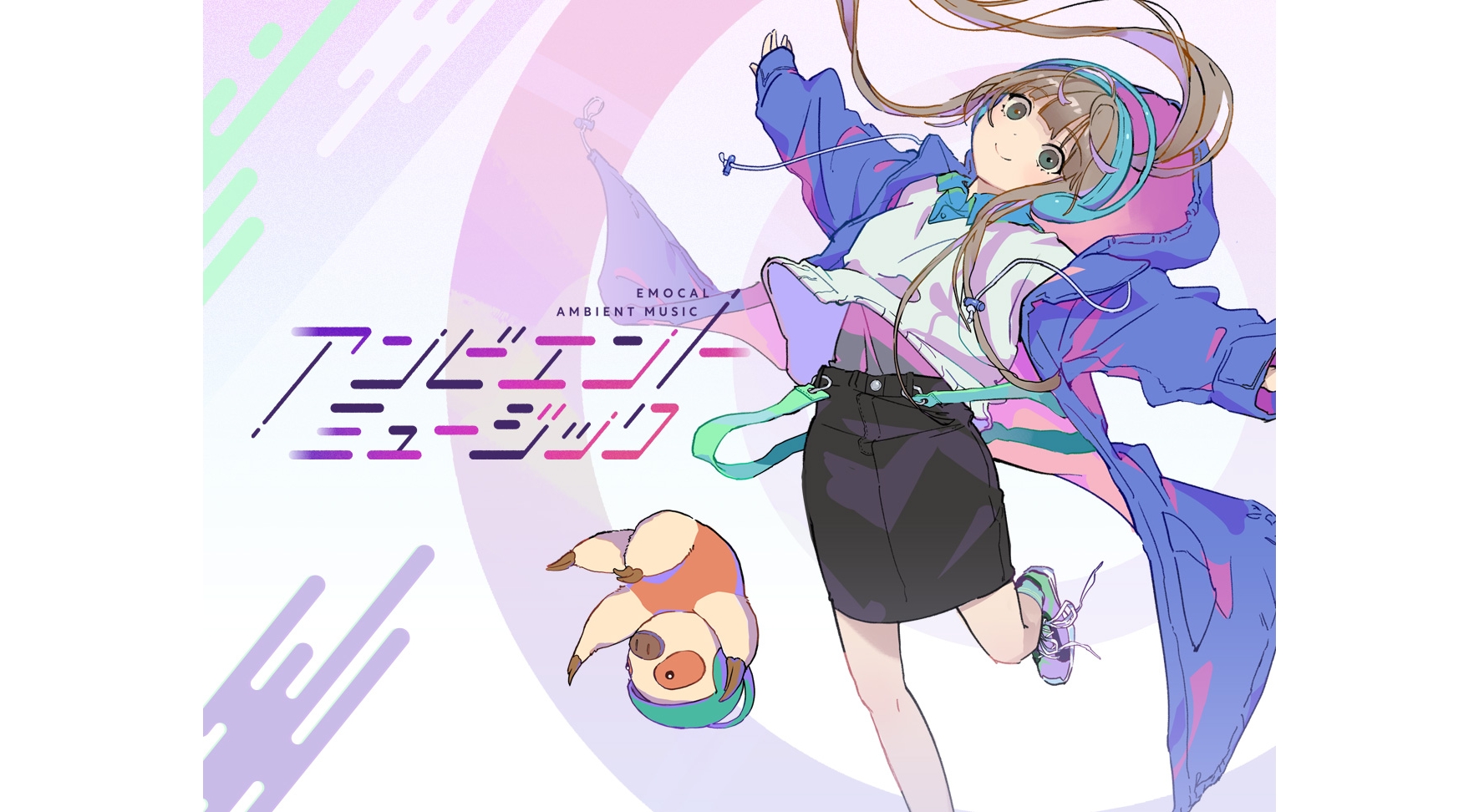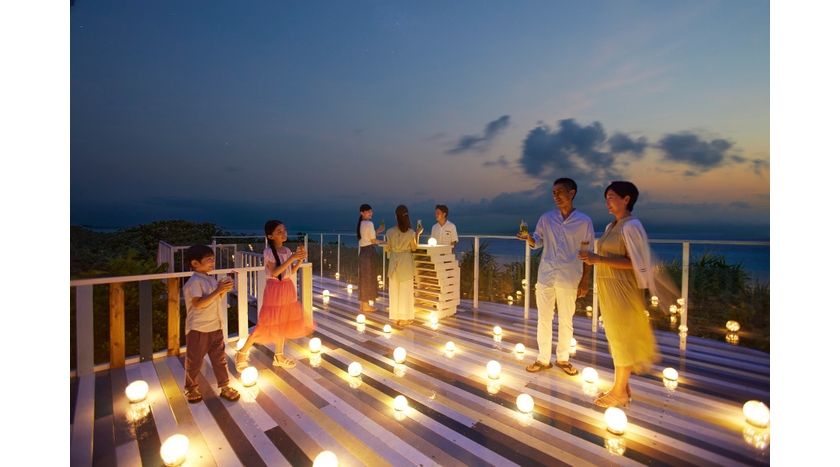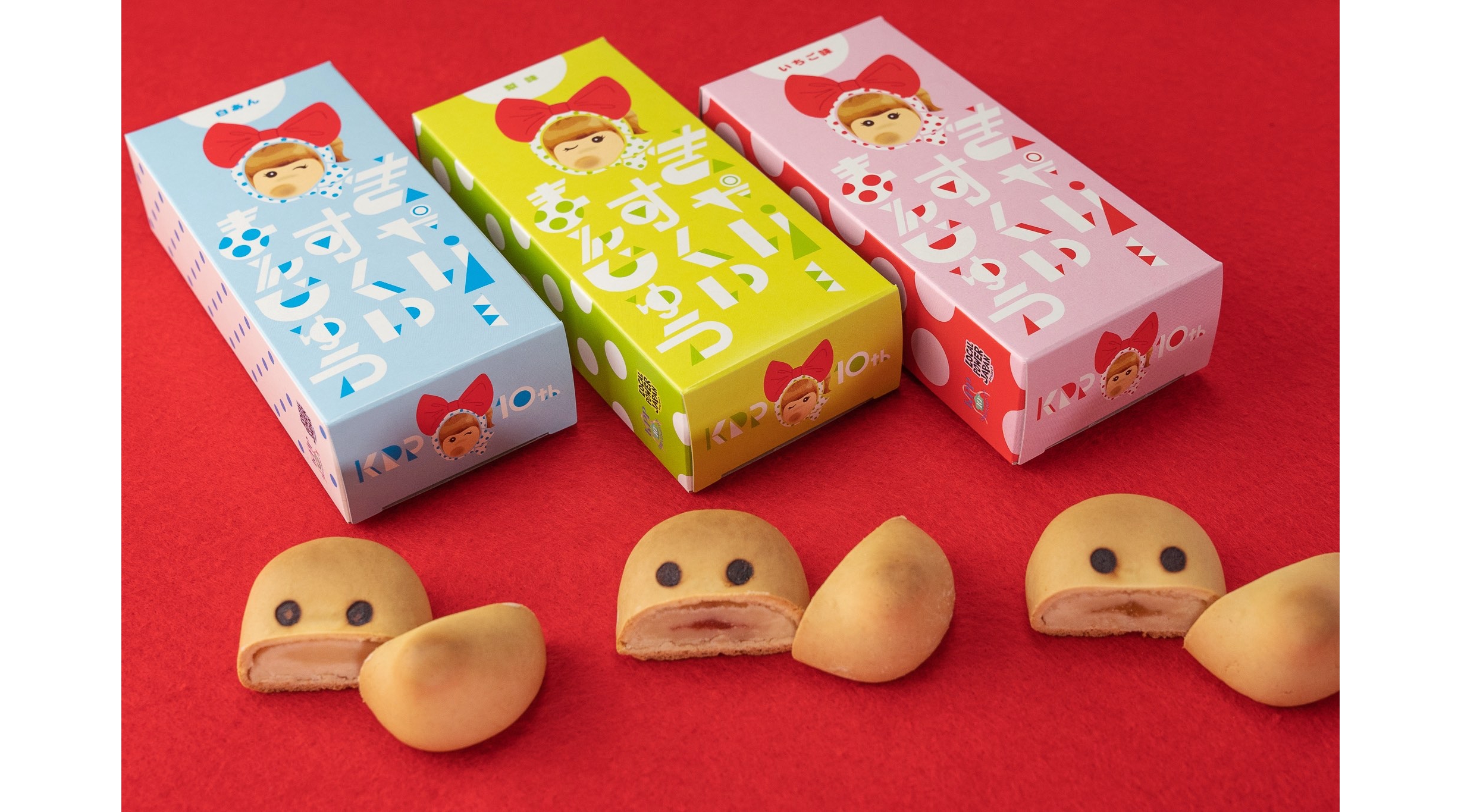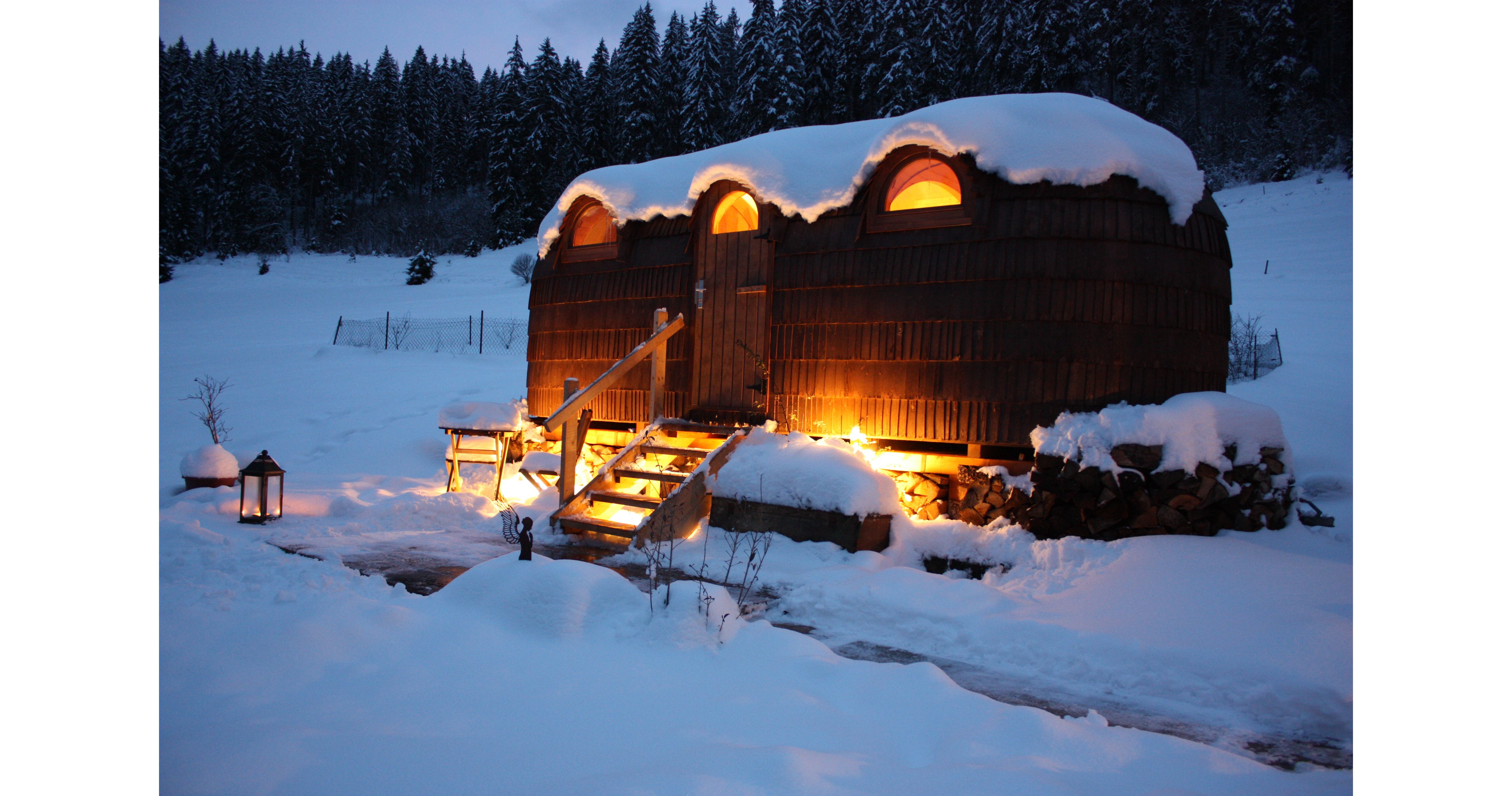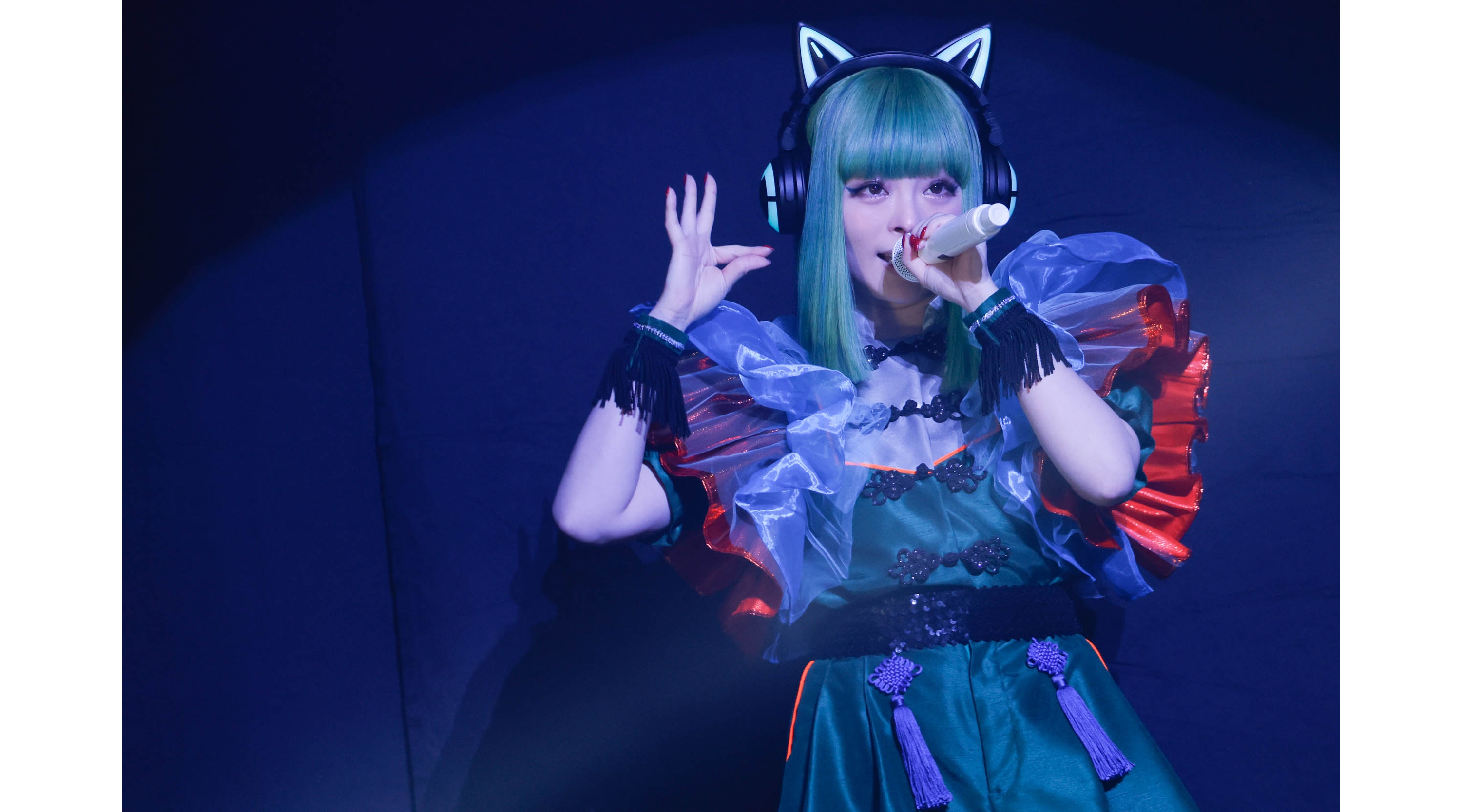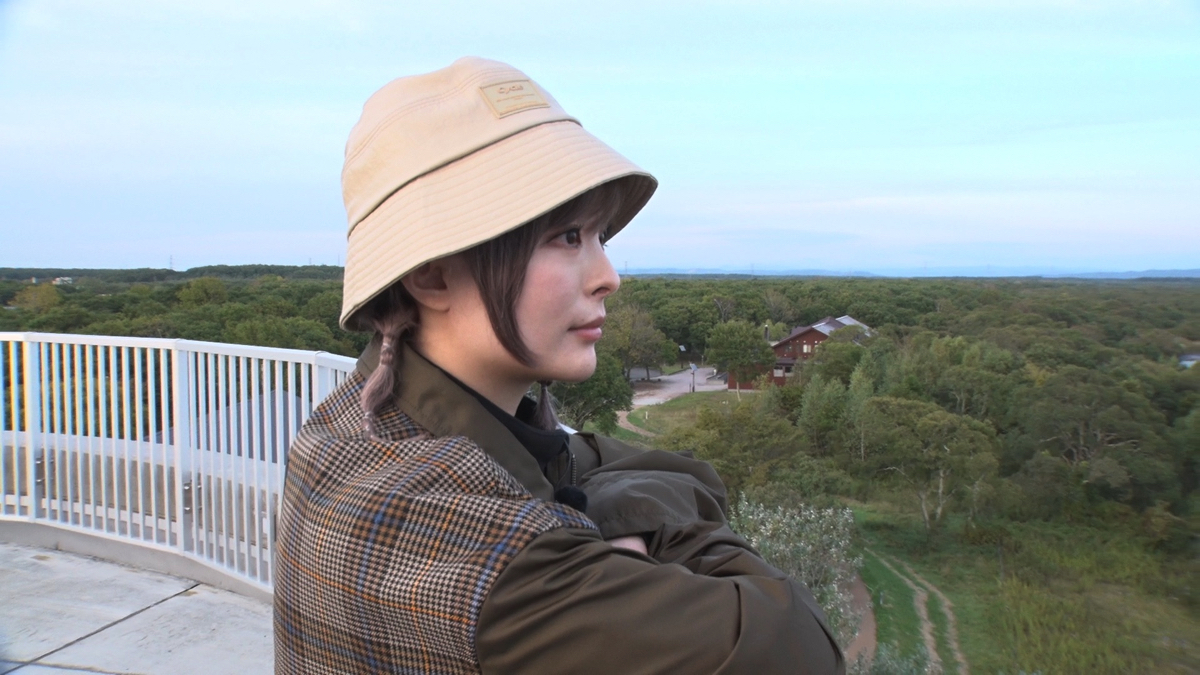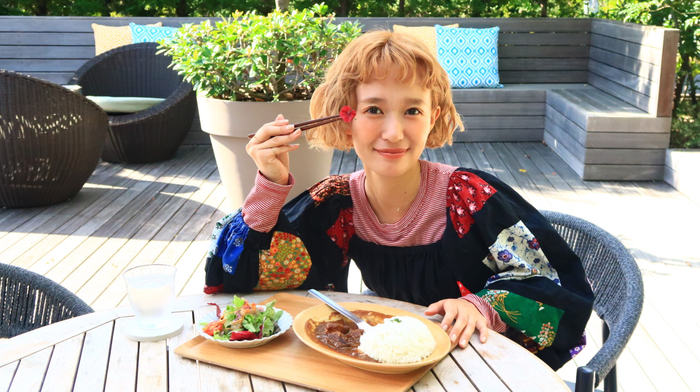Travel Q&A: Best Ways to Enjoy Summertime in Japan
Japan is noted for is distinct season changes. Every time a new season rolls in, people change their outfit colours, and stores sell products related to the season.
Summertime in Japan runs through July and August. We’ve compiled a list of things you should get involved in during the summer season when you arrive in the land of the rising sun.
Natsumatsuri
The natsumatsuri, or ‘summer festival’ is an important part of the summer experience in Japan. Throughout July and August many exciting festivals take place up and down the country. Most take place annually and are a time to celebrate shrine deities, the four seasons, and history. There are even festivals that take place across several days.
Summer festivals mean the yatai start rolling out, or food stalls, where they sell freshly made hot takoyaki, sweet desserts and more. Buying something from a yatai and strolling around while eating is one of the best parts of a Japanese summer festival. It’s also fun to see the food being prepared on hot iron plates right in front of you.
There are other yatai beside food carts too. There’s lots of game stalls where you can try scooping a goldfish or have a hand at yo-yo fishing. For these two games you use a poi which has a thin piece of paper attached, or a fish hook, to try and catch your own gold fish or water balloon respectively. Whatever you can scoop up you get to take home. These games are enjoyed by both kids and adults alike.
Summer festivals are held all around the country and all have their own unique charms, so make sure to look up if the city or town you’re visiting is holding any. It’s an opportunity to experience a Japanese tradition, so if you’re going to Japan in summer then don’t miss out.
Firework Festivals
During firework festivals people dress up in yukata and go to watch the sky light up beautifully with their friends, families or lovers. These are another special part of Japanese summers. Firework festivals are held all around Japan and each have their own unique themes and captivating fireworks. Feel part of the fun by getting yourself a yukata and heading to one!
Beer Gardens
You can’t have a summer without a cold refreshing beer! When you think of places to drink in Japan, izakaya tend to be the standard option, but why don’t you try something a little different? Beer gardens in Japan are often held on rooftops during the summer where people drink and eat great food with friends and family.
MMN
Shaved Ice
Kakigori, or ‘shaved ice’ is a summer pastime in Japan which sees ice shaven thinly and topped with sweet syrup or honey. They’re the perfect combatant to the hot weather. More recently you often see shaved ice in Japan topped with fruit, and the number of strange and unique flavours has been on the rise.
We hope you enjoyed our list. Be sure to make use of it and have the best summer in Japan!
RECOMMENDED ENTRIES
-
Travel Q&A: 10 Rules & On-the-House Services at Japanese Restaurants
Restaurants in Japan have a very different list of rules, on-the-house services and etiquette standards compared to other countries. If you enter a restaurant when in Japan without knowing some of these things you might make a mistake!
We’ve put together a list of 10 important points to learn before dining out in Japan.
1.Don’t give tips
The fact that you don’t need to give tips as restaurants in Japan can be bewildering to some foreign tourists. In Japan, there’s normally no service charge, unless it’s a high-end restaurant, in which case it’s possible that a service charge will be added. If you force a tip on the staff, they will get told off by their superiors later, so keep that in mind.
2.Watch out for ‘Otooshi’
Otooshi, also known as tsukidashi, are small appetizers served at bars and establishments that sell alcohol, particularly izakaya. They will be served event if you didn’t order them, and you can be charged for them. There are numerous reasons they give for serving ootoshi, such as ‘proof that we have taken your first order’ and ‘something to eat while you wait for the first food to come out.’ Lots of tourists not accustomed to this practice have felt cheated.
3.Water is free
When you sit down at a restaurant in Japan, you’ll be served water. Many tourists are surprised at the fact that cold water is served all year round the majority of the time in Japan. There are also establishments that serve free hot green tea instead of water.
4.The unexpected things are expensive (or cheap)
It’s not rare for things like delivery pizza or Korean pork belly BBQ, which are extremely cheap and common foods in other countries, to be expensive in Japan. On the other hand, you can eat Japanese foods like sushi, tempura and ramen at a very cheap price.
5.You order alcohol first at an izakaya
It’s not a set rule, but generally when you go to an izakaya, ordering a drink gives you plenty of time to read through the menu. Beer is often ordered before anything else. There’s even a set phrase for it, toriaezu biiru (‘[I’ll have] beer for now’). Try saying it in Japanese when you’re at an izakaya.
6.All-you-can services
Restaurants in Japan often have all-you-can-eat and all-you-can-drink services. If you pay a set price, you can eat or drink as much as you like. Many places offer this service, including, but not limited to, izakaya, yakiniku restaurants, and sushi bars. We recommend this to people who want to pay a little to get a lot!
7.Oshibori are free
Oshibori, or moistened towels, are given for free at Japanese restaurants. They are wet towels used to wipe your hands and face before a meal. Depending on the restaurant, you may be given a cold or hot towel. Staff at izakaya will also hand them to you. A lot of tourists praise this service as high quality.
8.Rules and menus are different at fast food restaurants
International restaurant chains like McDonald’s and Subway are of course in Japan too. If you’re a tourist bored of Japanese food, you’ll probably want to eat something familiar like fast food. In those times, you’ll be baffled by the differences between a fast food joint in your own country and in Japan. For example, in the case of McDonald’s, the Japanese large-sized drinks are smaller than the medium-sized drinks in the US. There’s also no self-service. Instead, the staff will pour the drink for you.
9.You cannot take food into restaurants (though there are exceptions)
One rule that puzzles a lot of people from Asia that come to Japan is the rule that states you cannot enter a place with food or drink. However, select establishments, such as food courts in large shopping malls, will permit you to do so. Be sure to do some research beforehand.
10.Take your shoes off on tatami
At izakaya and traditional Japanese restaurants, they implement customary Japanese style seating and tatami flooring. If you’re dining at a place with tatami mats, you must take your shoes off before stepping on it. The table seats and tatami are split into different areas even if it’s the same restaurant, so even if it’s OK to wear your shoes at table seats, you’ll need to take off your shoes when using tatami in most cases.
Did you learn something new? Sit alongside the locals when you come to Japan and enjoy some delicious Japanese cuisine!
If you have any questions you want answering about Japan, then please be sure to get in touch with us on the MOSHI MOSHI NIPPON Facebook page!
-
【Travel Q&A】Step-By-Step Guide to Praying Etiquette at Japanese Shrines & Temples
31.December.2017 | SPOT
Visiting shrines and temples is one of the must-do activities when visiting Japan to really experience the traditional culture. But did you know there are certain rules to follow when praying at a shrine? But do not worry, it’s actually quite simple. We will walk you through the process step by step so you know exactly what to do when you arrive at a shrine or temple during your trip to Japan.
1:Shrines? Temples? What’s the difference?
First of all, let’s clear up the difference between a shrine and a temple. Temples came from countries such as China and India to spread Buddhism. They are places to worship Buddha and are installed with statues of Buddha. Buddhist monks live to spread the teachings of Buddhism. Inside the temples are bhikkhu (monks), bhikkhuni (female monks), temple masters and more who enshrine the image of Buddha.
Related article:【Tokyo Stroll】Strolling around Asakusa for half of the day finding the stereo typical sightseeing spots and new spots.
On the other hand, shrines originated from primitive, scared altars such as “iwakura” (sacred rocks) and other places where the gods are said to live – places where people cannot enter. They were temporarily erected during special occasions. Shrines that you see today were not originally a permanent structure. Their origin is different from those of temples that came from abroad. Shrines originated in Japan and their history there goes back further than Buddhism, making them much different from temples.
Related article:Visit Temples and Shrines, and Collect Goshu-in!
2:So, how do I pray?
There are several steps to follow when praying at a temple or shrine in Japan. These steps may also differ from temple to shrine, so be sure to check properly before starting.
Shrines & Temples
Praying:
The general starting point is to throw some money into the offertory box. Most people throw in a ¥5 coin. This is because “5 yen” in Japanese is pronounced “go-en,” which is a homophone with the word for “good luck” (ご縁).
Bell:
If there’s a bell positioned above the offertory box, then be sure to ring it by shaking it back and forth. This is done to call the gods to the shrine.
Can I take photos:
Many places will not allow you to take photos. Be sure to check thoroughly whether there is a warning sign or not. Even if you see people taking photos, make sure to check for yourself.
Related article:【Tokyo Stroll 】A power spot at the heart of Tokyo? Half a day at Meiji Shrine!
Shrines & Temples
“Temizuya”
The first thing you’ll find when arriving at a shrine and many temples is the “temizuya” (water purification basin). This is where you wash your hands and rinse your mouth to cleanse yourself before praying.
There are several steps to follow:
1) Hold the ladle with your right hand and wash your left hand – then do the opposite.
2) Take the ladle with your right hand and scoop some water. Pour the water into your left hand and rinse your mouth with it. Make sure to never bring the ladle to your mouth. Spit the water next to the fountain, never directly back into it.
3) With the ladle still in your right hand, rinse your left hand one last time. Done.
Praying at a shrine – bowing and clapping
- Come before the shrine, perform a light bow and ring the bell.
- Toss your money into the offertory box.
- Perform 2 deeper bows (30°-45° angle), bring your hands to the front of your chest, pray, then clap twice.
- Finally, bow deeply one last time, and you’re done!
Temples
Praying at a temple – bowing
- Perform a light bow, throw your money into the offertory box and ring the bell.
- Bring your hands to the front of your chest, pray, and perform a final light bow.
What’s the best way to tell if you’ve come to a shrine or temple, I hear you asking? If you passed under a “tori” on your way in, you’re at a shrine. They’re usually red and look like big gates with two main pillars. If you passed under a “sanmon,” you’re at a temple. These are often complete with a roof and look like mini-temples in their own right. The praying process at shrines and temples are much different so be sure to check where you are first!
Temples
Incense
Some temples have an incense holder stationed outside, where you can purchase your own bundle of “osenko” (incense) to burn. If you’re lighting your own incense, be sure to put out the fire by hand and never blow it out. But before you do, make sure you wave some of that incense smoke onto you as it’s said to have healing powers! If there’s a weak part of your body, too, then be sure to try it out.
3:What’s a “Goshuin”?
Goshuin
The must-do popular thing right now is collecting “goshuin” (red seal stamps). These stamps are given at shrines and temples to show that you have visited those places. In addition to the shrines’ and temples’ unique seals, specially trained writers will write the name of the shrine or temple, the date at which you visited and sometimes other information, all in calligraphic writing. One of the reasons for the goshuin popularity is for the artistry behind it all as the penmanship and designs are different depending on which place you visit. Whether you visit the same place twice or just the date is being written for you, each and every goshuin entry has its own unique characteristics and feeling put into the characters depending on the person writing for you, meaning your entry will be the only one of its kind in the world. You will require a goshuin stamp book to receive a stamp entry. They are sold at many of the popular shrines and temples.
We have an article about collecting cute goshuin on the MOSHI MOSHI NIPPON website so be sure to check it out!
Related Article: 【Tokyo Stroll】 Lost in a world of shrine arches and lucky sand! Head to Anamori Inari Shrine near Haneda airport!
Was our guide useful? We hope you use it for reference when visiting shrines and temples in Japan.
MMN will continue to answer questions related to Japan and Japanese culture. If you have any questions about Japan then be sure to hit us up on our Facebook page!
-
Travel Q&A: Japanese Sento Bath Houses & 6 Recommended Ones in Tokyo
Sento have a different atmosphere compared to Onsen, or “hot springs” in Japan, and we’re here to explain what exactly that is.
1: What’s a “Sento”?
Sento are public baths located in the towns and cities of Japan whereas the Onsen is a spa where people can relax. One of the big differences between Onsen and Sento is the water. Onsen use hot water from hot spring sources and so the water contains natural ingredients. Sento on the other hand use tap water heated using a gas boiler or firewood. Sento also usually come as an old and traditional-styled electric bath or an outdoor-style bath. They are generally cheaper than Onsen.
2: What should I be aware of in a Sento?
Sento are used by people of all ages, so it is also called a “public bath.” There are some important rules to be aware of when using them.
The first thing is getting naked. You must first take off all your clothes before entering the bathroom. This is a basic rule in Japan. You can take a washcloth with you to both hide your private parts and to wash with. Before you soak in the bath, you must first wash and rinse your body. And remember to never put your washcloth in the bath, and of course that also means you cannot wash your clothes in the Sento. Use the basin a chair to clean yourself and then return them put to their original place for the next person to use. When you enter the dressing room after bathing, you need to wipe your body with your washcloth so as to prevent getting the dressing room floor from becoming wet.
3: How much is the entrance fee to a Sento?
Sento prices are fixed everywhere. Those ages 12+ pay ¥460, 6-12 pay ¥180 and under 6’s pay ¥80.
4: I need more information!
If you want to know more information about Sentos, you should check out the Tokyo Sento Association website here: http://www.1010.or.jp
You can also check out the rules of using Onsen here: http://www.moshimoshi-nippon.jp/ja/70040
5: What are some recommended Sentos in Tokyo?
Let’s take a look at 6 different Sento in Tokyo.
Yuya Wagokoro Yoshinoyu (Suginami Ward, Tokyo)
✨ゆ家和ごころ 吉の湯✨
Twitterデビューを飾るのは大好評中のよもぎ湯💖
\\\\٩( ‘ω’ )و ////大きなお風呂でゆっくり
天然ハーブの香りを
お楽しみ下さい♨️ pic.twitter.com/pr8B2YgYKM— ゆ家和ごころ♡吉の湯 (@yoshinoyu1010) 2017年7月13日
This Sento has a modern, fashionable and traditional Japanese “wa” style. There are both inside and outside baths as well as a sauna available to use in both the women and men’s bath for an additional fee. In the outside bath, there are carbonated springs, tubo-yu, and a cold water bath. Tubo-yu has a good effect on your skin and is great for stiff shoulders and and lower back pains.■Information
Yuya Wagokoro Yoshinoyu
Address:1-14-7 Naritahigashi, Suginami-ku, Tokyo
Hours:13:30~22:00
Holiday:Monday
TEL:03-3315-1766
Shimizuyu (Minami-Aoyama, Tokyo)
This is a very fashionable Sento. Its guests are often fashionable young people and business people. All water in this here is soft water and has a high concentration of carbonated springs. Silk baths are available too. They serve draft beer, Belgian beer, ice cream and snacks. They also sell towels, lotions and underwear so you can go there practically empty-handed.
■Information
Shimizuyu
Address: 3-12-3 Aoyama, Minato-ku, Tokyo
Hours: Monday to Friday12:00〜24:00
Saturday・Sunday・Public holidays 12:00〜23:00
Holiday:Friday
TEL:03-3401-4404
Website: http://shimizuyu.jp/index.html#about
Tenjinyu (Shimbamba Station, Tokyo)
This Sento was renewed in 2009 and designed by specialised designers. It is a space where you can feel comfortable and calm with its warm interior decorations and lighting. The most popular bath is the “Kuroyu” which uses hot water pumped up from 100 meters underground. Ingredients from the Paleozoic era are melted in the water. That plus a multitude of minerals makes it good for making your skin look beautiful. Experts say that the water is one of the 3 most densest Japan.■Information
Tenjinyu
Address:2-23-9 Kitashinagawa, Shinagawa-ku, Tokyo
Opening time:15:00 ~ 24:30
Holiday:Friday
TEL:03-3471-3562
Website: http://www.tenjinyu.com/index.html
Minatoyu (Hatchobori, Tokyo)
The bathroom uses dark stones and tiles, so it has a luxurious feeling and calm atmosphere. Just above the bathtub is a colonnade making the atmosphere is very open. The water in the bathtub uses soft water. There’s an electric bath, a silk bath and 2 kinds of saunas.
■Information
Minatoyu
Address: 1-6-2 Minato, Chuo-ku, Tokyo
Opening time:15:00~24:30
Holiday:Saturday
TEL:03-3551-0667
Website: http://www.minatoyu.jp/
Isshinyu (Shin-koiwa Station, Tokyo)
The highlight of this Sento is the lovely tile picture on the bathroom wall. In the women’s bathroom there is a mosaic tile depicting animals carrying a Japanese shrine known as a “mikoshi.” It was originally designed to make the children there feel happy. There are two big bathtubs: the circular bathtub is a bubble bath, and the square bathtub has water pillows (like a water bed!).■Information
Isshinyu
Address: 4-9-8 Matsushima, Edogawa-ku, Tokyo
Opening time:15:30~22:30
Holiday:Monday
TEL:03-3651-6313
Website: http://www.oyunofuji1010.com/gallery/2015/06/post-9.php
Saitoyu (Nippori Station, Tokyo)
This Sento has bath water that has a good effect on skin making it popular with female customers. There are beer servers in the Sento, so you can enjoy sipping a refreshing beer after taking a bath. There are five different baths including a high concentration artificial carbonated spring bath, a water bath, an electric bath, a high temperature bath, and an outside bath.
■Information
Saitoyu
Address: 6-59-2 Higashinippori, Arakawa-ku, Tokyo
Opening time:14:00~23:30
Holiday:Friday
Website: http://www.saito-yu.com
How did you like our Q&A about Sento? A visit to a Sento is a must if you really want to “soak in” Japanese culture!
-
【TRAVEL Q&A】 What are Suica and PASMO? Q&As regarding transport IC cards
22.October.2017 | SPOT
1: What is a transport IC card?
Transport IC cards are IC cards which you can use to pay for your fare in mass transit including trains. You can make a payment just by placing the card on the reader of the ticket collector (the part which is lighted up in blue). You can choose either pre-paid cards or cards where the fare is deducted from your bank account. The types of IC cards differ depending on the area but the most common IC cards/electric money systems are “Suica” and “PASMO.” Since the system of using transit IC cards was established, users of the mass transit can ride on trains and buses with a single IC card.
2: Where can I buy a Suica or PASMO?
Suica cards can be bought at multi-functional vending machines at JR Higashi Nihon Stations and “Midori no Madoguchi” (ticket-selling counters). You can charge 1,000 yen, 2,000 yen, 3,000 yen, 4,000 yen, 5,000 yen and 10,000 yen at once. A 500 yen deposit must be made at first and this sum will be returned when the card is returned. PASOMO cards can be bought at companies which sell PASMO cards located at train stations/bus stations. It can be bought at vending machines or commuter ticket selling counters too. A 500 yen deposit must be made at first and this sum will be returned when the card is returned. The deposit can be received at the counter of each station and business offices.
PASMO operators should take a look at the URL below:https://www.pasmo.co.jp/area/transport/
3: Where can I use Suica and PASMO?
The cards can be used on trains and busses throughout Japan. These cards can be used as electric money at convenience stores and shops inside stations.
4: How can I charge the card?
Let us discribe the method of charging a PASMO card by looking at the photos.
Suica cards can be charged in the same way.
・Insert your PASMO into a vending machine which allows for PASMO (please note that there are some vending machines that sell tickets only).
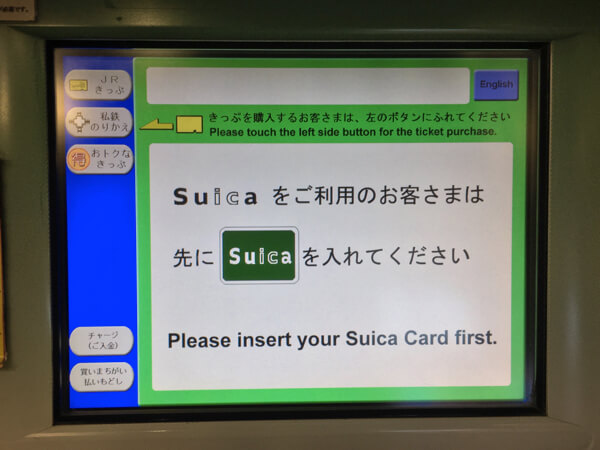
・ Press the PASMO button.
・Choose the amount you want to charge and insert the cash.
・ Receive the PASMO. Press the issuance button if you need a receipt.
5: The balance is short and I can’t get out of the ticket collector! What should I do?
In such a case, you can charge your card by using machines such as fare adjustment machines inside the station. The balance will be displayed after you place the card on the ticket collector.
How did you like our Suica and PASMO explanation? Let’s move around smoothly using these IC card systems.
MMN will upload more Q&As regarding Japan. If you have any question about Japan, please contact us at (MOSHI MOSHI NIPPON FB)♪
-
【TRAVEL Q&A】Where can I buy cigarettes in Japan? Q&As regarding cigarettes
16.October.2017 | SPOT
Below are the rules and information RE: cigarettes in Japan.
1:Are Japanese cigarettes expensive?
The price of ordinary cigarettes in Japan is about 30% of cigarettes in the U.S. The cheapest cigarettes in Japan are around 200 yen and the most expensive ones are around 480 yen.
2:Where can I buy cigarettes?
They can be bought at super markets and convenience stores. Also, you can by cigarettes using vending machines. However, you need a special card called “Taspo” and identification in order to use a cigarette vending machines.
3: What is the age limit for smoking in Japan?
People older than 20 years old can smoke cigarettes in Japan. Make sure to carry a photo included identification such as passport since some stores will want to confirm your age before selling you cigarettes.
4:Where can I smoke cigarettes?
I’m sure that there are a lot of foreign people who think they can smoke anywhere. But some districts in Japan prohibit smoke while walking. However, ever since this law was established, the number of smoking spaces has increased and almost all the stations in Japan have smoking spaces near the ticket gates so don’t worry! Also, you can find many smoking spaces inside shopping malls, and beside convenience stores and vending machines.
Was our Q&A article helpful? Make sure to abide by the rules noted above when you smoke in Japan.
MMN will continue answering your questions, so if you have anything you want to ask or need more information on something then just drop us a message on the MOSHI MOSHI NIPPON Facebook page and we will be happy to help! https://www.facebook.com/msmsnippon/
-
【TRAVEL Q&A】What are the rules you should remember when you take a bath in Japan? Q&As regarding staying at inns or having a bath at home
13.October.2017 | SPOT
Below are the rules you should remember when you visit inns or your friend’s house in Japan.
1: Why do I have to take my shoes off before entering a house?
You will see shoes lined up neatly when you visit your friend’s home in Japan. This means that first-off, you have to take off your shoes before entering the house! In Japan, the custom is to take your shoes off when entering a home. This custom has existed for many years in Japan. Japanese people in the past ate their meals while sitting on tatami mats and slept on the same tatami mats. (Some people still prefer to sleep on the floor.) Because of this custom Japanese people want to have clean floors in their homes. It is now common to use a dining table and beds but this custom which has been passed down over many years will not be changed so easily. So try to become accustomed to wearing no shoes in a home while you are staying in Japan.
2: Slippers in toilets? Why?
Japanese people tend to think toilets are a special space separated from the other rooms in the house and thus they prepare special “toilet slippers.” Please note that you should wear these slippers while you are inside the toilet. Also, many restaurants in Japan have special “toilet slippers,” so use these when you enter the toilet. In addition, be sure to take your “toilet slippers” off when you leave the toilet.
3: What are the rules for using tatami rooms?
Many ryokans (Japanese inns) have tatami-mat rooms. Japanese people are very particular about cleanliness so do not forget to take off your slippers before entering a tatami room.
4:What should I be aware of when I use a hot spring?
Below are the rules you must keep in mind when you use a hot spring bath in Japan.
1) Being naked in a hot spring bath is nothing unusual.
Take off your clothes before using a hot spring and put them in one of the lockers provided. If you are embarrassed about becoming naked in front of strangers, use a towel to hide your personal spots. You must get used to being naked because using bathing suits in a hot spring is prohibited.
2) Wash your body
The first thing you will see as soon as you enter a hot spring bath are mirrors all lined up. Take a small seat and sit in front of one of the mirrors. It is prohibited to take a bath without washing your body! Be sure to scrub down and get clean before soaking in the bath!
3) Now, let’s take a bath!
Hot springs in Japan have many effects such as skin-cleansing effect and nerve pain/back ache relieving effect. Be careful because some hot springs are quite hot. Also, keep in mind that you must not put your towel in the bath water.
Was our Q&A article helpful? MMN will continue answering your questions, so if you have anything you want to ask or need more information on something then just drop us a message on the MOSHI MOSHI NIPPON Facebook page and we will be happy to help! https://www.facebook.com/msmsnippon/
RELATED ENTRIES
-
Hirosaki and Hakodate to Begin Winter Tourism Campaign with Snow Miku Starting December 2022
26.November.2022 | ANIME&GAME / SPOT
The cities of Hirosaki and Hakodate in Hokkaido have announced that they will team up with Hatsune Miku’s popular iteration Snow Miku to promote tourism in the area this winter. A number of activities will begin in December 2022.
[Snow Miku x Hirohako] Collaboration Project
■Hirohako Winter Tourism Campaign Poster Featuring Snow Miku
・Period: Mid-November~February 28, 2023
・Locations: Facilities in both cities, tourist facilities, hotels, shopping areas
■Snow Miku Illustration Contest Exhibition Event
Over 50 illustrations have been submitted under the theme of Snow Miku and Hakodate / Snow Miku and Hirosaki. These will be on display through the winter!
・Running: December 1, 2022 – February 28, 2022
・Venues: Hirosaki Municipal Tourist Center (Hirosaki)
Kanemori Red Brick Warehouse (Hakodate)■Snow Miku Photo Spot
Snow Miku panels featuring shamisen and apples from Hirosaki will be on display, while the Hakodate version will include references to squid fishing and footbaths.
・On Display: December 1, 2022 – February 28, 2022
・Locations: JR Hirosaki Station, Chuohirosaki Station (Hirosaki)
JR Hakodate Station, Hakodate Airport (Hakodate)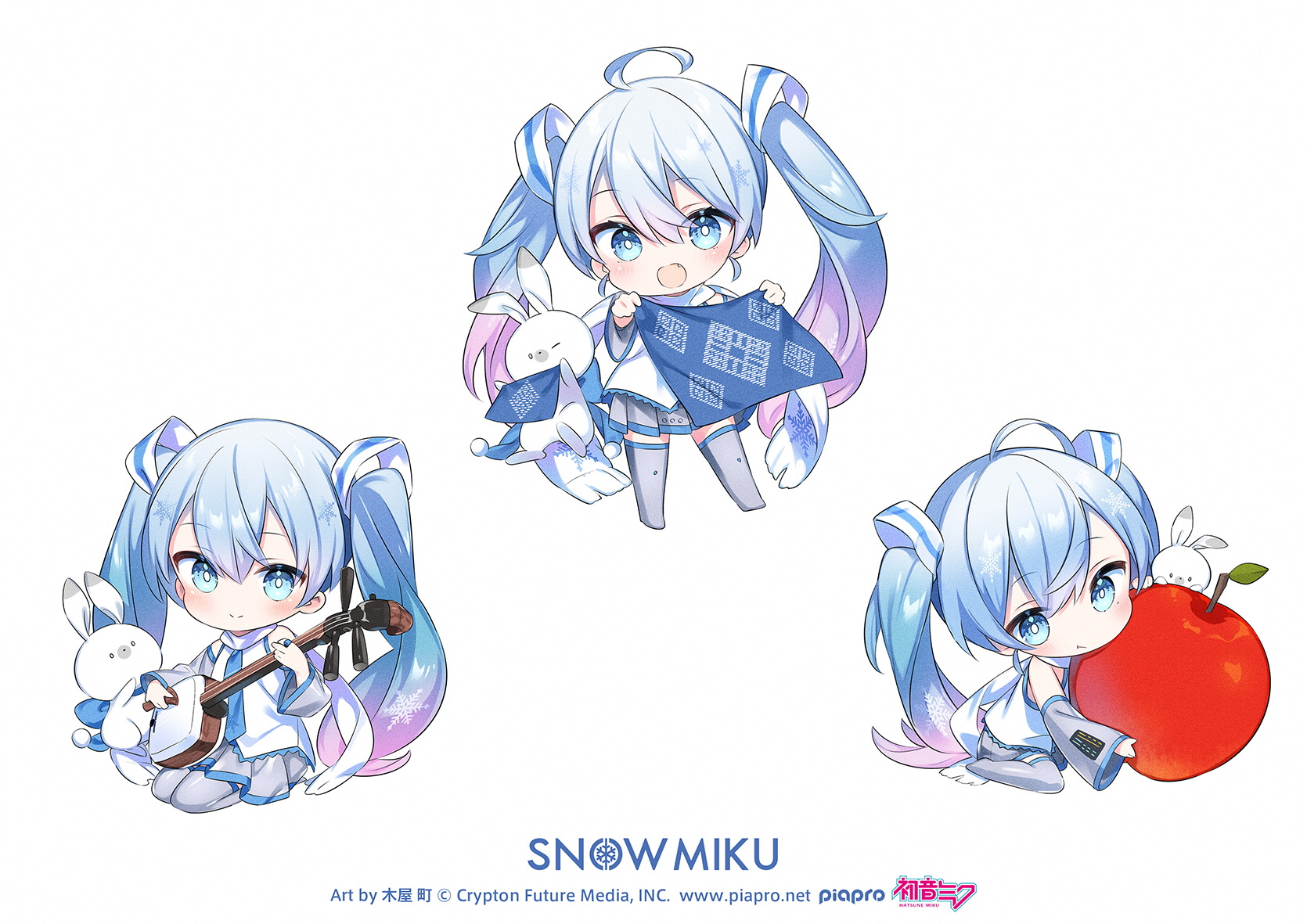
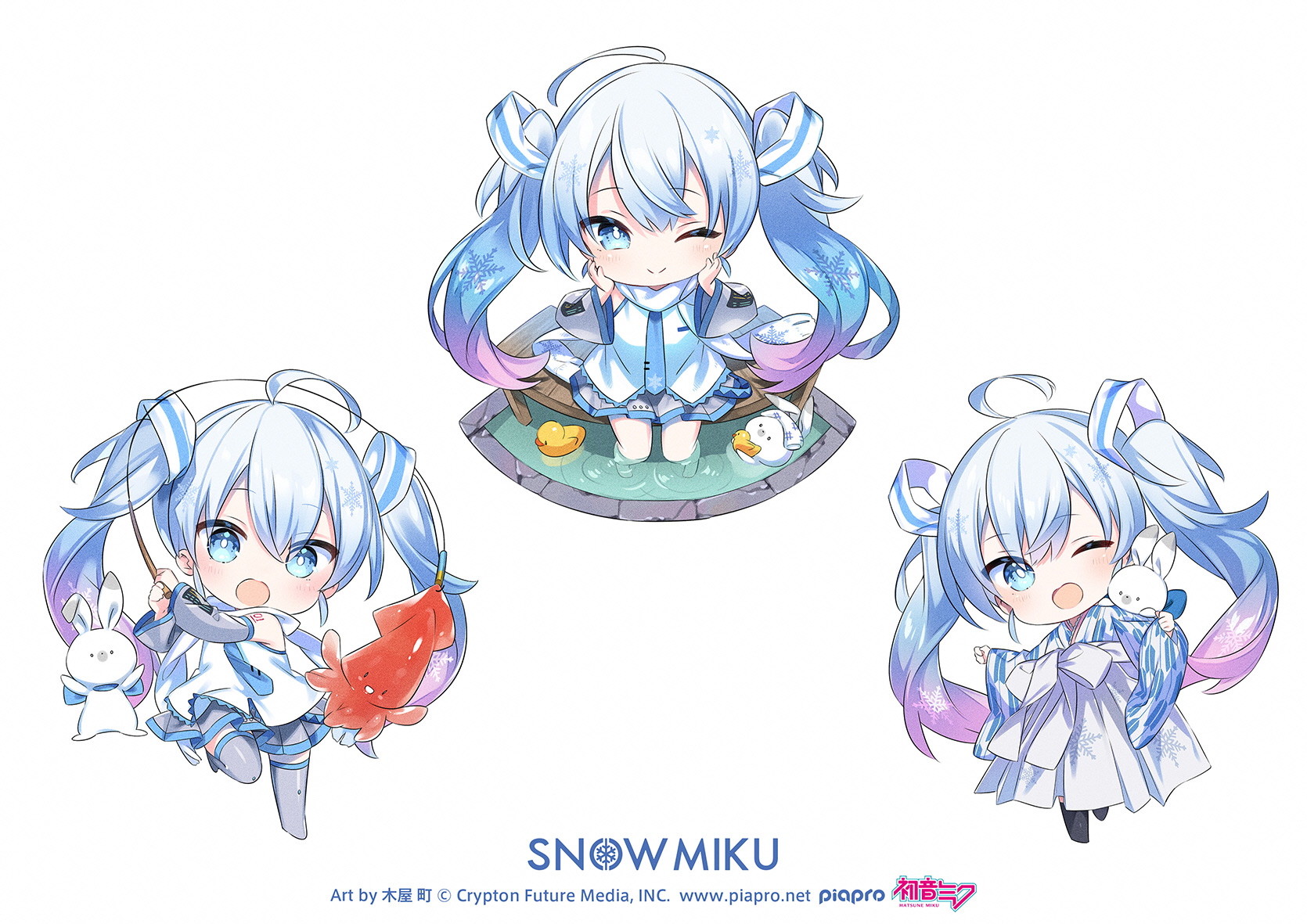
■Digital Stamp Rally Using the Mikunavi App
A number of panels will be installed at five checkpoints in Hirosaki and Hakodate. A total of 1,000 people–500 in each city–will win original merch including a Snow Miku mask case and decorated masking tape. All you need to do is check in!
・Available: December 1, 2022 – February 28, 2022
・Locations: (Hirosaki) Hirosaki Municipal Tourist Center, Hirosaki City Machinaka Information Center,
Hirosaki Tourist Information Center, Hirosaki Castle Information Center, Tsugaru-han Neputa Village
(Hakodate) Kanemori Red Brick Warehouse, Yunokawa Hot Spring Footbath, Goryōkaku Tower,
Hakodate Green Plaza C Block (Hakodate Lumi-Pop), Old Public Hall of Hakodate Ward
■Hirohako Winter Tourism Campaign Theme Song and Music Video
The tourism theme song will get a new music video that will be broadcast on YouTube, at local tourist facilities, and on TV and radio!
・On Air: December 1, 2022~
・Theme Song: Mahou no Keshiki (Lyrics/Composition: ryuryu)
■Snow Miku Welcome Announcements to be Broadcast at Tourism Facilities, etc.
A one-minute welcome announcement by Snow Miku will air at tourist facilities!
・Running: December 1, 2022 – February 28, 2022
・Locations: Tourist areas in both cities
■Snow Miku Filters Using AR
When each barcode is scanned with a smartphone, Snow Miku will appear on the screen! Visitors can take pictures with Snow Miku to commemorate their winter trip to Hirosaki and Hakodate.
・Available: December 1, 2022 – February 28, 2022
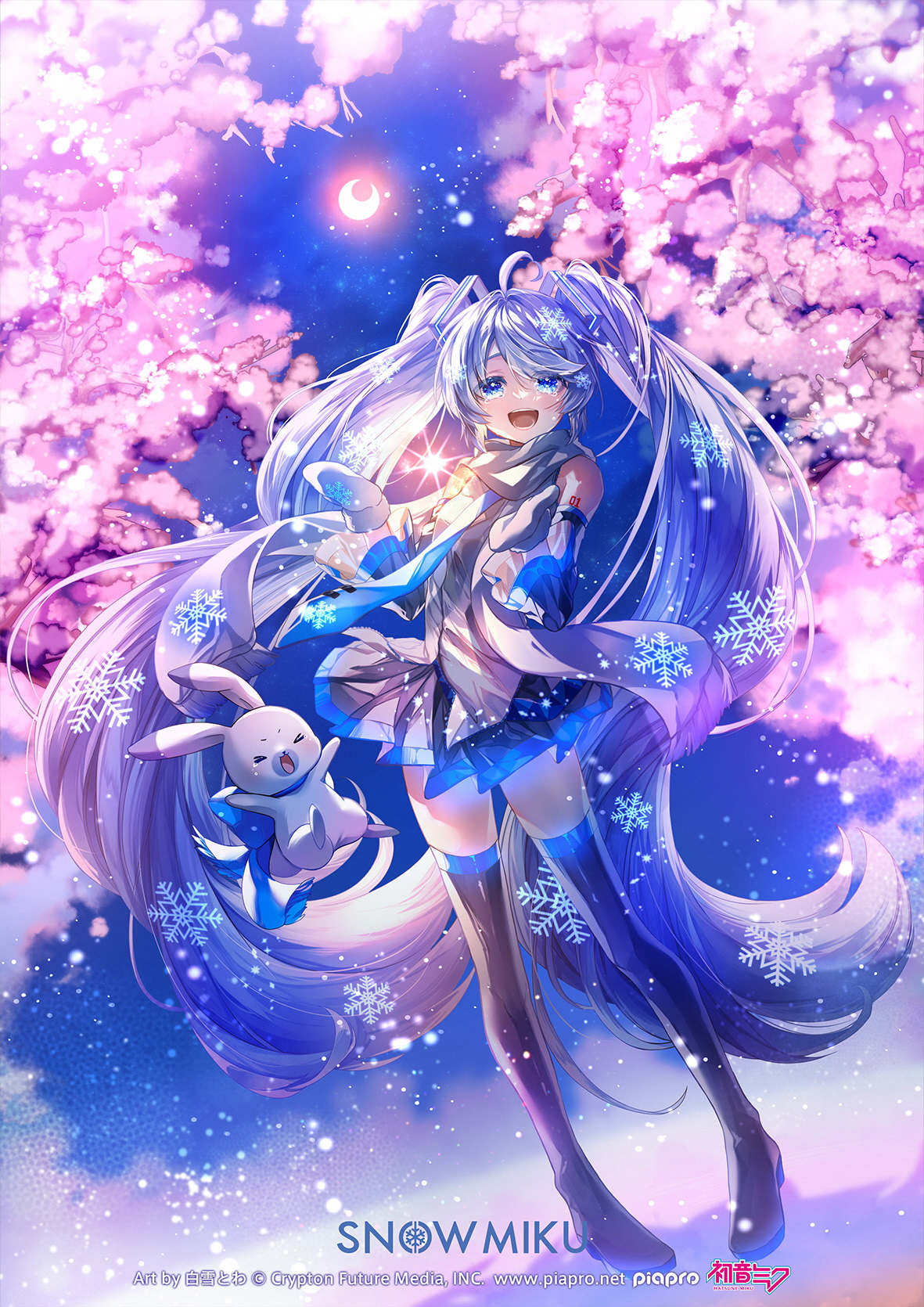

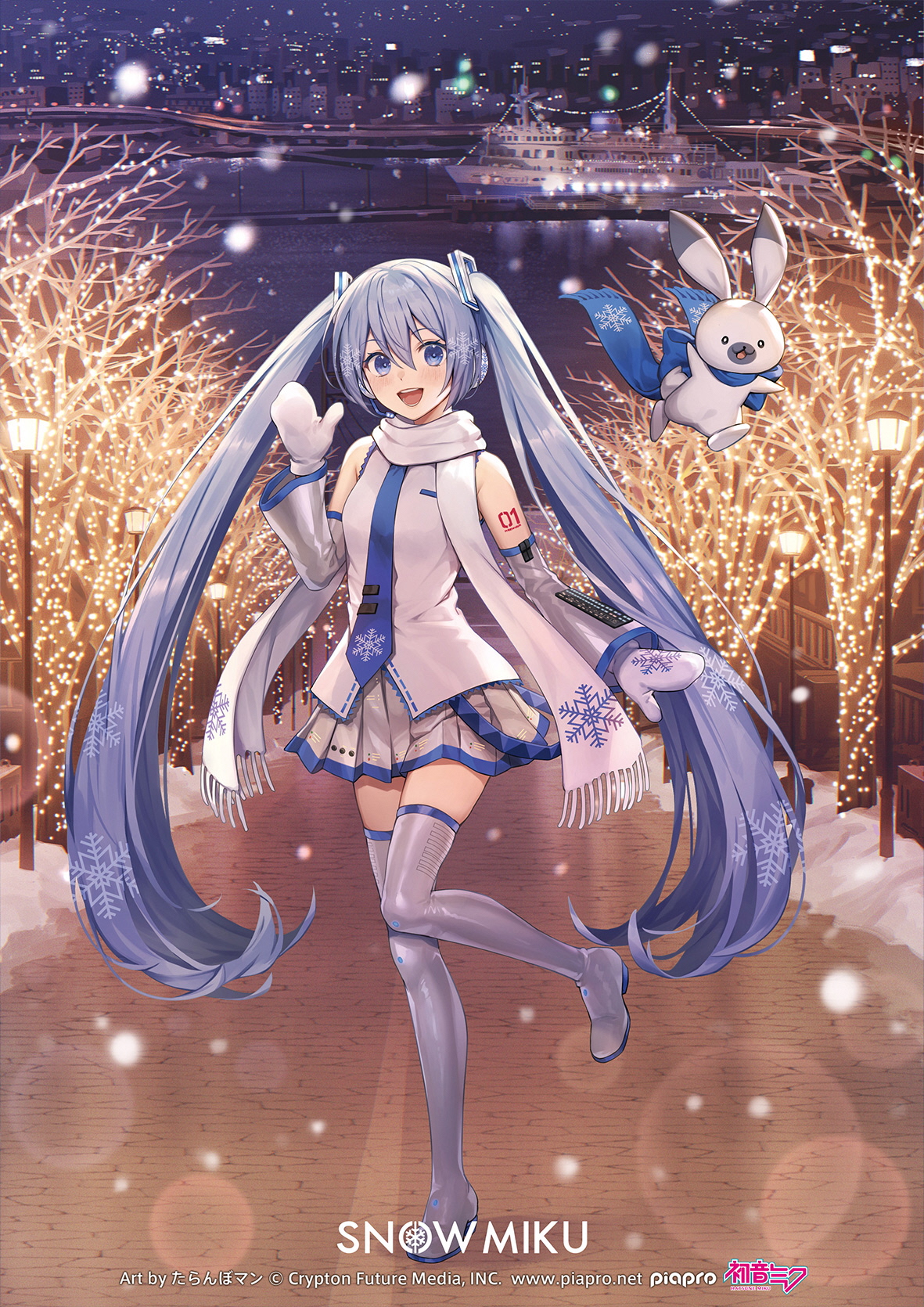
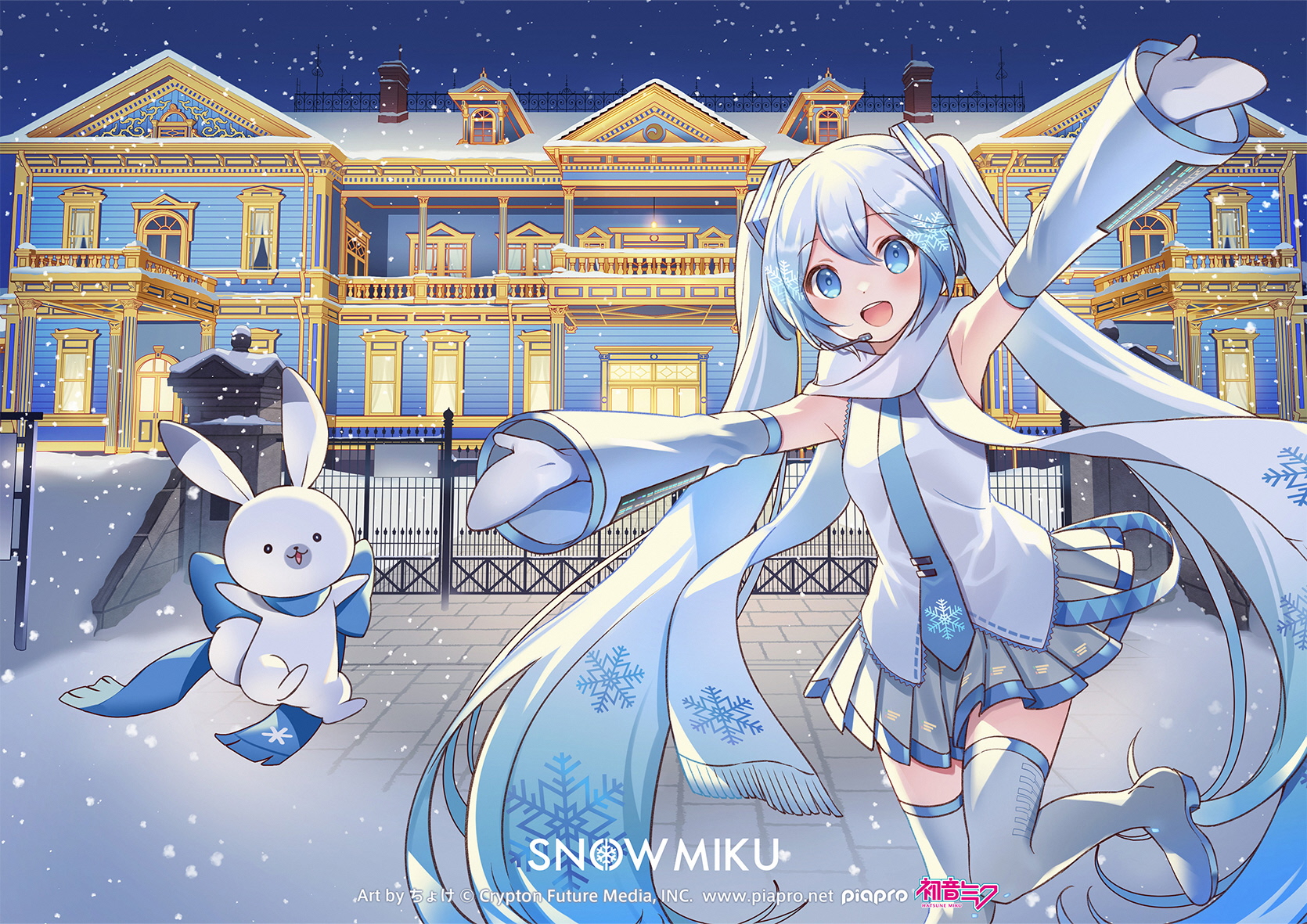
Information
Hirosaki x Hakodate x Snow Miku Tourism Campaign
Beginning December 2022
Details: https://www.hirosaki-kanko.or.jp/edit.html?id=hirohako
-
Private Jet Package Now Available in Toyama Offering Spectacular View of Tateyama Mountains
22.June.2022 | SPOT
Mizu to Takumi, a company associated with the Toyama West Tourism Promotion Association, has teamed up with SKYTREK to offer guests a once-in-a-lifetime chance to visit the area via private jet. Reservations for the incredible experience began on June 17, 2022.
Offering an entirely new tourism experience in Toyama Prefecture, visitors can see the area’s natural wonders from miles above the Earth. The program also aims to share local culture and more about traditional craftsmanship and cuisine.


Toyama Prefecture boasts dramatic topography, from the massive peaks of the Northern Alps and the Tateyama Mountains to the deep waters of Toyama Bay. To better allow visitors to see the sights, these private jet tours will be chartered on special courses different from standard airlines.
After the flights, guests will be welcomed to explore Takaoka’s deep history and culture. Kane no Sanzun, a restored and preserved inn, will welcome visitors, offering a relaxing and rejuvenating time.
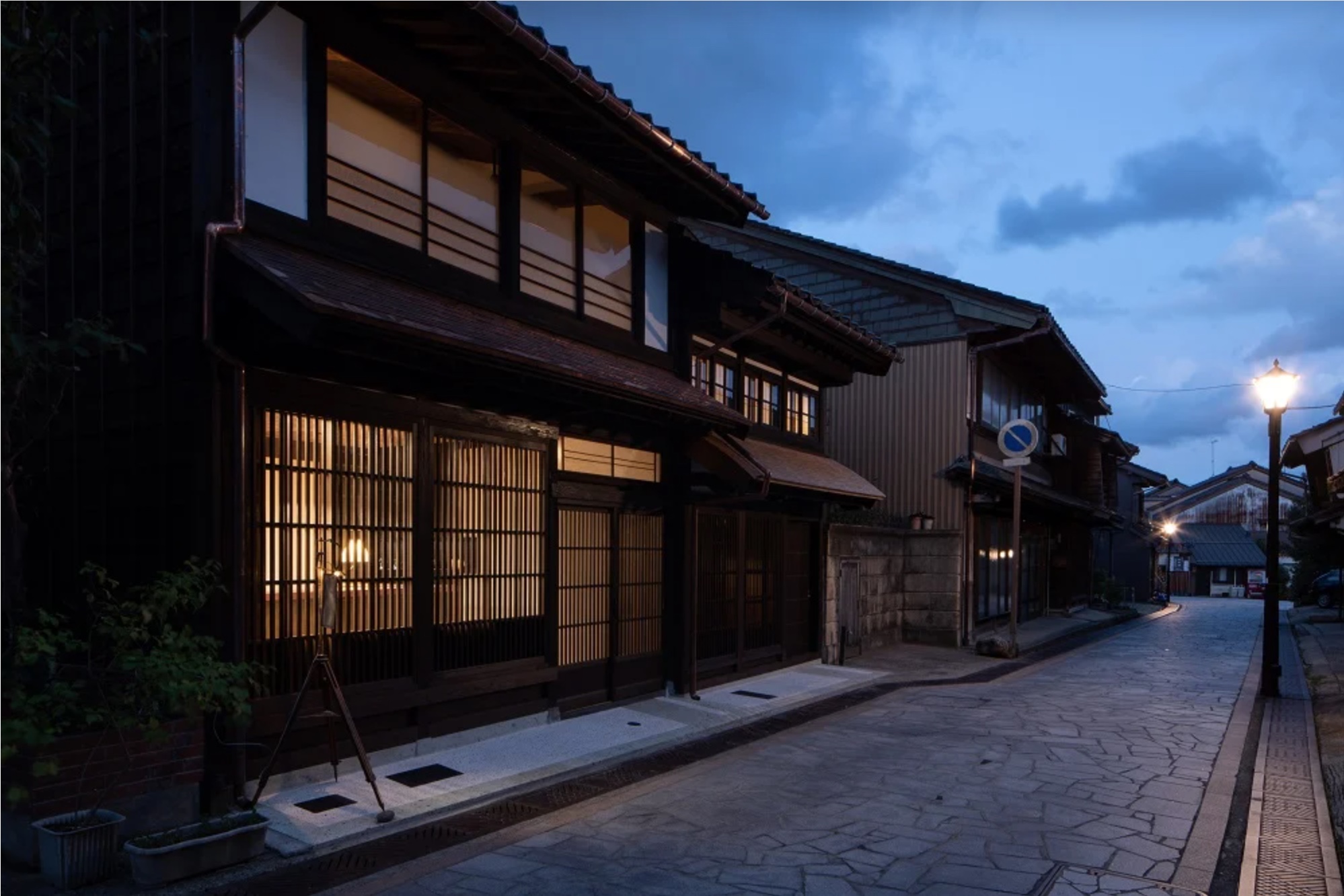
Visitors can also book optional excursions to further explore the area, such as a Zen meditation experience at a famous temple in Takaoka, a traditional crafting workshop, and a tour and tasting of the only whiskey distillery in the Hokuriku region.
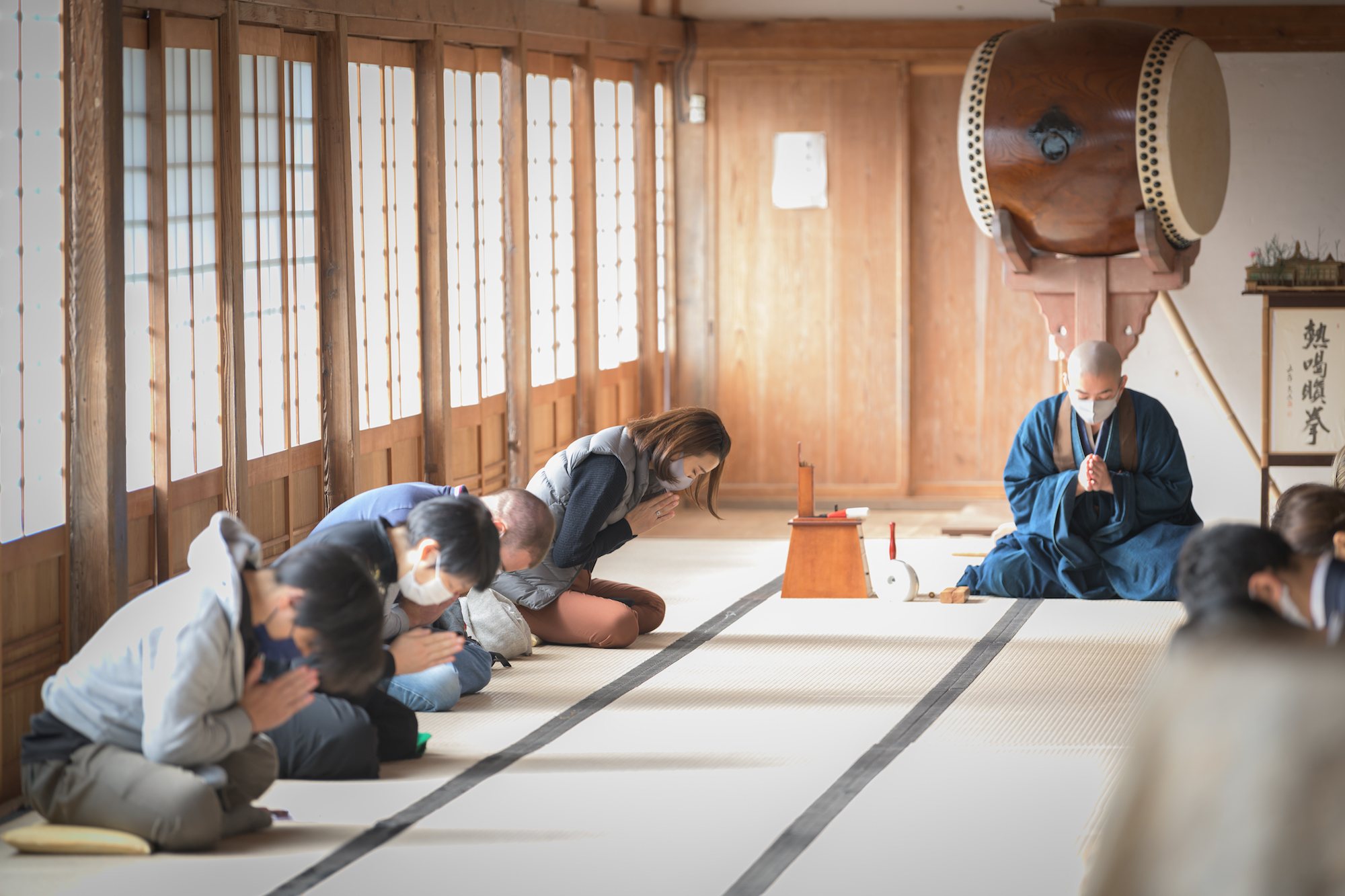
Come enjoy a trip to Toyama with a whole new perspective!
Information
Travel to Toyama by Private Jet
Available: June 17 – October 26, 2022
Travel Period: June 22 – October 31, 2022
Details: https://www.skytrek.co.jp/tours/toyama-private-jet-plan
-
Airbnb Reveals Top 10 Most Popular Summer Destinations in Japan
08.June.2022 | SPOT
Airbnb boasts one of the largest travel communities in the world, filled with users offering up lodging and those eager to visit somewhere new. The Japanese subsidiary of the company has revealed the top spots added to Japanese users ‘Favorites (Wish Lists)’ from May 1 to May 17, 2022. Where will travelers in the country be headed this summer?
Golden Week is long gone and users are starting to think about where to visit during the hottest part of the year. This national ‘Wish List’ might make it easier to pick a spot, with many locations highlighting lesser-known areas!
Gujo Hachiman Villa, Limited to 1 Couple Per Day (Gifu)
This completely private rental villa was made for sauna enthusiasts. One lucky pair per day can book this suite along the Yoshida River flowing through Gujo Hachiman, known as the “City of Water and Dance.” Currently booked through the end of August, reservations for September and beyond will be available in early June. Book a stay to enjoy the gorgeous autumn foliage!

A House Surrounded by Lush Greenery in the Countryside (Tottori)
Hosted by a family of musicians and architects, this guesthouse invites guests to enjoy gorgeous Nordic-inspired interiors and the serene quiet of the countryside. For those looking to escape the hustle and bustle of the city, this is the perfect spot.

Hoshina Satomachi, Limited to 1 Couple Per Day (Nagano)
There’s nothing like spending the summer in a traditional Japanese home. Enjoy a barbeque on the terrace and relax on the massive lawn. This is the perfect spot for families with children or pets!

Coastal Cabin (Chiba)
You can’t have summer without a pool. This luxurious coastal retreat boasts a 15-meter pool, outdoor Jacuzzi, bonfire space, and a barbeque. Relax by the pool while listening to your favorite songs or soak in the outdoor bath as you watch the waves crash along the shore.

An Elegant and Peaceful Log Cabin (Nagano)
Located at 1,300 meters above sea level on the Iizuna plateau, this log cabin is situated in the midst of a dense forest. A perfect space for couples, families, or small groups of friends, guests are welcome to enjoy hiking through this gorgeous landscape in the center of Japan!

-
Izu, the Setting for Laid-Back Camp, Now Offering Travel Plans
24.May.2022 | ANIME&GAME / SPOT
JR Tokai Tours has released a new travel plan for fans of Laid-Back Camp Season 2, which aired from January to March 2021. The tour will take place in the Izu area, which was heavily featured in episodes 10, 11, and 12. Guests can enjoy a travel plan with single lodging and original goods starting May 23 until June 29, 2022.

Original Stickers
The slice-of-life series Laid-Back Camp is currently serialized in COMIC FUZ.
Set in Yamanashi and Shizuoka Prefectures, Laid-Back Camp is a relaxing series following a group of high school girls going camping and enjoying their daily lives. The series is based on the author Afro’s personal experiences and interviews, and since serialization in 2015, the series has attracted fans from around the world. The original comic has sold over 7 million copies. In 2018, the first anime series premiered, inspiring a spin-off Room Camp in 2020 and a second season in 2021.
Four years after it was announced in 2018, a Laid-Back Camp animated film will arrive in theaters this summer.Information
Laid-Back Camp Season 2 Model Trip Plan
Release Date: May 16, 2022
Trip Dates: May 23 – June 29, 2022 *Some dates are excluded.
Shop: https://www.jrtours.co.jp/plan/shizuoka/yurucamp/Official Site: https://www.jrtours.co.jp/
-
EMOCAL, a Project to Support Japanese Regions, Releases Music Using Local Sound Samples
The EMOCAL project aims to support small-town areas of Japan. As a new initiative in the project, specific soundscapes only found in certain areas of the country have been combined with music to create some unique tracks. A selection of musical artists have collaborated with the project to bring these songs to life!
EMOCAL was created by ZOWA’s original label, CatchyStuck. The project supports local regions and communities by using ASMR soundscape videos recorded in each region to convey their particular charms to all of Japan. The sounds recorded in each place are considered to be very valuable and are intended to serve two purposes: to bring tourism back after the pandemic and to provide fans of ASMR a way to experience these areas from afar.
Check out each of these unique ambient tracks created by four up-and-coming musicians! Each song is available on viviON’s ASMR platform ZOWA and on Spotify.Ube, Yamaguchi Prefecture / Ikkyuu x Hige Driver, I Love Ikkyuu
Beard Driver created this ambient track with sounds recorded inside of Ikkyuu, a ramen shop.
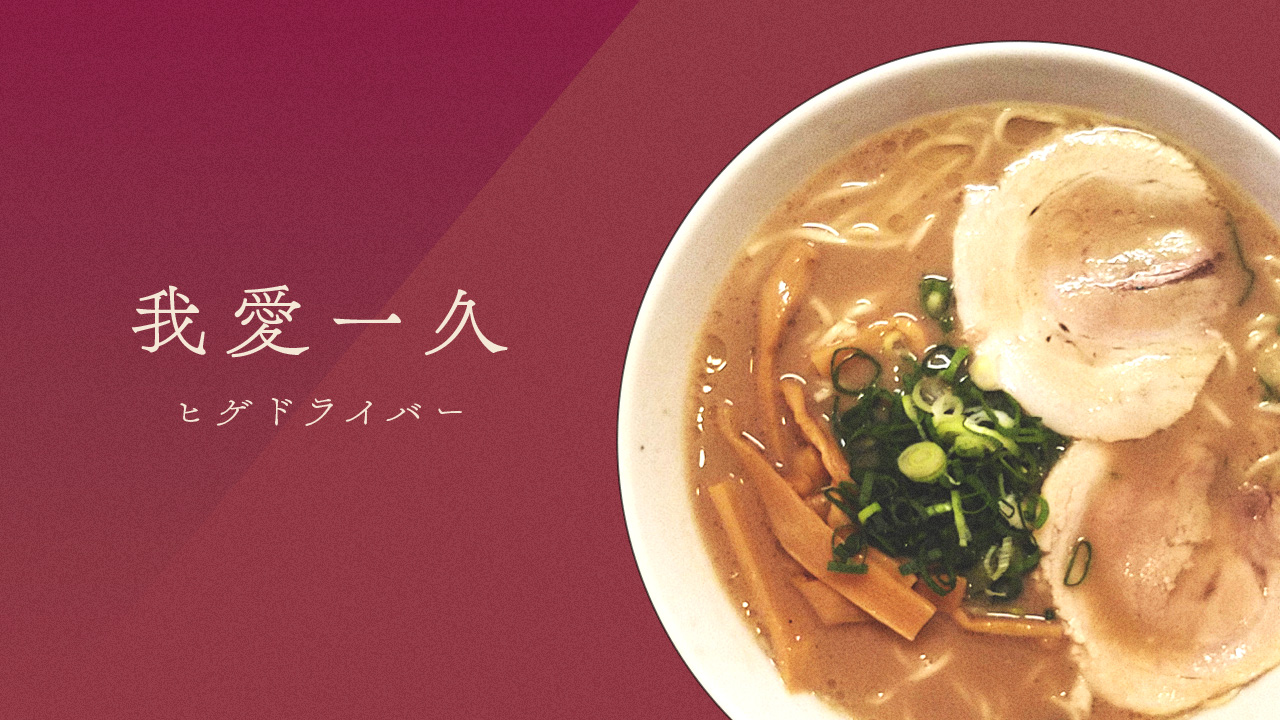
ZOWA: https://zowa.app/play/20019
Spotify: https://open.spotify.com/track/1RP4RcpJwMrFzoYQbnfDYm?si=f1f1e816adb14db0
Odawara, Kanagawa Prefecture / Miyuki no Hama x Powerless, Seiren
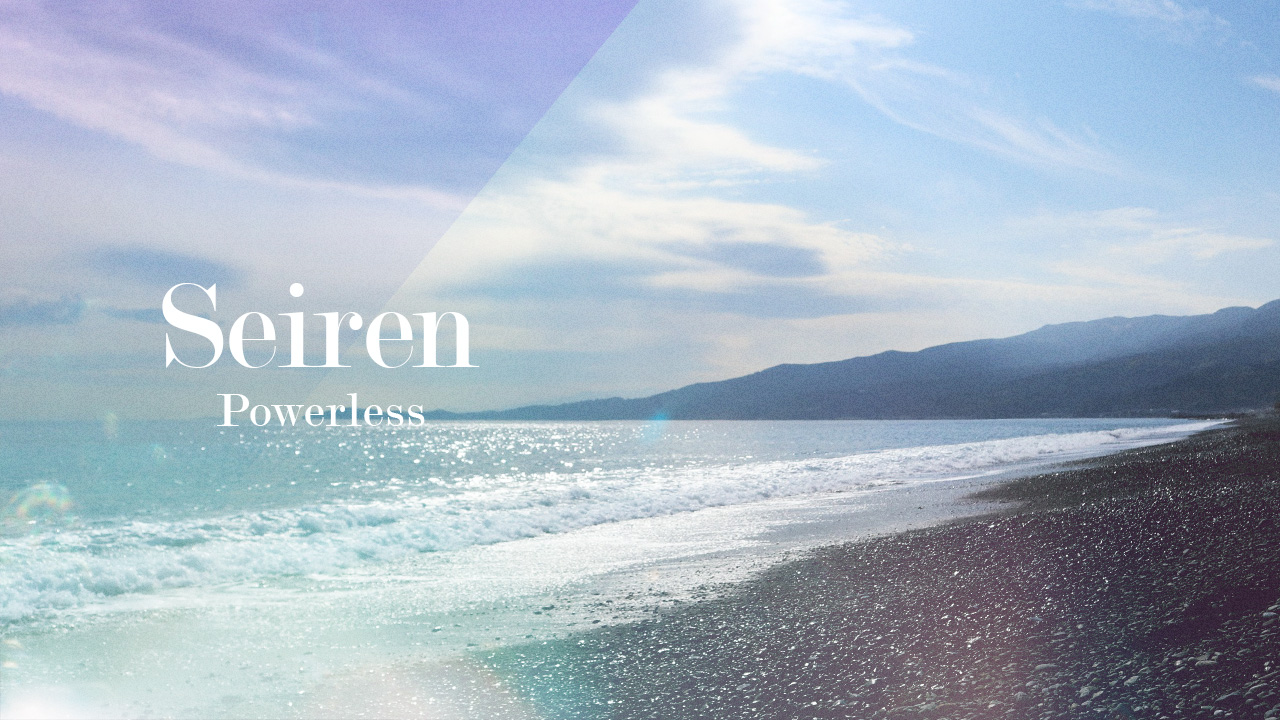
Powerless created this track, inspired by the sounds of waves crashing at Miyuki no Hama, a seaside recreation area 20 minutes from Odawara Station.
ZOWA: https://zowa.app/play/20016
Spotify: https://open.spotify.com/track/5DkQ9FeM7jQBacUf7Nbuxc?si=c7d771e73ddd44b6Shizuoka, Shizuoka Prefecture / Wasabi Field x baker, On the silent hill
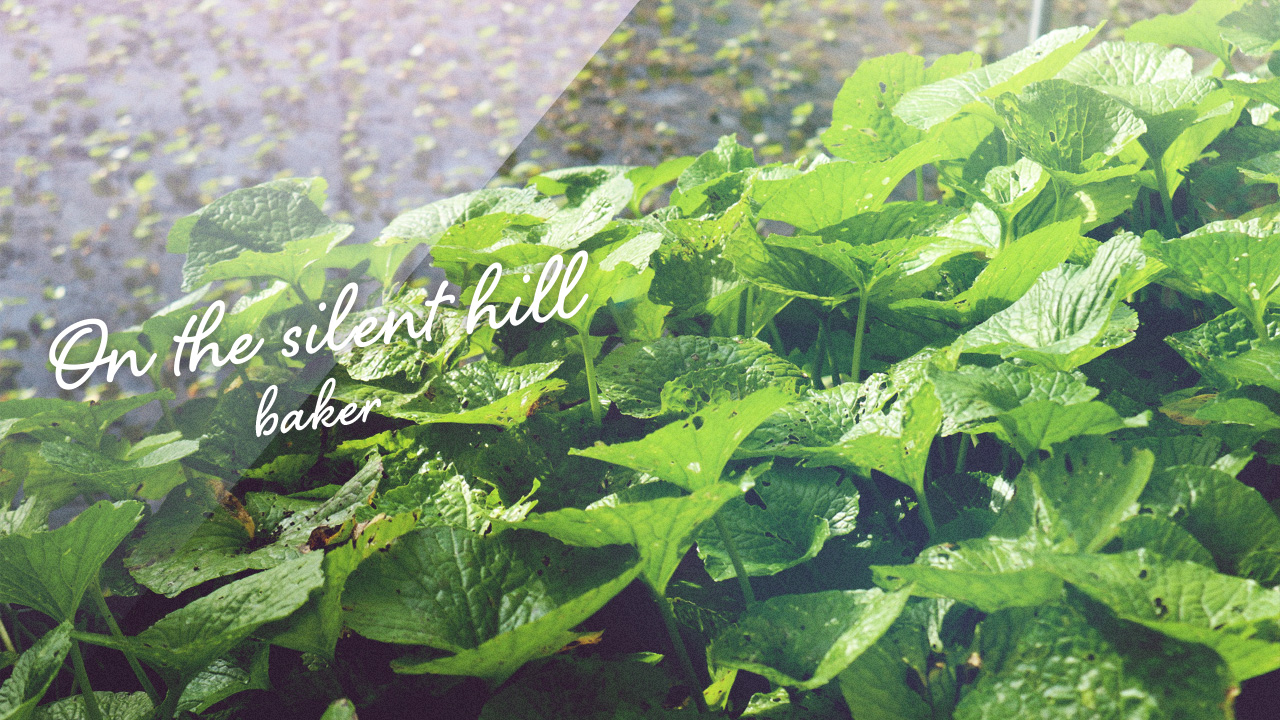
Utogi in Shizuoka city is surrounded by incredible nature. Known as the birthplace of wasabi cultivation, baker used sounds recorded in the area to create this ambient track.
ZOWA: https://zowa.app/play/20017
Spotify: https://open.spotify.com/track/0oIU4x7MjVKmpouRwEPaXZ?si=04dcb805cea540b7Ibusuki, Kagoshima Prefecture / Cape Tara x SeA0, Akushu
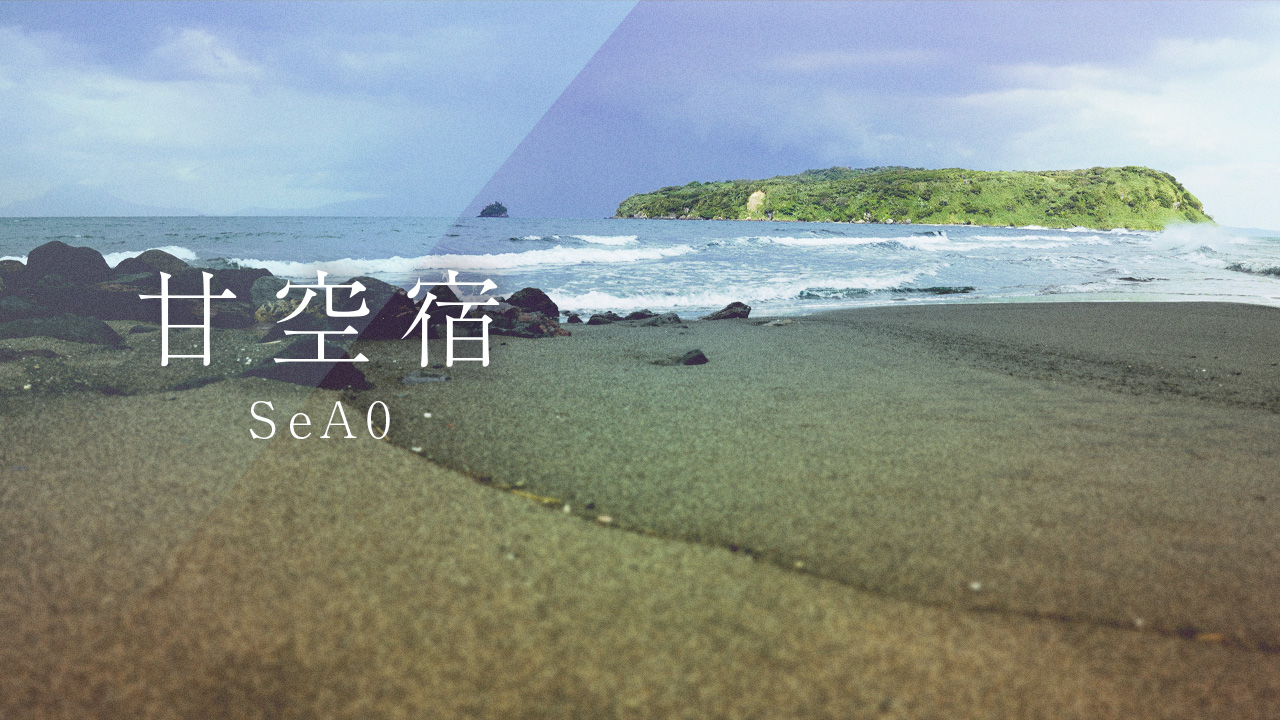
Cape Tara is a popular spot featuring an 800-meter-long sandbar at low tide. The sounds captured here were used by artist SeA0, and this track is sure to make you miss the water.
ZOWA: https://zowa.app/play/20018
Spotify: https://open.spotify.com/track/1Utz5j0oB4GmSDOMVdUcXU?si=eafa1949b3ea44d0 -
Banyan Tree Rooftop Bar Opens on Japan’s Southernmost Island
30.March.2022 | SPOT
The Banyan Tree Rooftop Bar, located at Hoshino Resort Risonare Kohamajima on Japan’s southernmost island, is holding a special stargazing event until April 20, 2022. Visitors can enjoy a cocktail as they gaze at the countless twinkling stars overhead.
Kohama Island is located within the Yaeyama Islands. With a warm climate, it’s comfortable to spend long hours outside, even at night. Kohamajima was also the first island in Japan to be protected by the IDA (International Darkness Association), meaning that no bright manmade lights can interfere with stargazing. Visitors can see 84 of 88 constellations!
Enjoy a Boundless Starry Sky
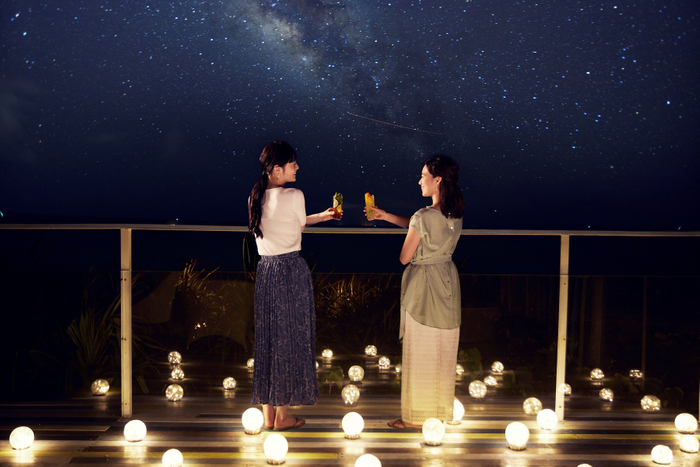
The Banyan Tree Terrace will bring guests together to feel the sea breeze and taste colorful mojitos as they enjoy the pleasant weather. Why not spend a relaxing time in a fantastic space lit with faintly glowing candles as you stargaze?
Taste Colorful Mojitos
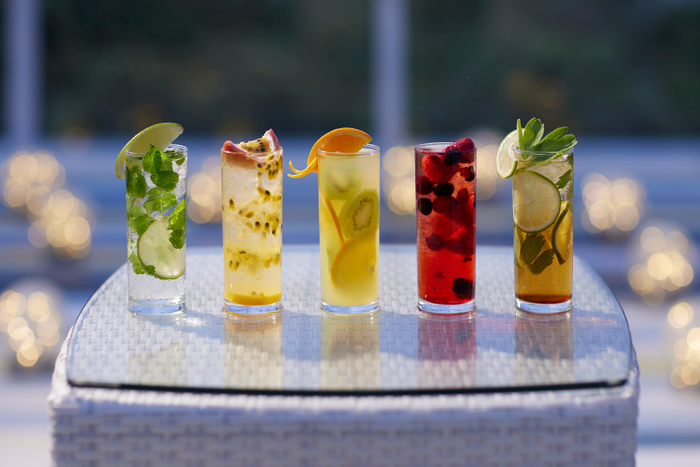
A limited number of colorful mojitos will be available at a bar counter set up on the terrace for this event only. You can also enjoy Okinawan original mojitos with made with Okinawa lime, brown sugar instead of sugar, non-alcoholic mojitos for children, and tropical fruit mojitos with pineapple and passion fruit.
Munch on Snacks Perfect to Pair with Cocktails
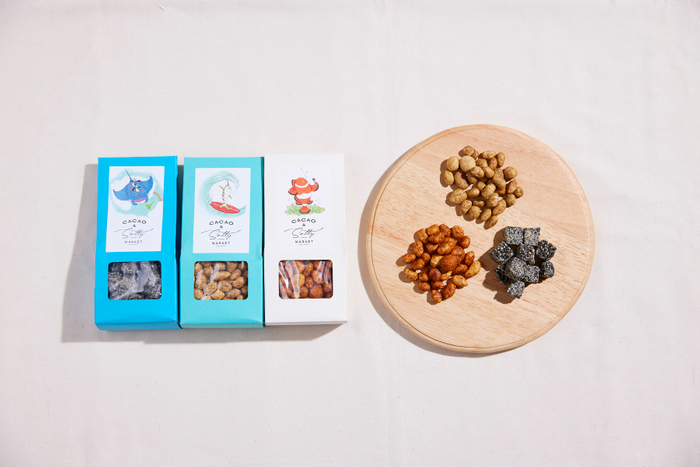
Guests can also enjoy a snack set with salty nuts perfect for enjoying with alcohol!
Information
Banyan Tree Rooftop Bar
Open: March 1 – April 20, 2022
Hours: 19:00-20:00
Location: Banyan Tree TerraceOfficial Site: https://risonare.com/kohamajima/
-
Kyary Pamyu Pamyu Collaborates with Popular Shimane Manju for LOCAL POWER JAPAN Project
Celebrating the 10th anniversary of her major label debut, Kyary Pamyu Pamyu is staying active in 2022. In conjunction with the nationwide tour, the “LOCAL POWER JAPAN Project” was launched to energize Japan through the appeal of regional towns and cities, and has been attracting major attention. Kyary’s tour made it to Shimane on March 12, and the details of her next collaboration have been revealed!
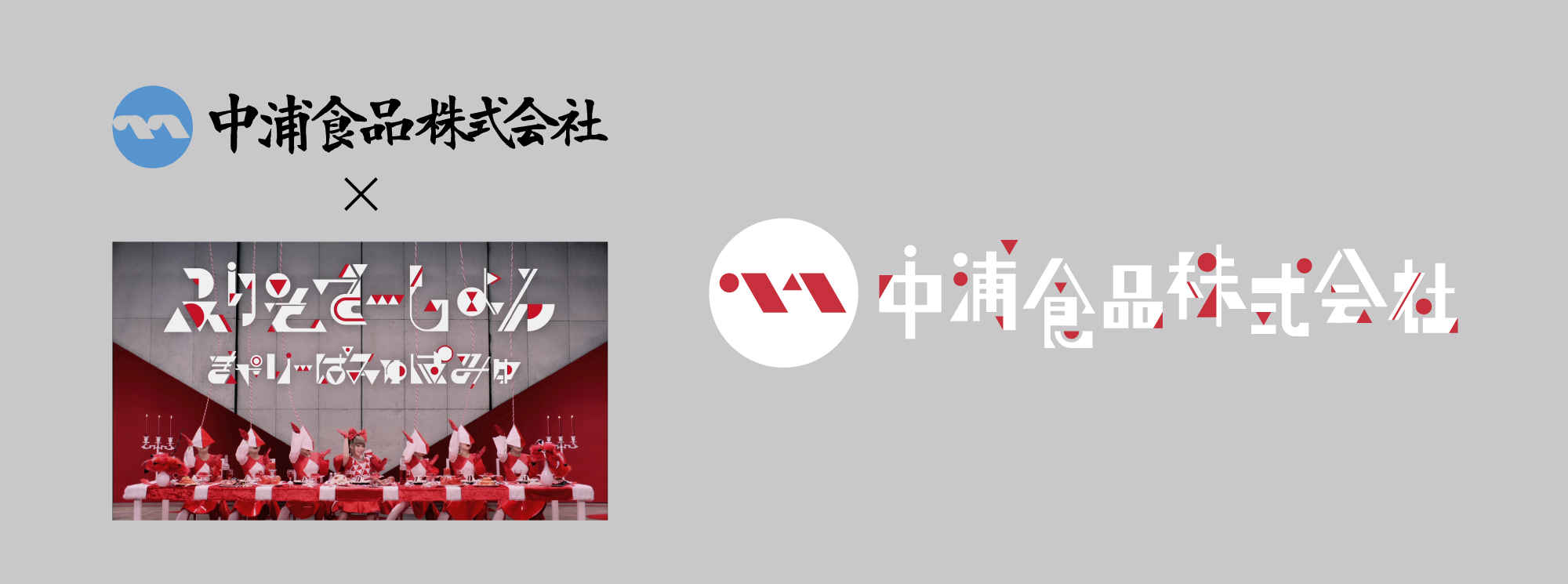
Kyary will be teaming up with Nakaura Foods and their delicious local delicacy Dojou Sukui Manju. Known as the representative treat of the San’in region, the name is a reference to the mask worn during local performances of the Yasugibushi folk song. The steamed buns were developed by Nakaura Foods in 1967 and have been loved by locals ever since. In the 2000s, the company began experimenting with new flavors by teaming up with other local creators.
The company’s logo is being reimagined for the project, inspired by Kyary Pamyu Pamyu’s 2013 Furisodeshon music video.
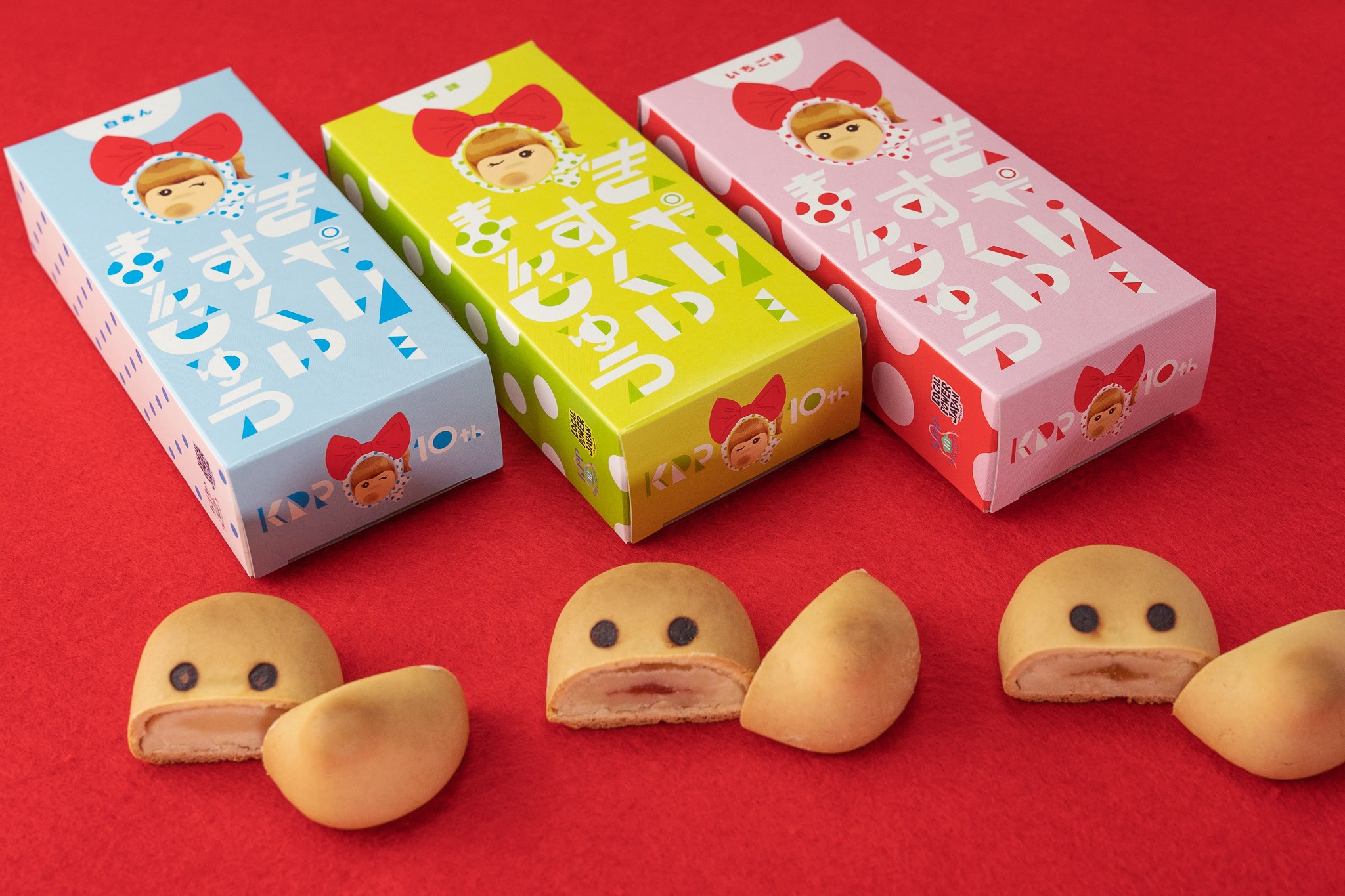
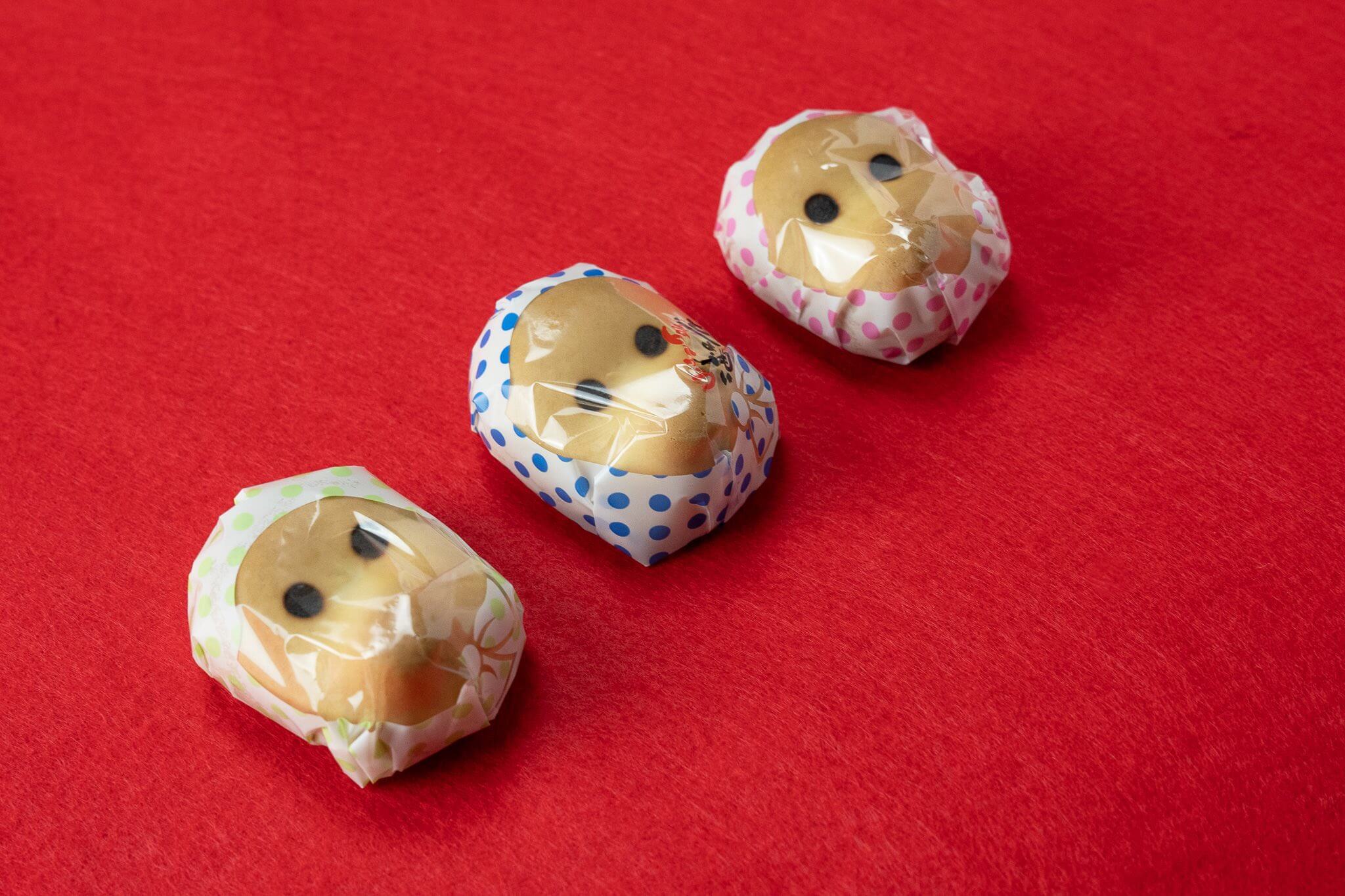
The name of the popular product has also been changed to Kyary Sukui Manju! Each box has a pop design and would make a perfect souvenir for Kyary fans.
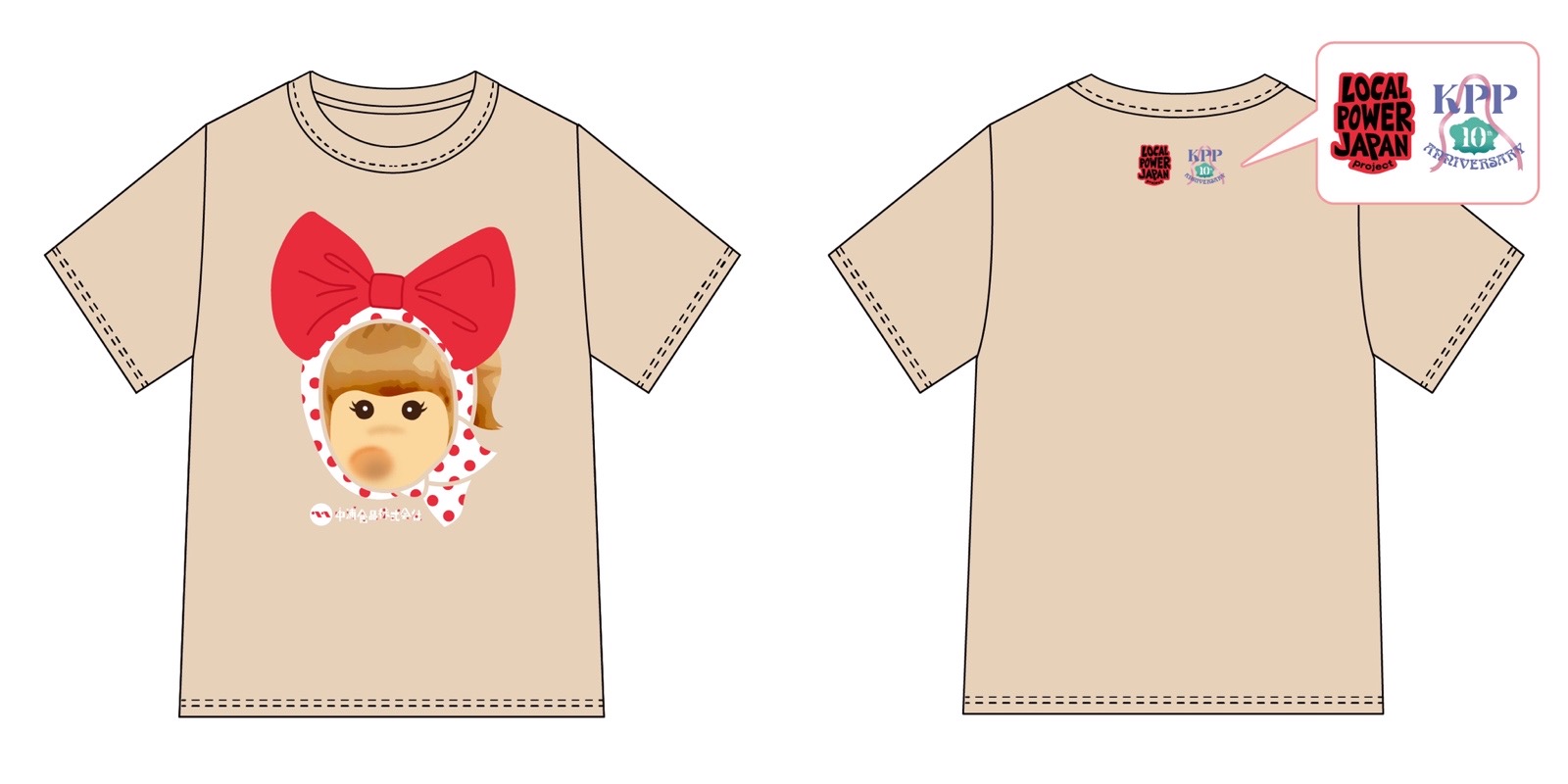
A collaborative T-shirt is also on sale featuring the new logo and the singer’s 10th-anniversary logo. A special LINE collaboration is also underway, and 50 people who order the new Kyary-themed treats from the official Nakaura Foods online store will be entered to win a shirt!
Information
Dojou Sukui Manju (Shimane) x LOCAL POWER JAPAN Project
Sales Period: March 12 – April 8, 2022
Where to Buy:
Nakaura Foods Official Online Store
https://www.sanin-nakaura.jp/products/detail/1269
Nakaura Foods Stores in Matsue, Shimane Prefecture and Sakaiminato, Tottori Prefecture
Collaboration T-shirt
Where to Purchase: LOCAL POWER JAPAN Project Online Shop
Available until March 25 at 23:59
https://store-localpowerjapan.com/
Commemorative Kyary Sukui Manju T-shirt Gift Campaign
Application Period: April 8, 2022
How to Enter:- Add Nakaura Foods as a friend on LINE and get the campaign keyword.
- Enter the keyword when purchasing Kyary Sukui Manju from the Nakaura Foods online store.
- 50 winners will be selected by drawing to receive a special collaborative T-shirt!
Official Site:https://localpowerjapan.com
-
Booking.com Reveals 4 Best Lodgings with Outdoor Baths for Snow Viewing
16.March.2022 | SPOT
Booking.com Japan has revealed its top four picks for the Japanese accommodations with the best outdoor baths and snow views!
Zao Kokusai Hotel (Zao Onsen, Yamagata Prefecture)

Located 900 meters above sea level and surrounded by the gorgeous natural beauty of the Zao mountains, this resort has long been renowned for its spectacular view of seasonal scenery. During winter, guests can enjoy a fully spring-fed open-air bath while gazing at the snow-capped mountains. The milky white waters of the Zao Hot Springs have high sulfur content which will improve the texture of your skin. The resort also has a bath large enough to accommodate up to seven people at a time and a private bath for families or lovers.
Midorinokaze Resort Kitayuzawa (Date, Hokkaido)

The Midorinokaze Resort Kitayuzawa is surrounded by nature and contains one of the largest open-air baths in Japan, along with 20 unique fragrant baths for guests to enjoy. In winter, the surrounding trees seem to glisten with snow, and visitors are sure to find plenty of peace and relaxation while lounging beneath the grey skies.
Akakura Kanko Hotel (Myoko, Niigata Prefecture)

This highland resort sits on a 1,000-meter peak, offering unmatched views of Niigata Prefecture. The natural hot spring flows from the inside of Mt. Myoko, with healing waters perfect for soaking in during the cold winter months. The large baths are also equipped with a sauna and deck, and those wanting to view the scenery from their room can enjoy guest accommodations with private baths as well!
Satoyama Jujo (Minamiuonuma, Niigata Prefecture)

Winning a design award for its facilities, Satoyama Jujo has a different feel when compared to most hotels and ryokan. Booking.com recommends it for travelers looking for new experiences! In the open-air bath, visitors can relax while enjoying a panoramic view of Mt. Makihata, one of Japan’s 100 most famous peaks. Guests can also enjoy the starry skies at night. This is a perfect location for couples!
Each season in Japan offers uniquely beautiful scenery. How would you like to enjoy winter in one of these luxurious baths?
-
Three Japanese Tourism Instagram Accounts to Follow for Travel Inspiration
07.March.2022 | SPOT
The pandemic has changed our lives forever. People have spent the last two years missing travel as they spend more and more time at home, and while many are ready to travel again, it can be difficult to know if it’s the right time to return to normalcy. To make the situation a little easier, many local tourism associations in Japan are posting images on Instagram to inspire people to give traveling another try. These three Instagram accounts are our personal favorites, and once Japan opens to tourists again, you won’t want to miss visiting these areas!
[Official Kumamoto Tourism Association] Motto, motto, Kumamoto!
Discover the charms of Kumamoto on this local Instagram account featuring photos from four unique local photographers. Many will know the area as the home of the character Kumamon. The images capture the daily lives of Kumamoto residents and include local food and gorgeous scenery. The postings also include the location of the photo and comments from the photographers, making things feel more personal.
[Official Hokkaido Tourism Association] GoodDay Hokkaido
Hokkaido is an area rich in gourmet seafood and dairy, but its spectacular landscapes are reason enough to visit. GoodDay Hokkaido shows off both the common and uncommon elements of Hokkaido life, often introducing little-known areas. Each photo is vividly colored, and followers can see different seasons at every time of day as they scroll through the feed. See the best images from Japan’s northernmost island each and every day on your smartphone!
[Ome / Okutama] Umetama
Umetama is an account that introduces places of interest in Ome and Okutama, two of Tokyo’s most scenic towns. Each can be reached in about an hour by train from Shinjuku Station. Visitors can enjoy a gorgeous day trip from the Tokyo center, with the area featuring plenty of campsites and hiking trails. There are tons of stargazing spots, and visitors are often surprised that such incredible nature is so close to Japan’s hectic capital. Those with kids will find plenty to do here, so start taking notes while you scroll through the Umetama page!
More and more young people are finding the appeal of Ome and Okutama, and the area has become the perfect relaxation spot for those seeking refuge from their busy lives. In addition, the craft beer bar Ome Beer, located near Ome Station, sells local alcohol, including Okutama’s popular craft beer ‘Vertere.’ See the lesser-known side of Tokyo on this picturesque account.
Remember how wonderful it is to travel? Hopefully, Japan opens for tourism again soon, and you can visit all of these gorgeous locales.
-
Kyary Pamyu Pamyu Announces ‘LOCAL POWER JAPAN Project’ to Support Rural Areas
20.January.2022 | Uncategorized
Celebrating the 10th anniversary of her major label debut, Kyary Pamyu Pamyu is back in the news. The artist will perform at this year’s Coachella, one of the largest music festivals in the United States, and recently released her first full-length album in three years ‘Candy Racer’ in October 2021. On January 16, Kyary embarked on the largest tour of her career, ‘Kyary Pamyu Pamyu 10th ANNIVERSARY JAPAN TOUR 2022 CANDY WAVE,’ which will see the singer performing 30 shows across Japan.
In conjunction with the nationwide tour, the “LOCAL POWER JAPAN Project” was launched to energize Japan through the appeal of regional towns and cities. The 30 stops on the new tour include many that Kyary has not visited before, and were chosen based on the singer’s desire to perform for fans who may not typically be able to attend one of her shows.
This initiative aims to bring attention and support to local industries and to inspire more tourism to rural areas.
This project is a new attempt to enliven local communities by collaborating with companies that have roots in the rural locations where these concerts will be held. These company’s logos have been reimagined, paying homage to the artwork associated with Kyary’s previous song releases. T-shirts designed with each of these collaborative logos will be on sale for a limited time, and a portion of the proceeds will be donated to the local community for development and social contributions.
For the encore of the first live show, Kyary wore a collaboration logo T-shirt inspired by Suzuhiro Kamaboko, a company in Kanagawa Prefecture. The artist also introduced the project and its aim to the excited audience. More collaborations will be announced through July 2021.
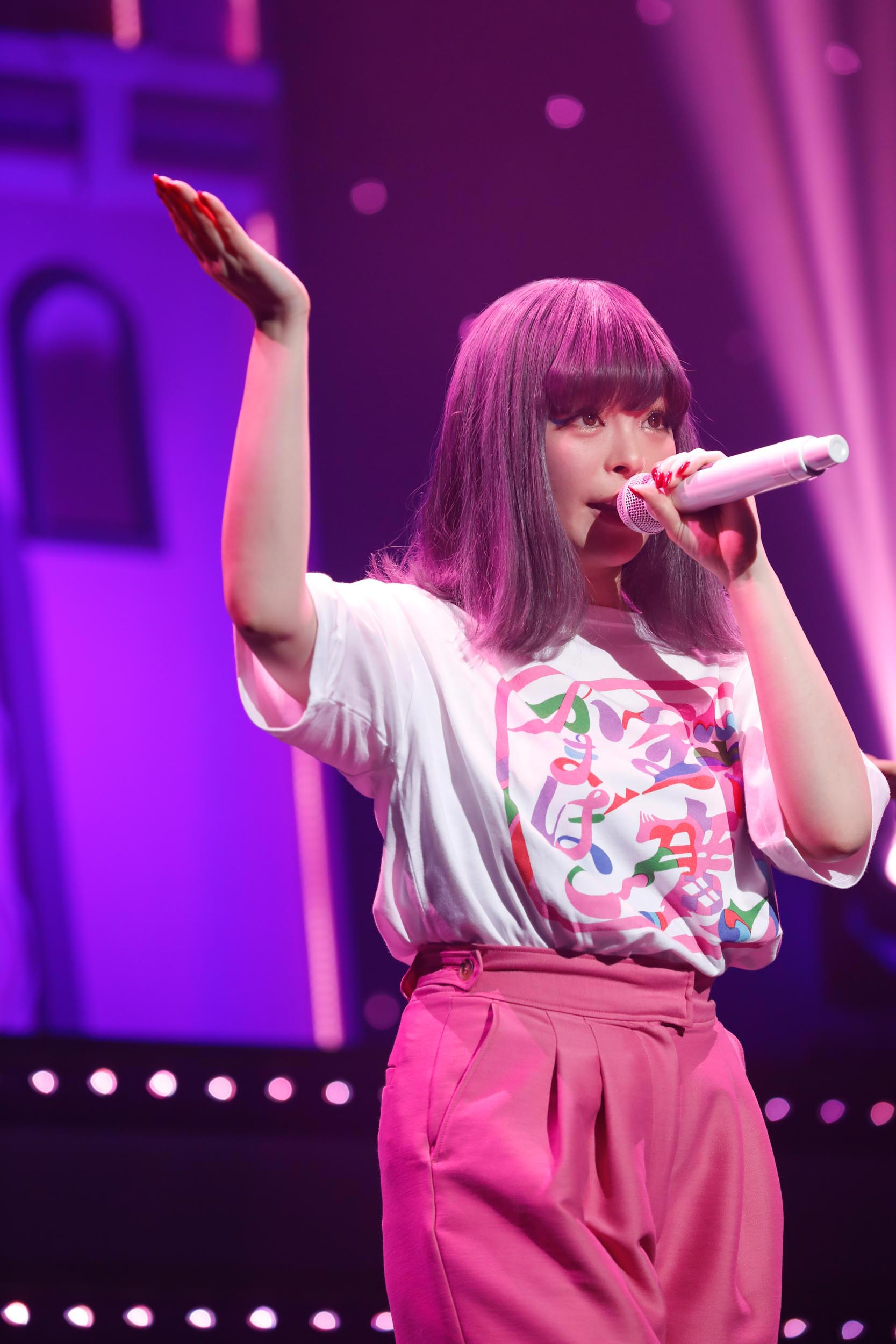
Check out the ‘LOCAL POWER JAPAN Project’ website for more details!
Comment from Kyary Pamyu Pamyu
“This tour is to commemorate my tenth anniversary, and as I travel all over Japan to express my gratitude to those who have supported me over the past decade, I also want to do something for everyone else. I’m happy to support these local companies and I’d like to work with them to revitalize the entire country. We’ll be engaging in all sorts of collaborations around Japan, so look forward to it!”
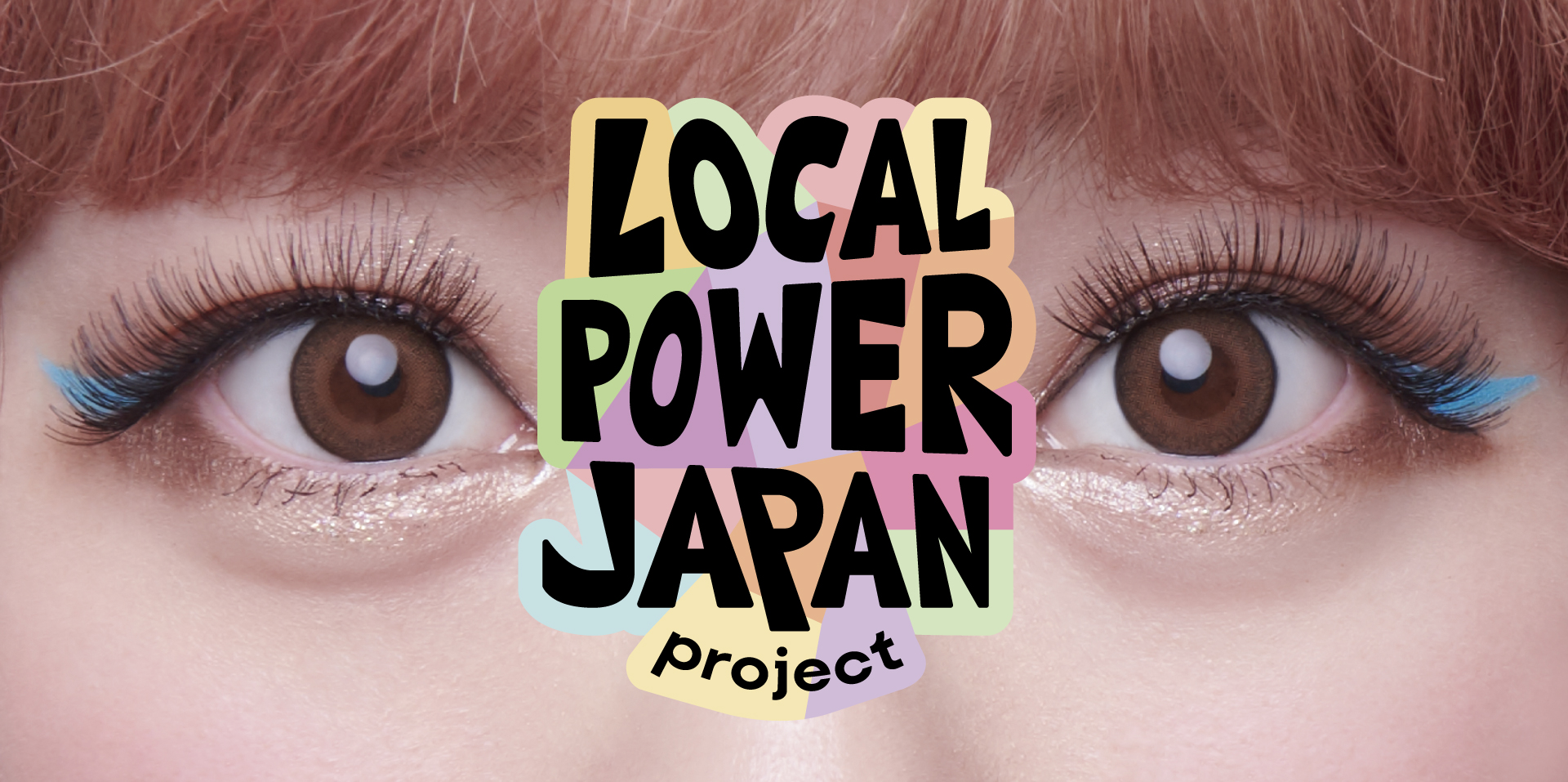
January 16, Kanagawa Performance: Suzuhiro Kamaboko
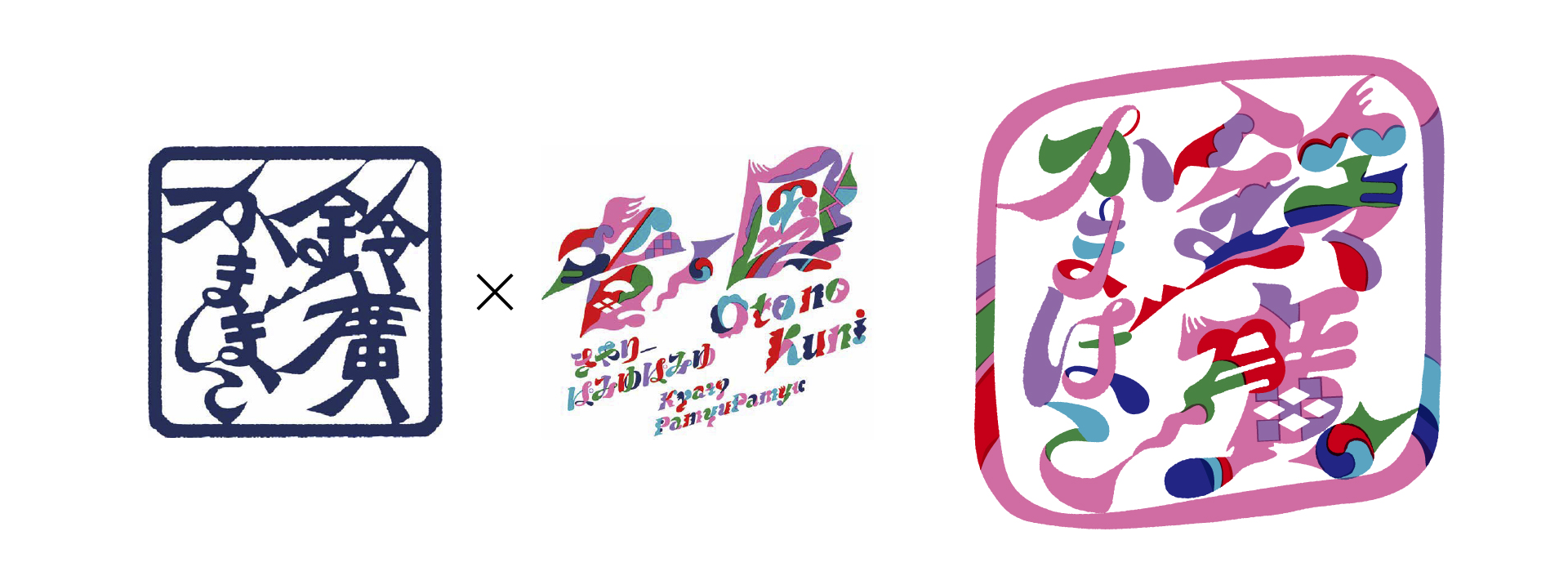
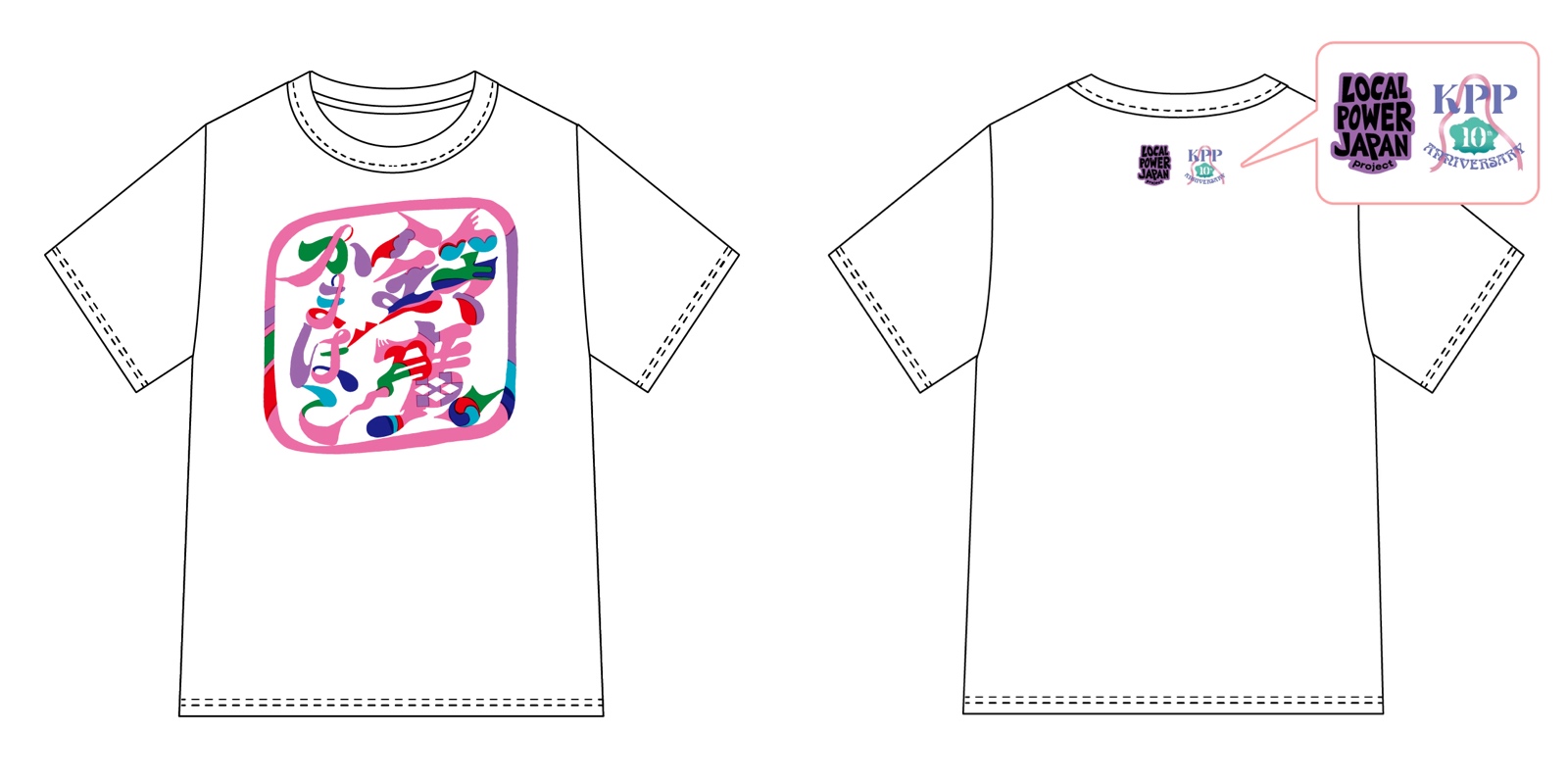
Suzuhiro Kamaboko, a long-established fish paste store in Odawara that has been in business for 156 years, has agreed to take part in the project. Their normally navy blue brand logo has received a major makeover in colorful pink, green, and purple hues.
The T-shirts featuring the new collaboration logo on the front and the Kyary Pamyu Pamyu 10th anniversary logo and ‘LOCAL POWER JAPAN Project’ logo on the back are now available for purchase!
*Otono Kuni (From 4th Album ‘Japamyu,’ 2018)
Streaming Links: https://lnk.to/otonokuniJanuary 29, Gunma Performance: Oginoya Kamameshi
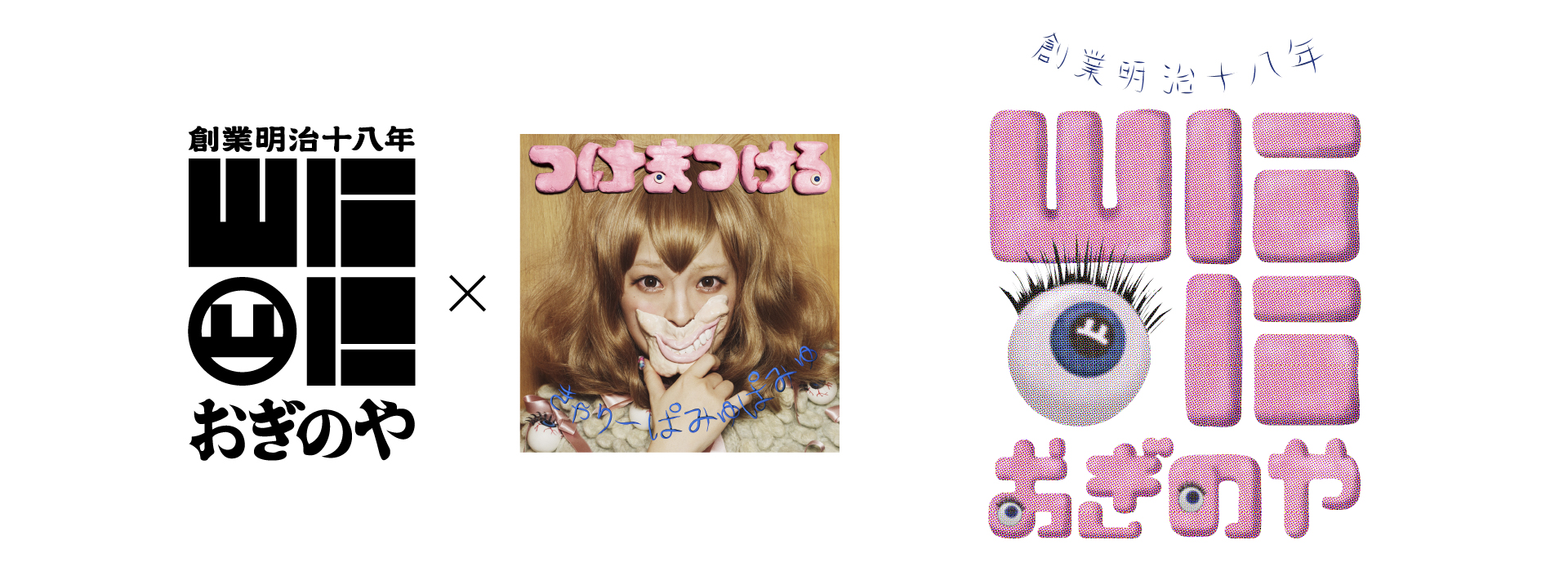
Oginoya, the largest Ekiben shop in Japan, was established 136 years ago in Yokokawa, Gunma Prefecture.
Their main dish, Touge no Kamameshi,’ has been sold for over 60 years and often makes appearances at events all over Japan. The company’s logo has been reborn through the lens of Kyary’s popular song Tsukematsukeru. A special kamameshi dish will also be prepared for the project, and will be sold in limited quantities at the Gunma concert venue on January 29, Kyary’s birthday!
*Tsukematsukeru (1st Single, 2012)
Streaming Links: https://lnk.to/tsukematsukeruMay 20, Fukushima Performance: Kourakuen
Kyary will appear in commercials for Kourakuen as part of the project. The company started as a small diner in Aizuwakamatsu and is now is a national chain of ramen restaurants serving over 54 million people a year! The new logo and collaboration details will be revealed at a later date, so keep an eye out!
Information
LOCAL POWER JAPAN project
Maybe Baby (Written and Composed by Yasutaka Nakata)
Streaming Links: https://lnk.to/KPP_MaybeBaby5th Full Album ‘Candy Racer’ (Produced by Yasutaka Nakata)
Buy the CD: https://nippon-columbia.lnk.to/CANDYRACER
Streaming: https://va.lnk.to/CANDYRACER
LIVE TOUR
Tour Details: https://kpp10.jp/japantour2022/
Ticket Sales:
Lawson Ticket: https://l-tike.com/kpp10th/
Pia: https://w.pia.jp/t/kyary-10th/
e+: https://eplus.jp/kyary/ -
Kyary Pamyu Pamyu Explores Tomakomai, Hokkaido in New Tour Video
Kyary Pamyu Pamyu is introducing potential travelers to the charms of Tomakomai, Hokkaido in a new two-part tourism video on her YouTube channel.
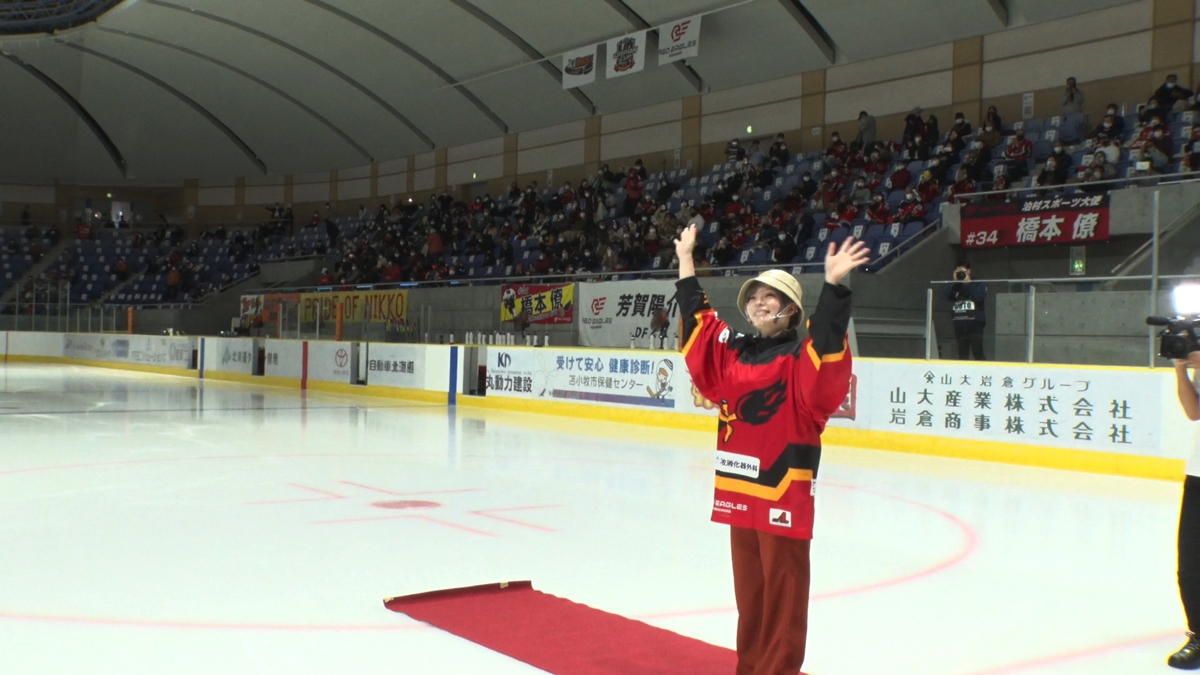
In the new videos, fans can see Kyary in a new light very unlike her onstage persona. Along with her tour guides, she travels for two days around this gorgeous city on Japan’s northernmost island.
The first video begins with her visit to a Red Eagles Hokkaido hockey game, quickly followed by tons of outdoor activities like canoeing and horseback riding. The singer enjoys plenty of local dishes and captures some spectacular views of Lake Utonai.
Who is the one who invited Kyary to Tomakomai anyway? Fans will have to watch to find out. Whether living in Japan or dreaming about visiting someday, these videos are sure to inspire a future trip.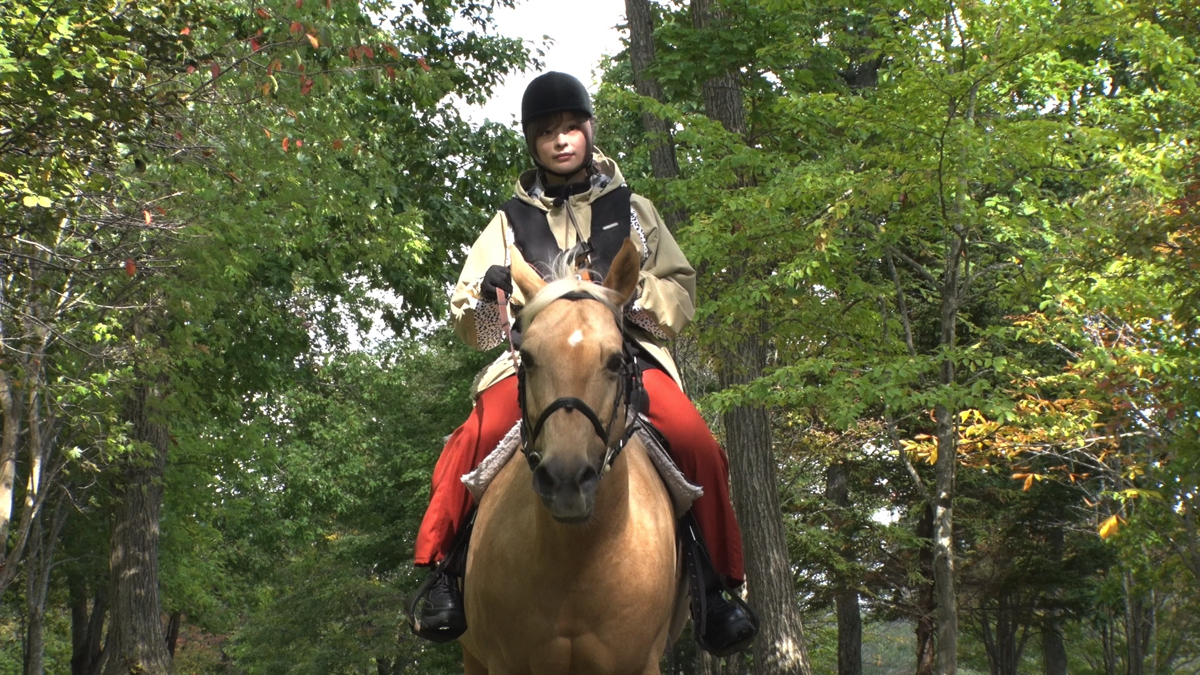
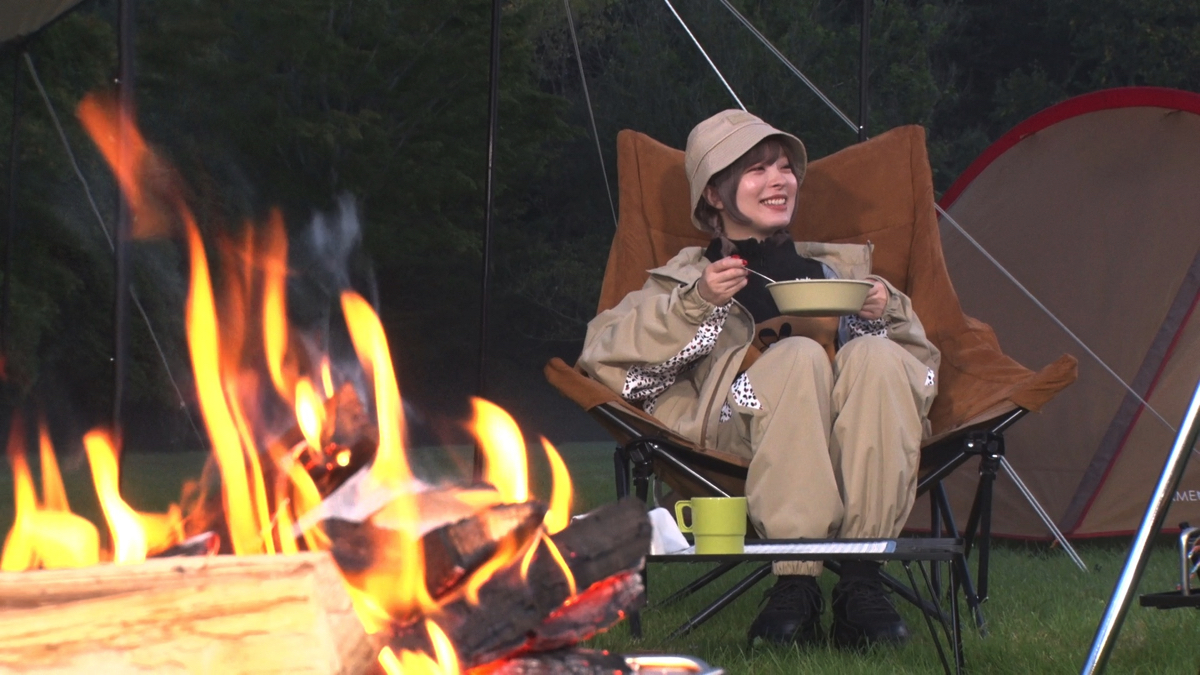
Information
Kyary Pamyu Pamyu presents Around Japan
Kyary Pamyu Pamyu’s Tomakomai Tour ~A Beautiful Trip to Tomakomai~
Release Date: December 16, 2021 (Part 1) / December 23, 2021 (Part 2)
Where to Watch: Kyary Pamyu Pamyu’s Official YouTube ChannelPart 1:
https://youtu.be/opiLwd1Zaf0
Tomakomai City Tourism Website:
https://www.city.tomakomai.hokkaido.jp/kankojoho/ -
Model Shibata Saki’s Trip to Mie Prefecture to Air on BS12 for 2 Consecutive Weeks
18.November.2021 | SPOT
On November 18 and November 25, national free broadcasting service BS12 will air ‘NEXT TRIP: A Luxury Resort Trip to Ise and Shima.’ The host for the excursion will be popular model Shibata Saki (nicknamed Shibasaki), who is a well-known figure to women of all ages.
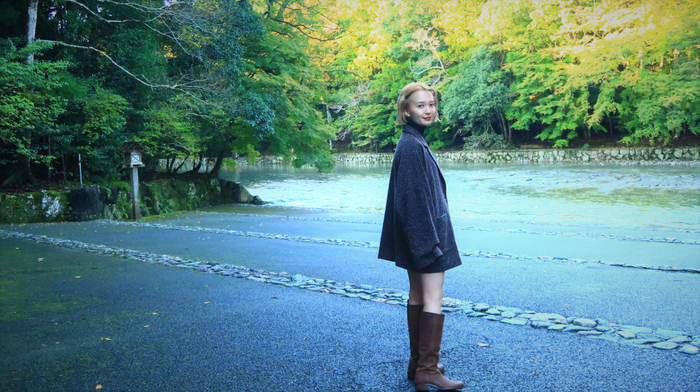
NEXT TRIP is a new travel program that helps travelers figure out where to go next. The theme of the series is “Where should I go once the world settles down?” From visiting popular city spots to faraway resorts in Japan and abroad, the show aims to introduce people to locations they haven’t discovered yet, showcasing what the world has to offer. Those watching should keep a lookout for spectacular scenery, gourmet local food, outdoor activities, and so much more.
[Part 1] November 18, 2021, 9:00 – ‘NEXT TRIP: A Journey to Ise’
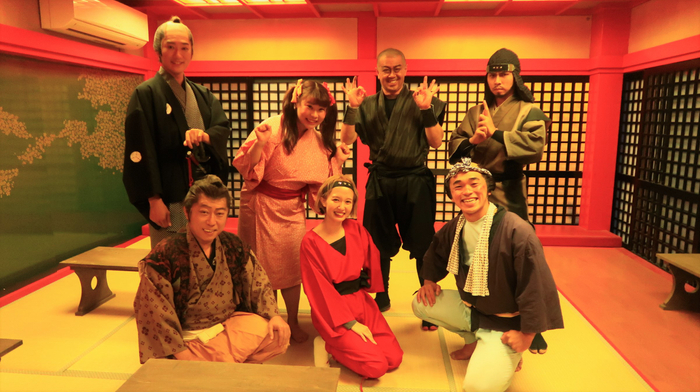
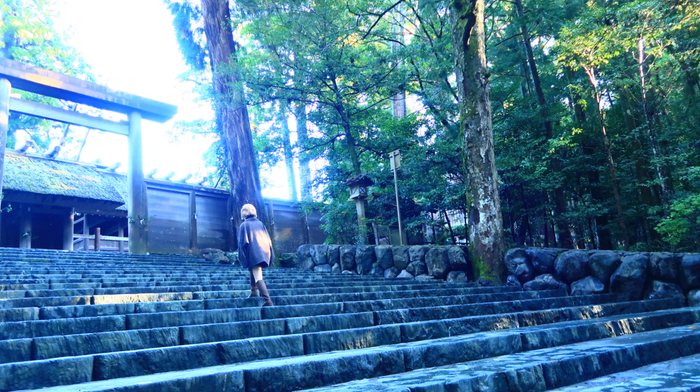
In this episode, Saki Shibata travels to Ise, Mie Prefecture, first visiting Ise Shrine to pay her respects. The shrine is one of the holiest and important sites in the Shinto faith and was said to be established in the year 4 BCE. After visiting the Inner Shrine on a bright and sunny morning, Shibata travels to the ancient Okage Yokocho street to find some souvenirs and enjoy a local cafe to enjoy Ise’s famous rice cakes and traditional Japanese sweets. For lunch, she visits a very retro western-style building. At the nearby Ise Ninja Kingdom, guests can wear ninja costumes, and Shibata does just that! As the day comes to an end, Shibata opts to stay at a luxurious ryokan, Ikyuu, and highlights the incredible dinner and other services the lodging offers.
Air Date: November 18, 2021 / 9:00-10:00
[Part 2] November 25, 2021, 9:00 – ‘NEXT TRIP: A Luxury Resort Trip to Ise and Shima’
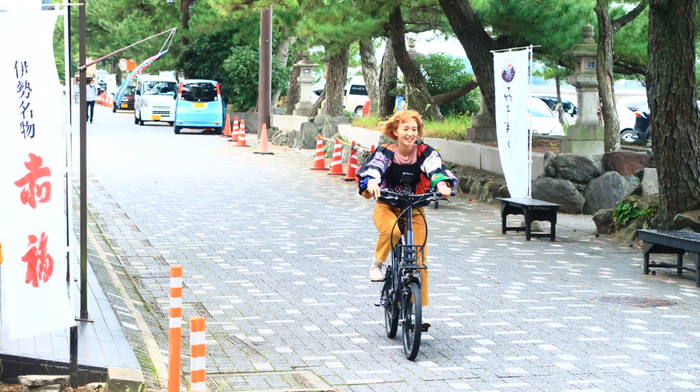
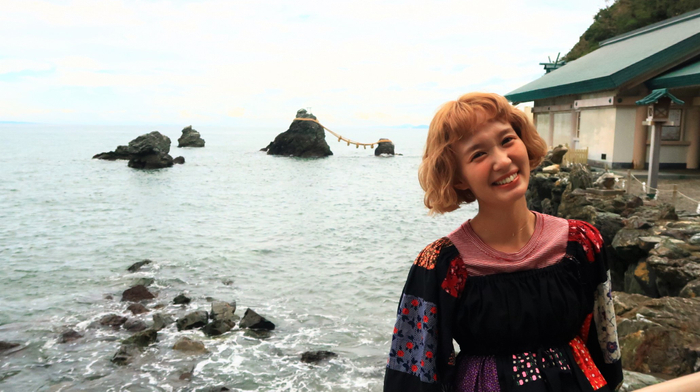

The second part of the trip begins with cycling. Visiting the famous Married Couple Rocks on the coast of Futami, Shibata sets out for Shima. After enjoying the breathtaking view from the ‘Mailbox in the Sky’ on the Ise-Shima Skyline, she stays at a resort overlooking the Shima coast. Guests are welcome to take a leisurely stroll around the grounds and enjoy a luxury cruise or dinner. The sunset is something Saki Shibata will surely never forget.
Air Date: November 25, 2021 / 9:00-10:00
Where do you want to travel in Japan once the world settles down?

